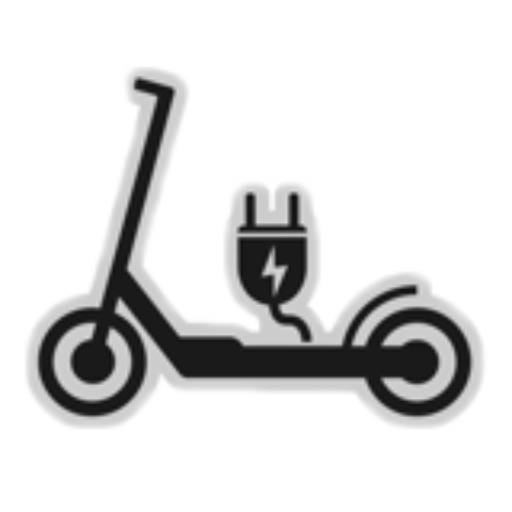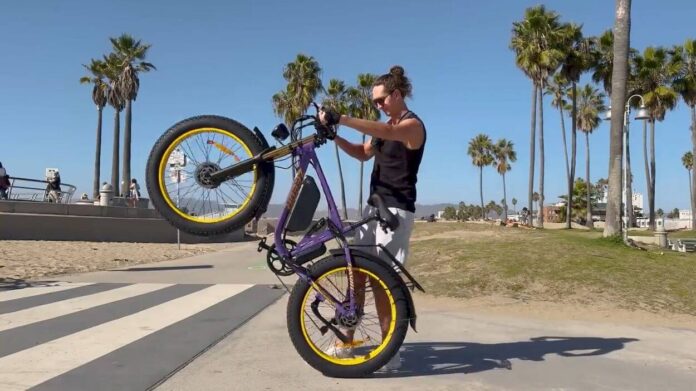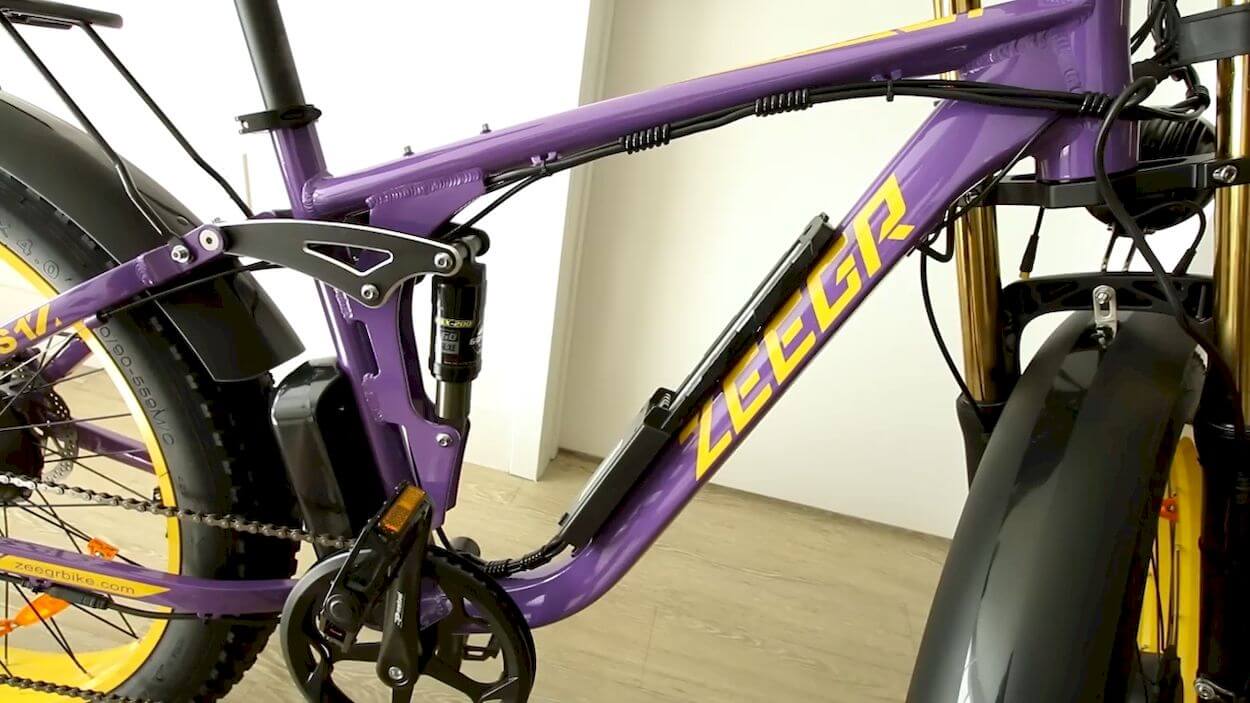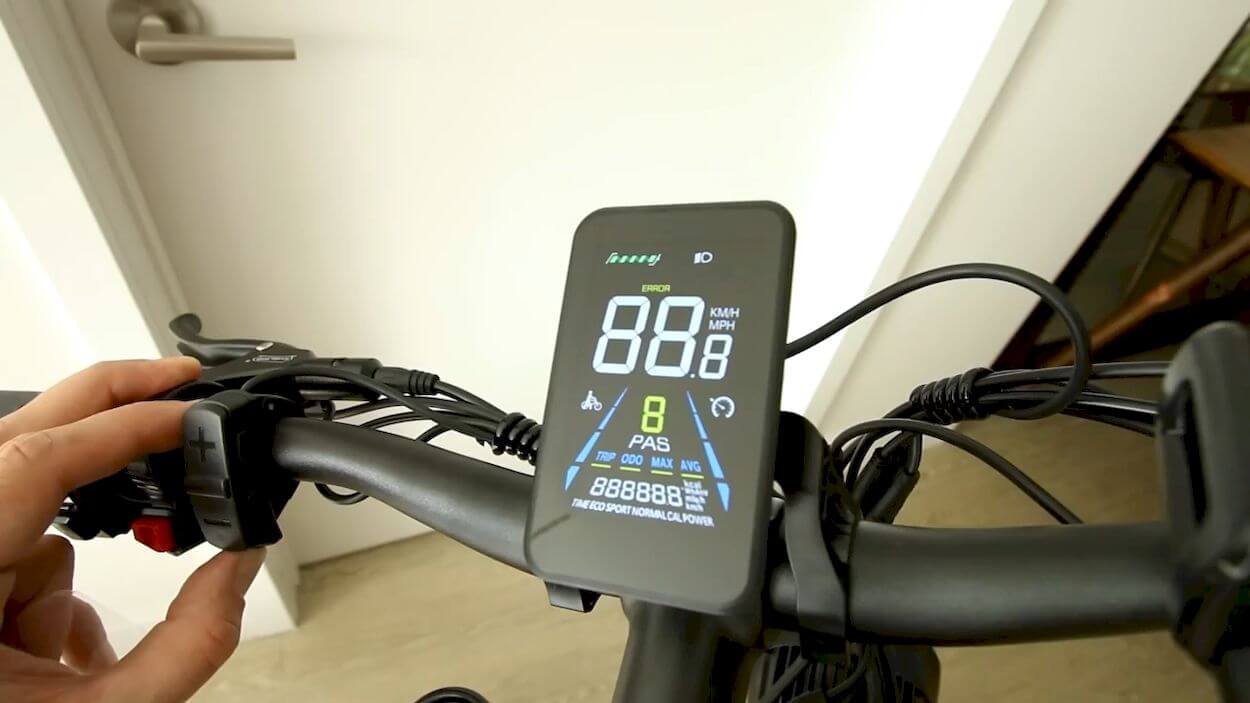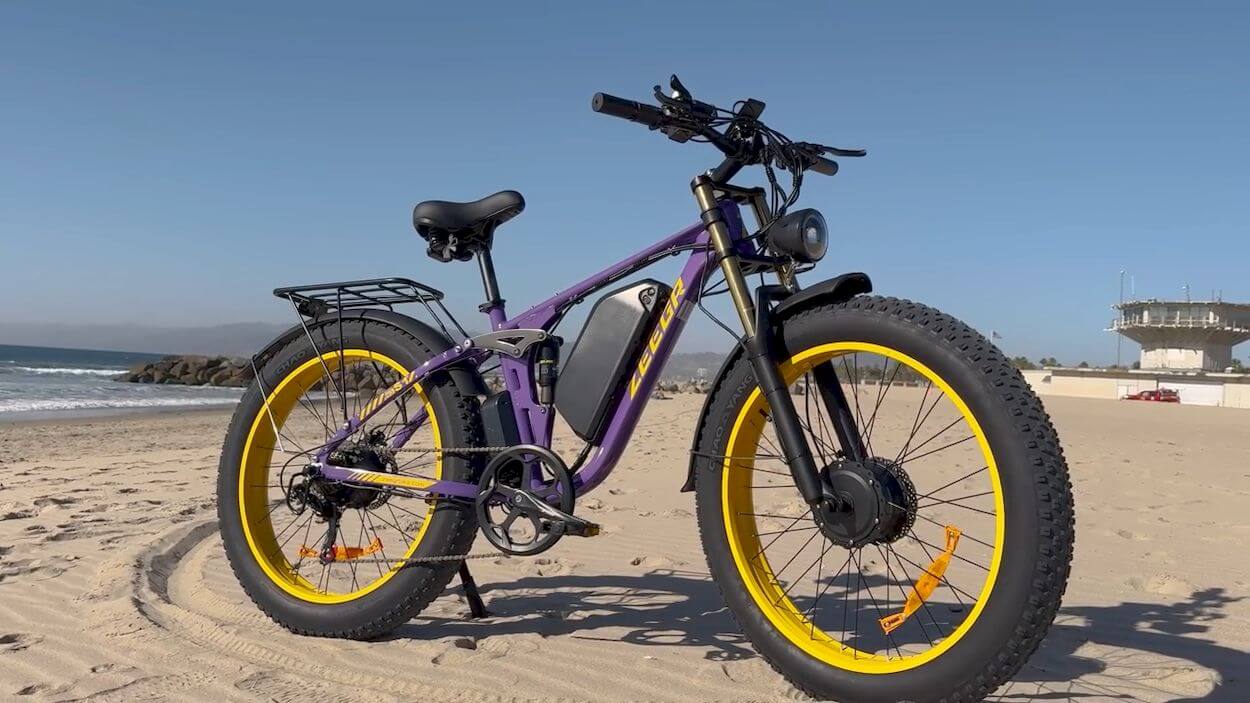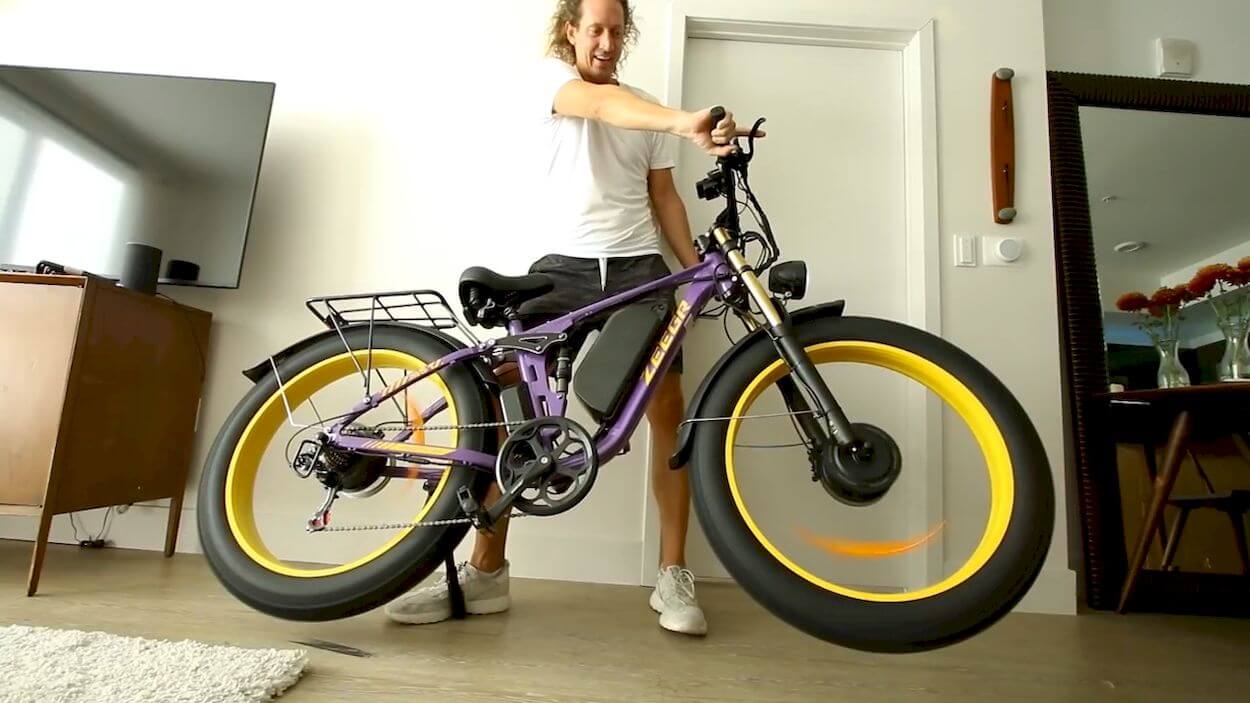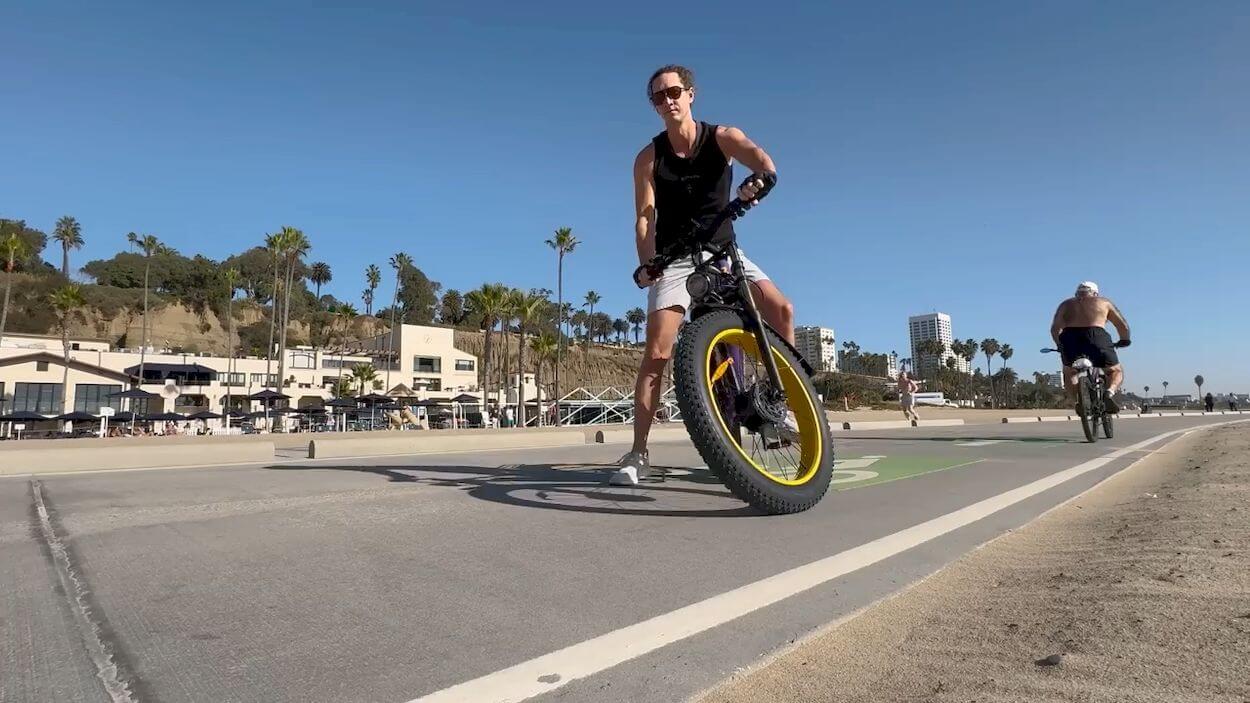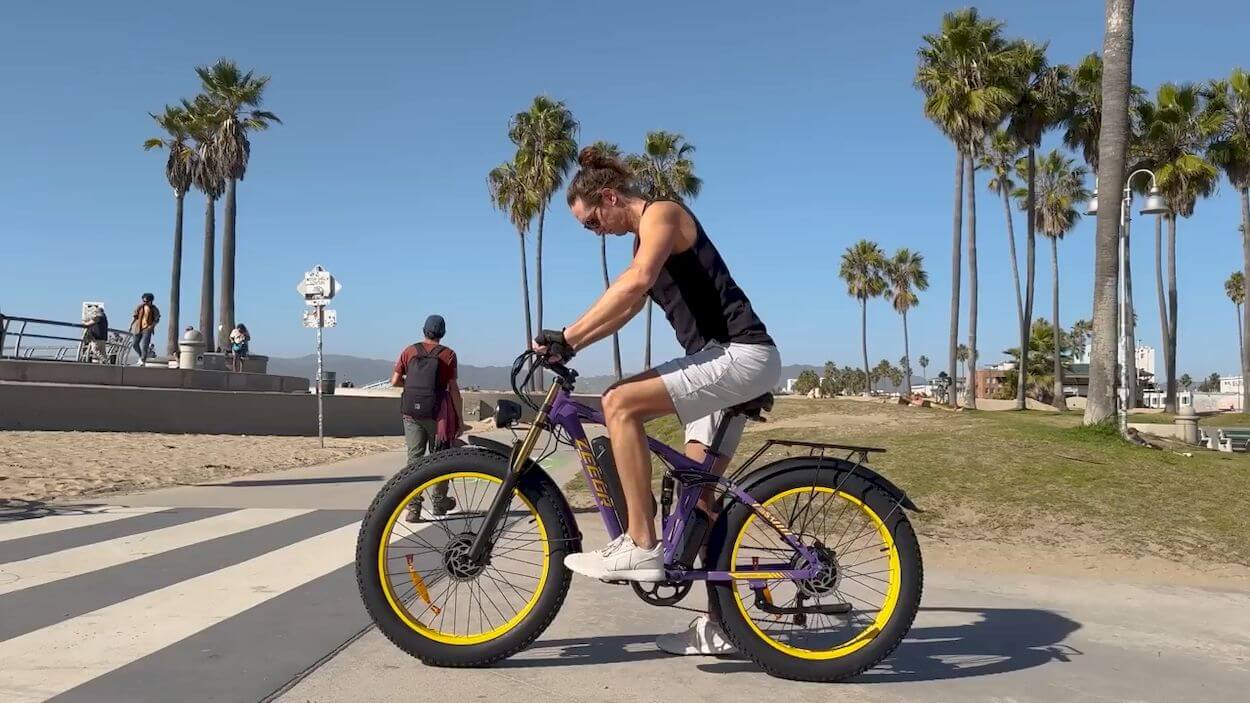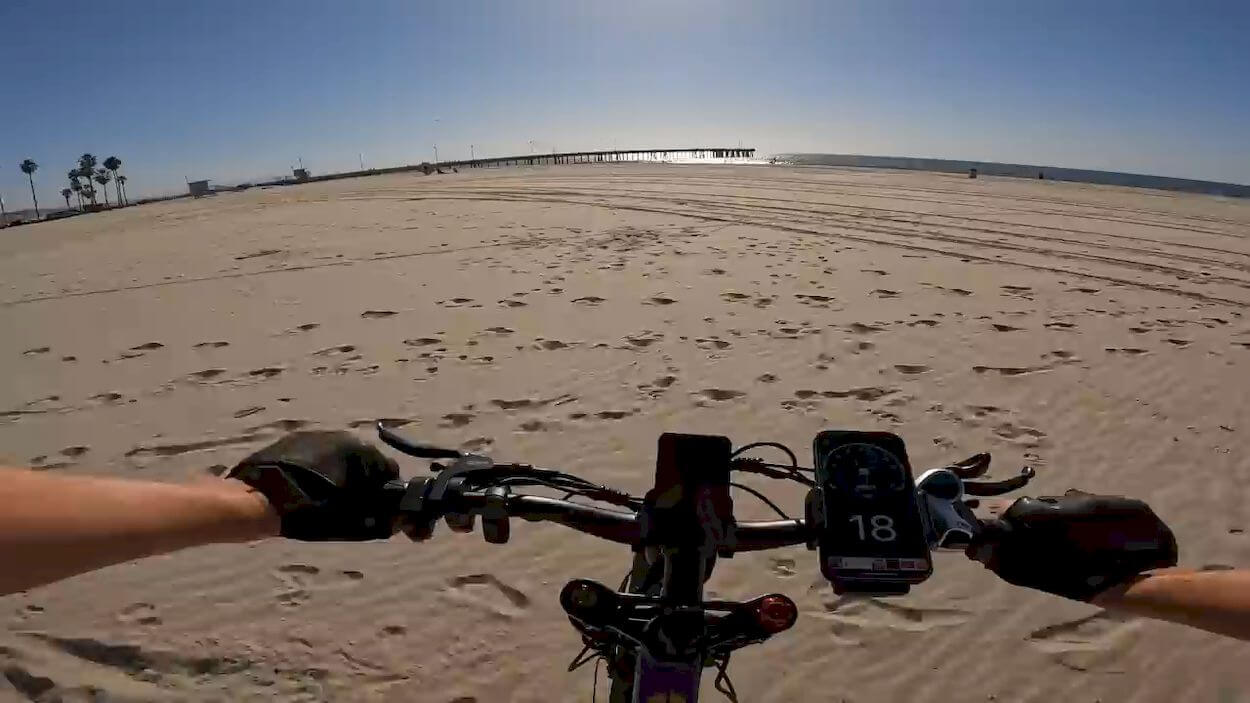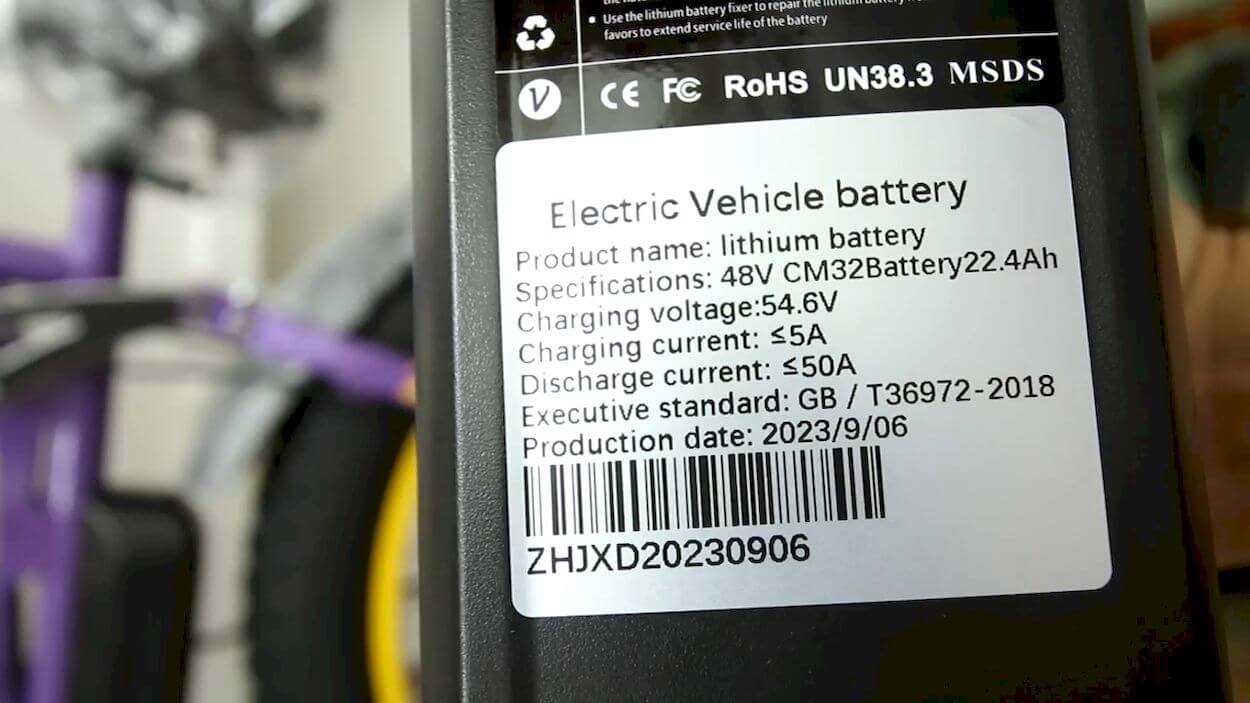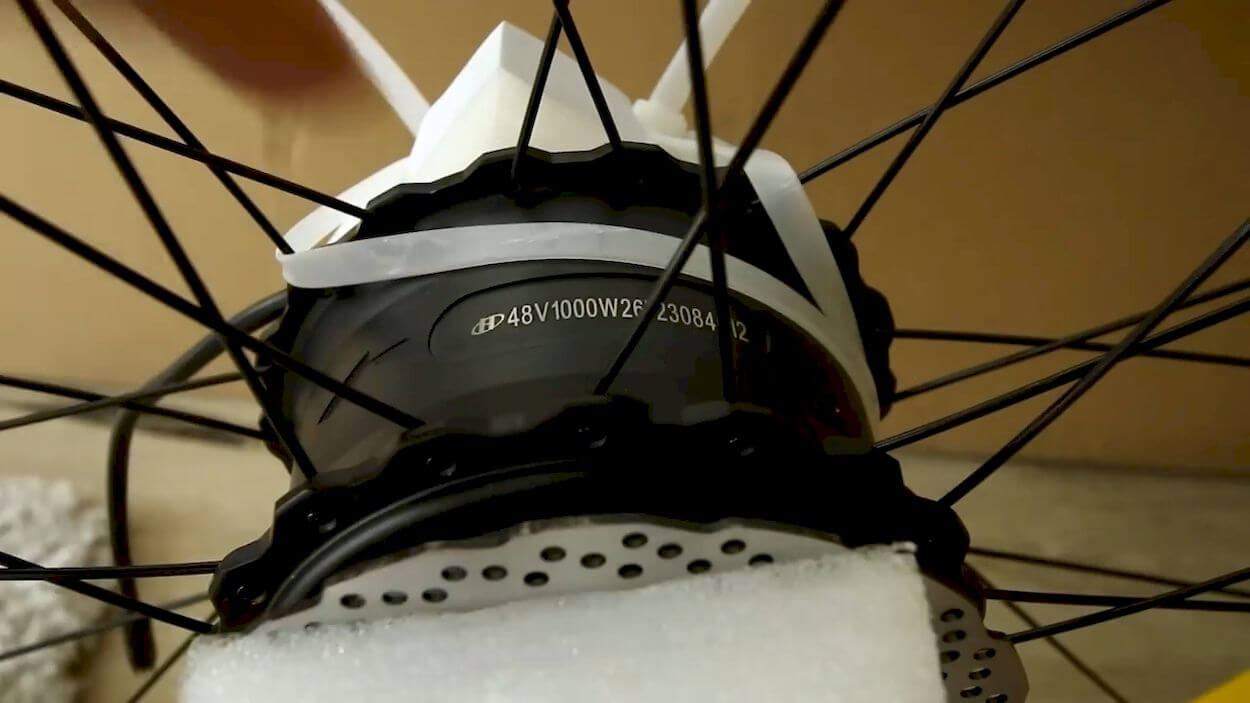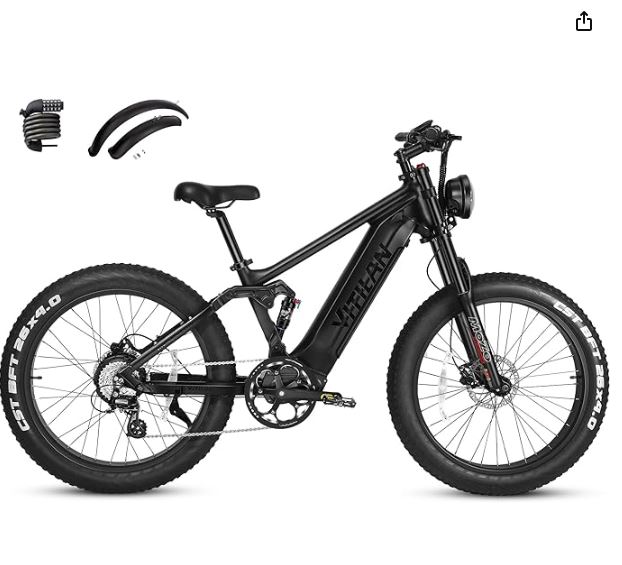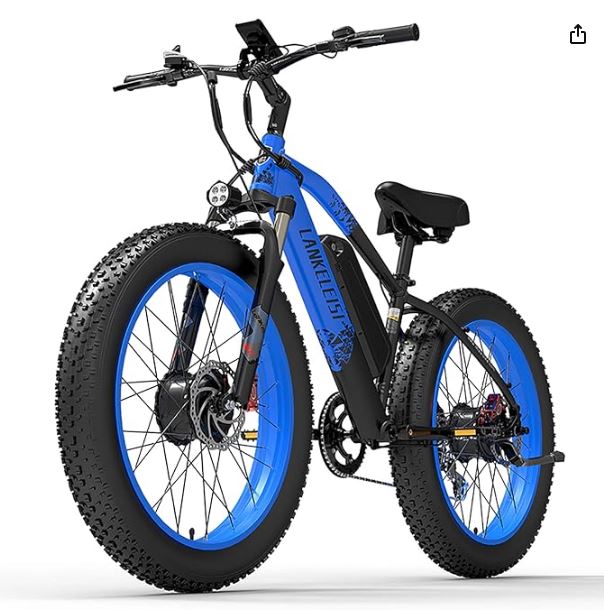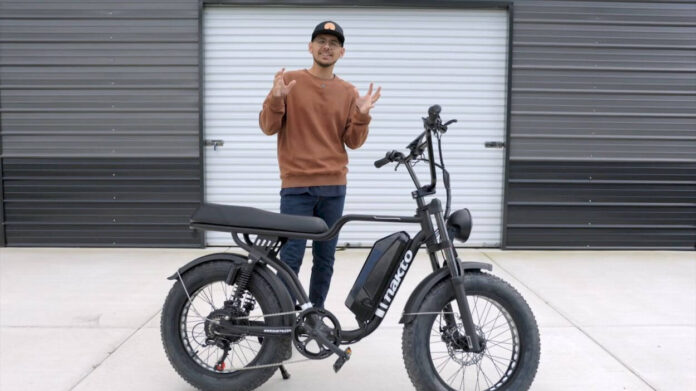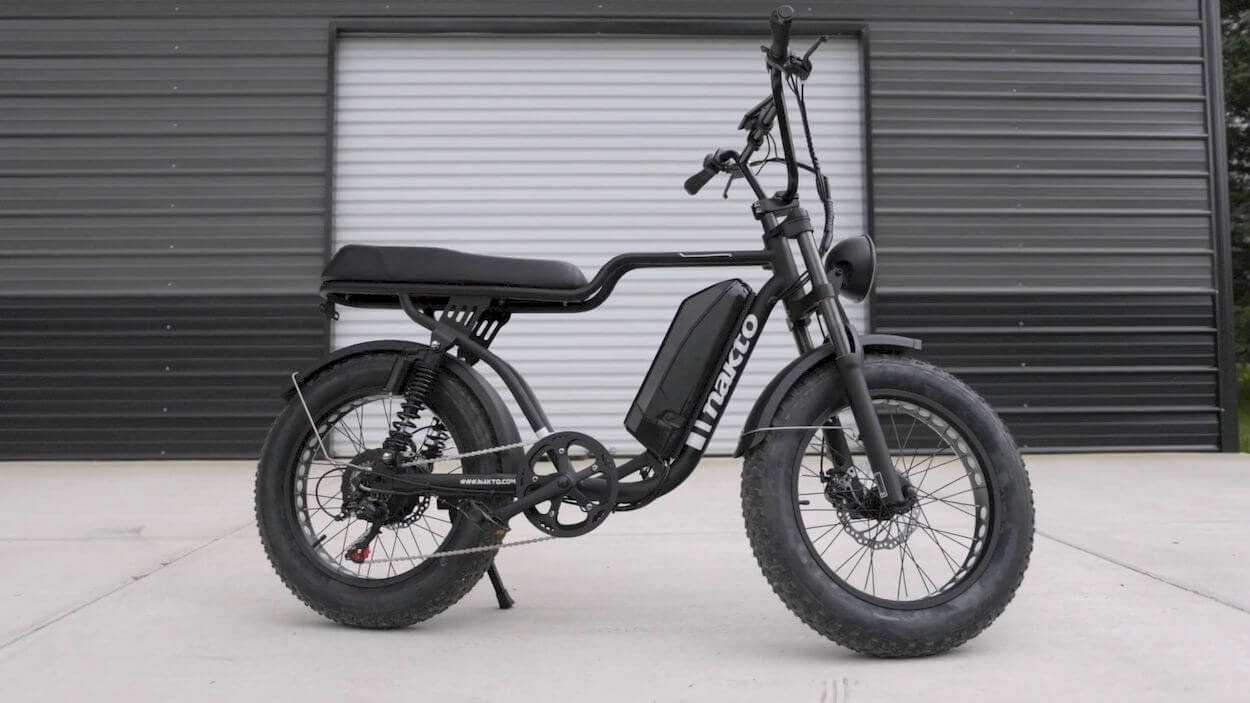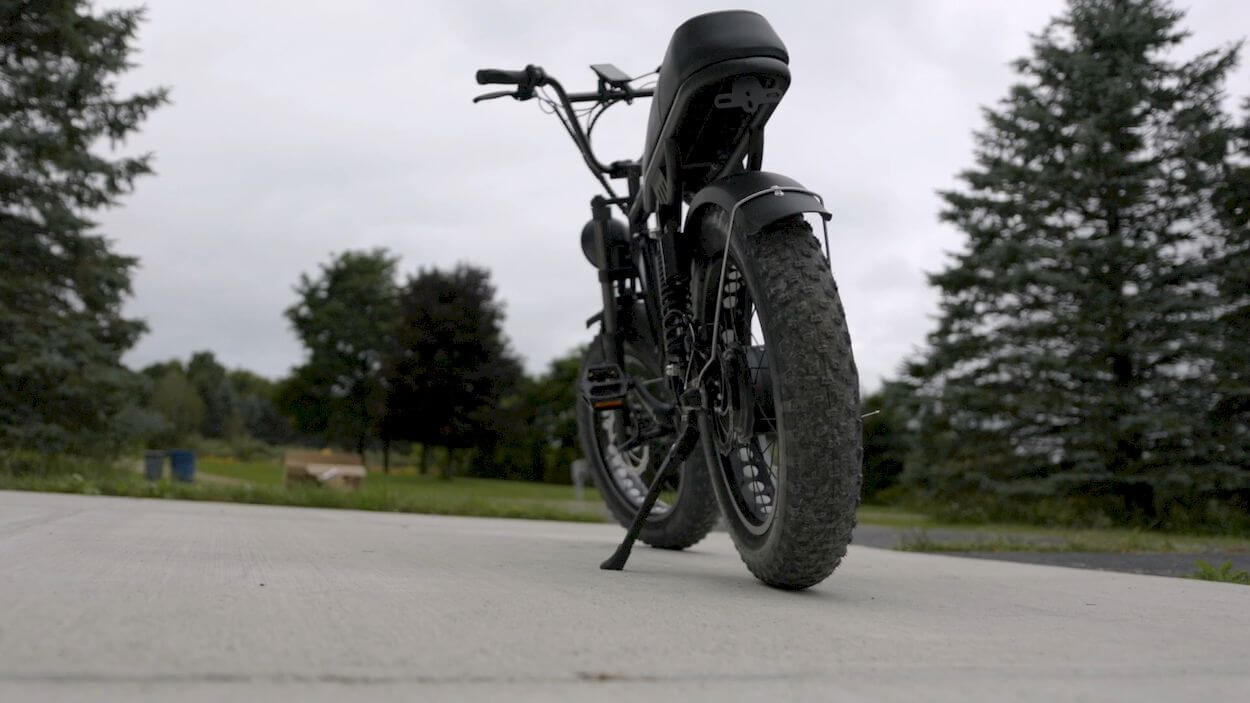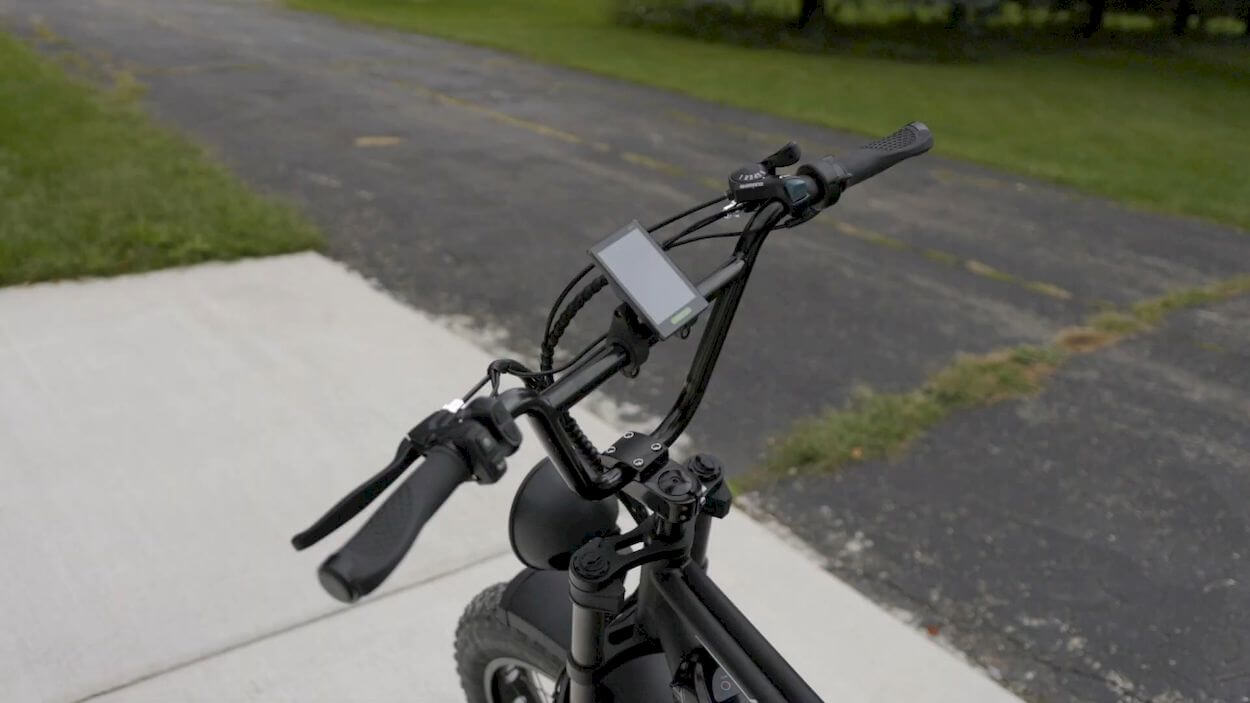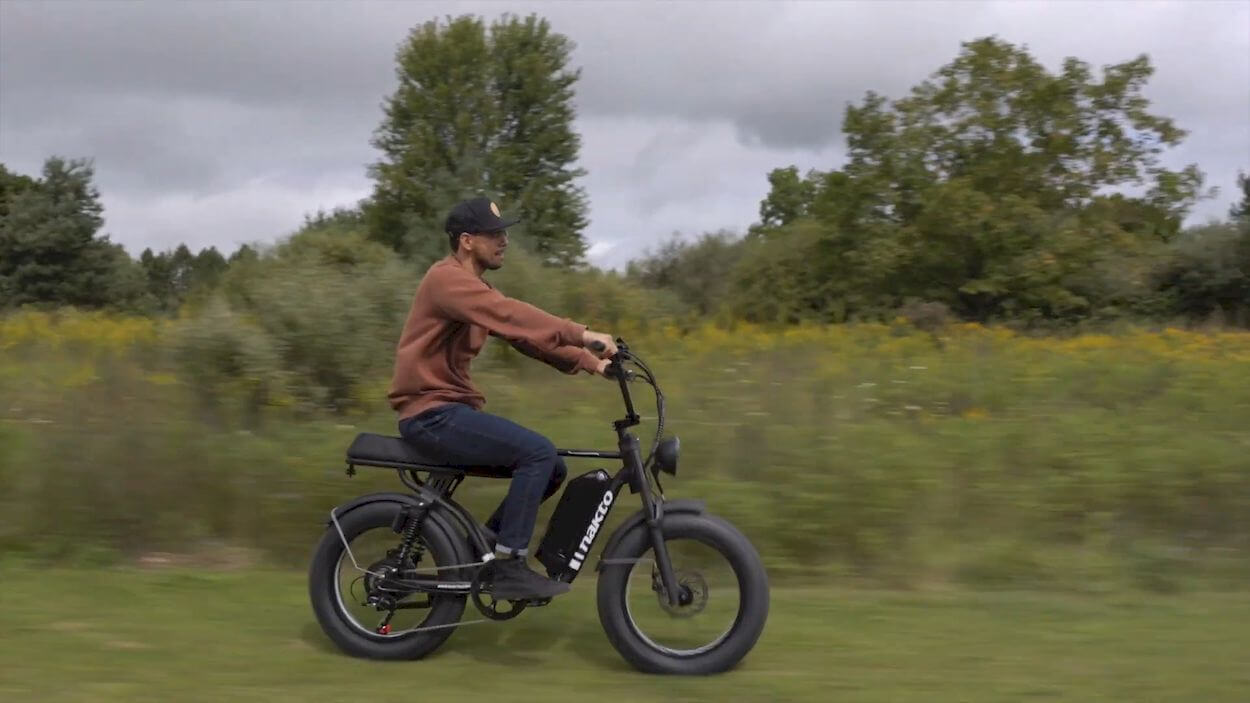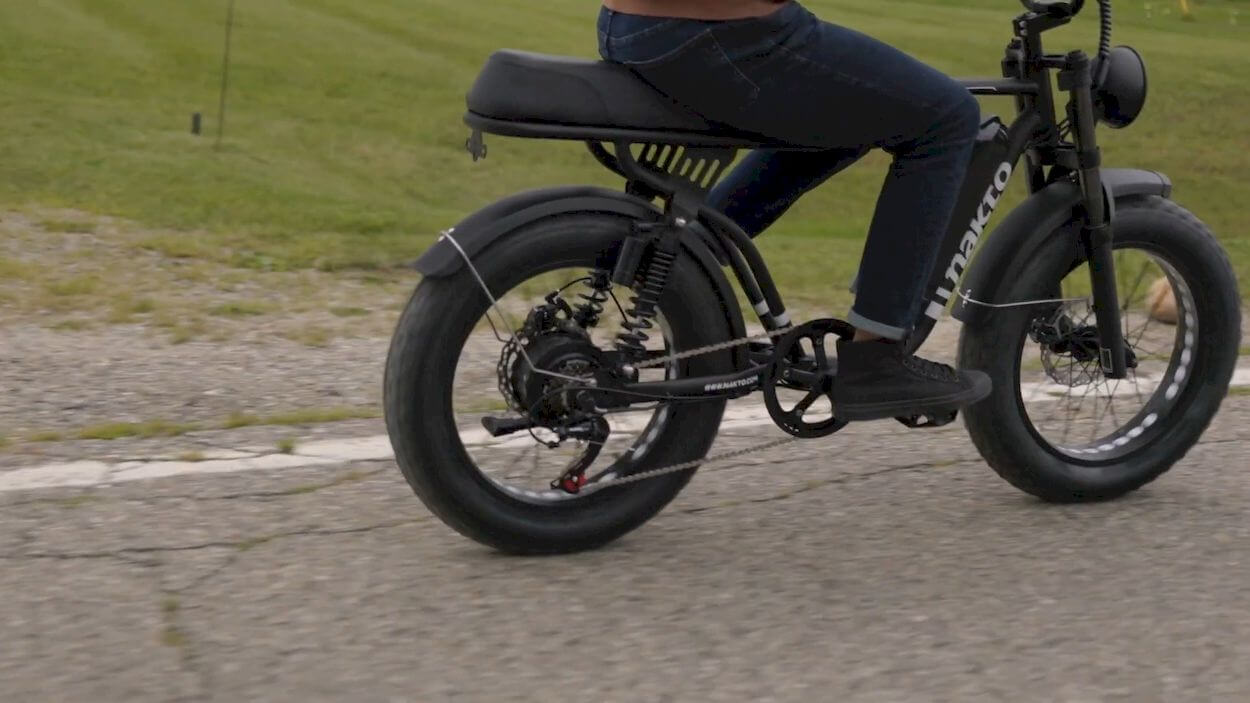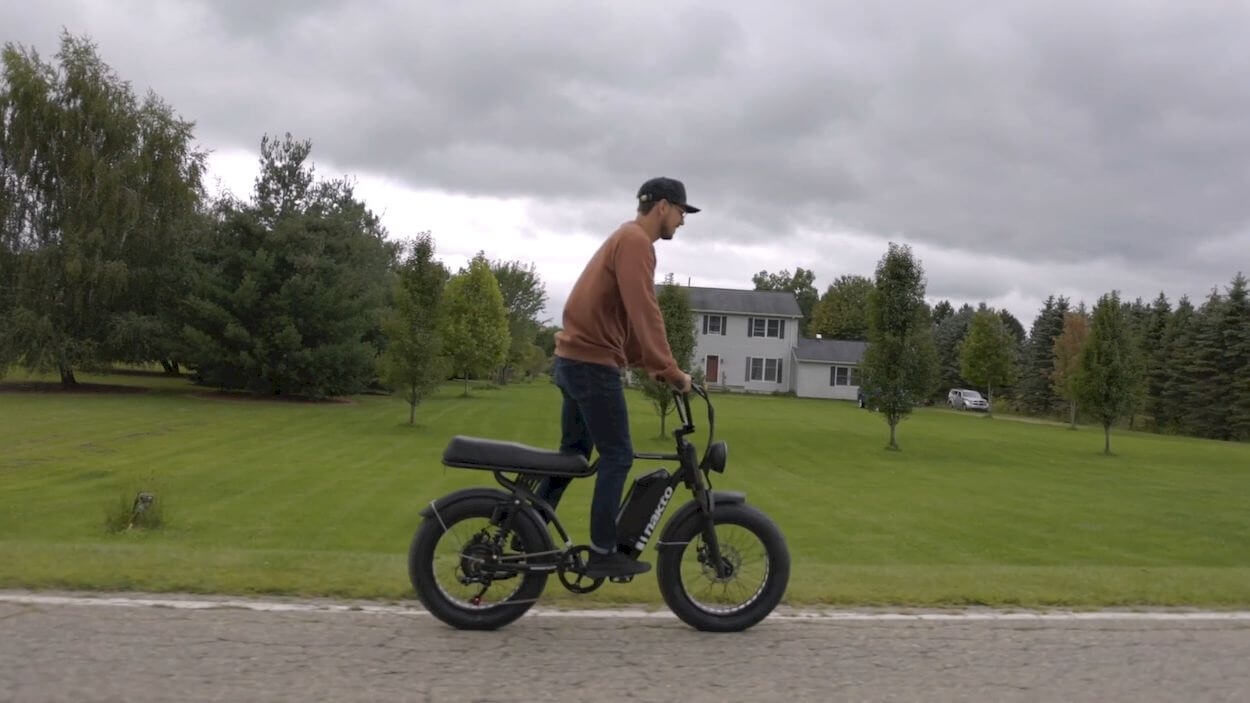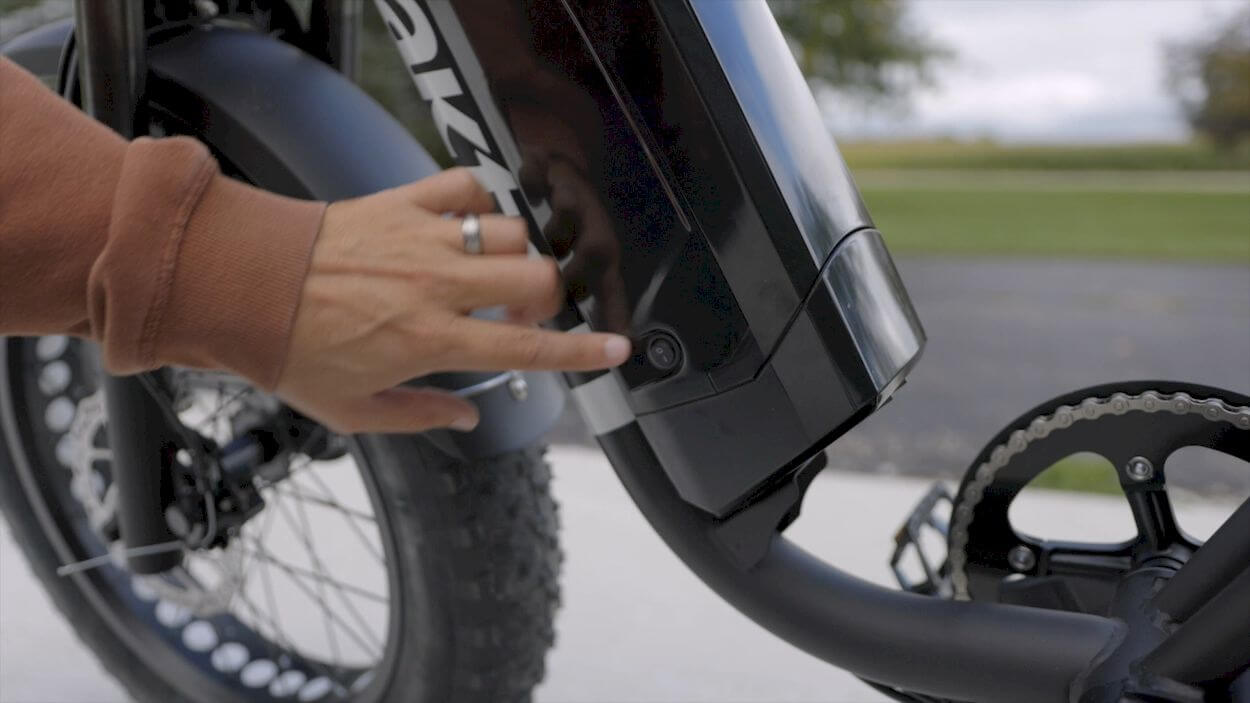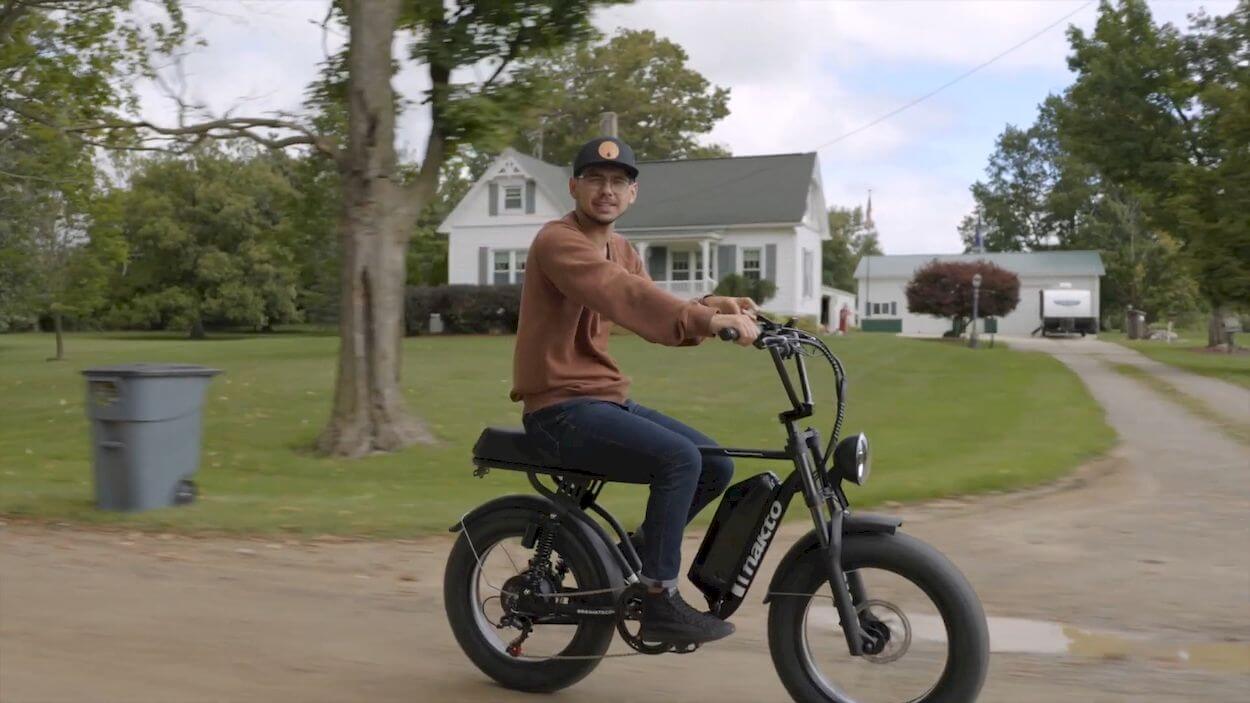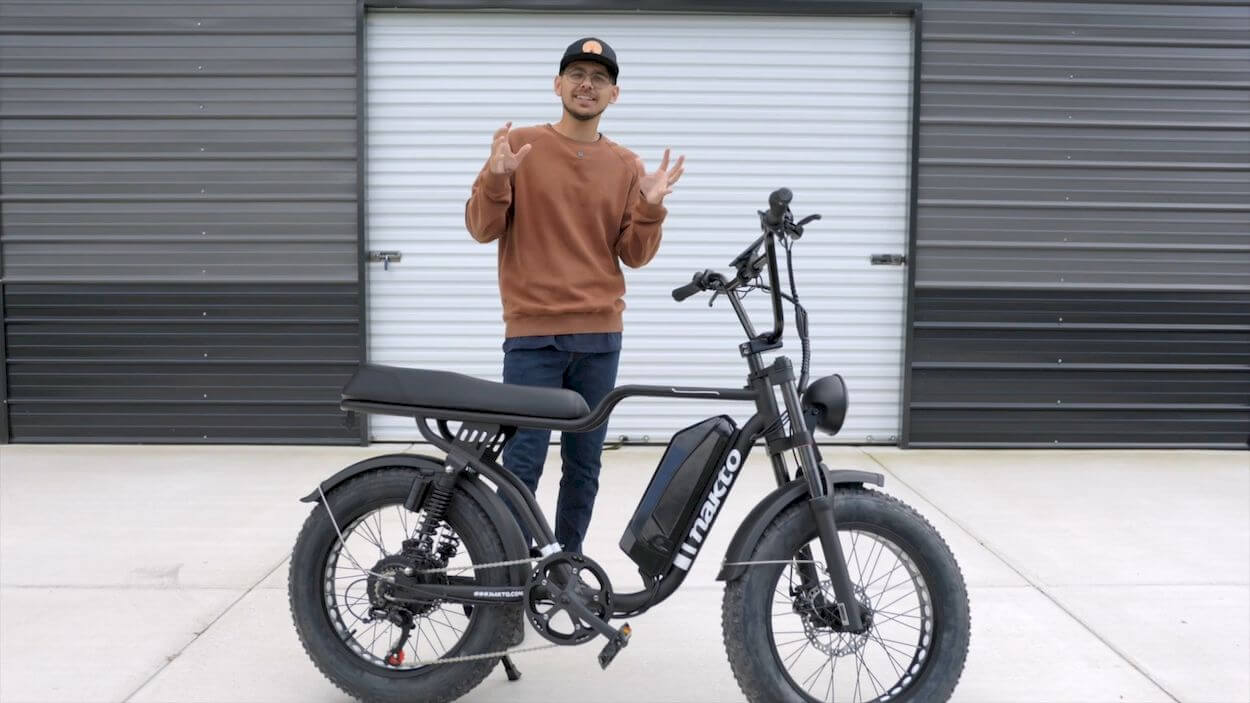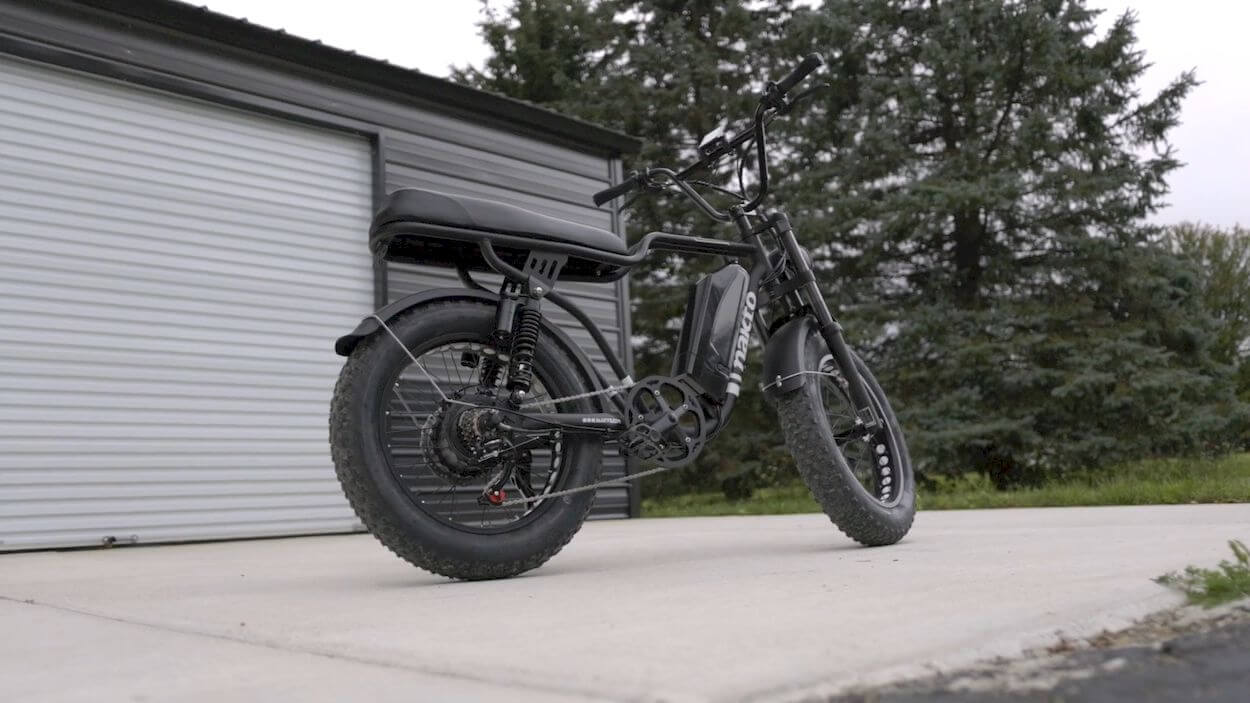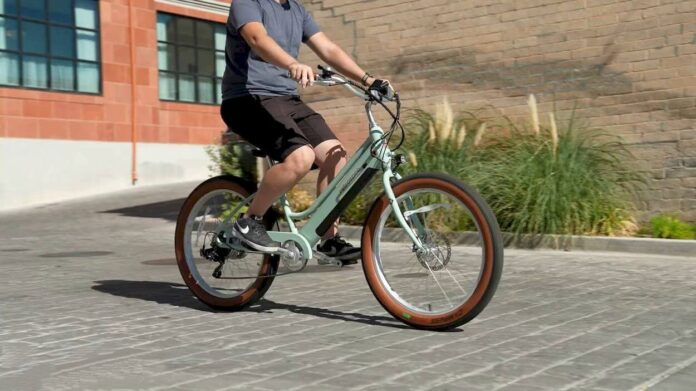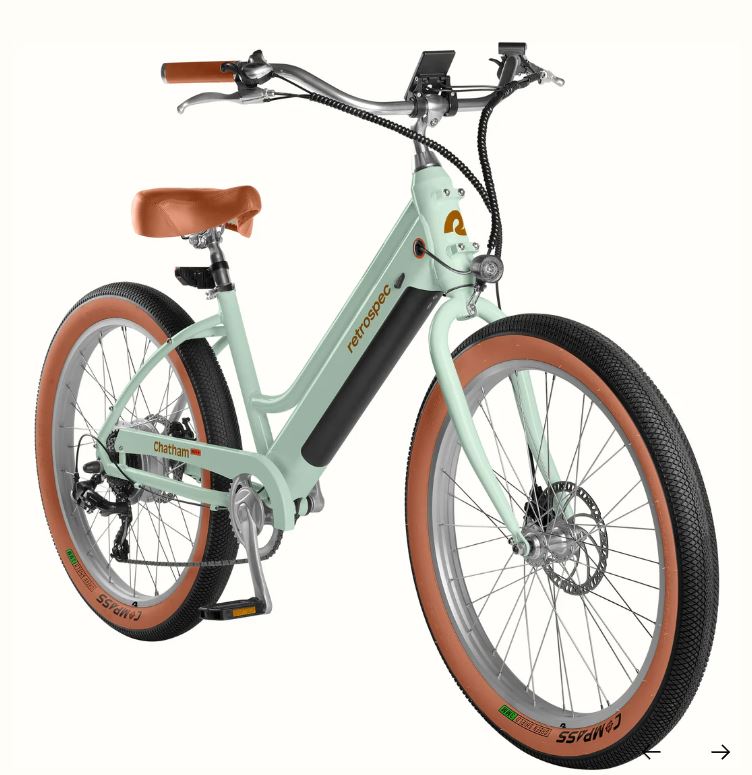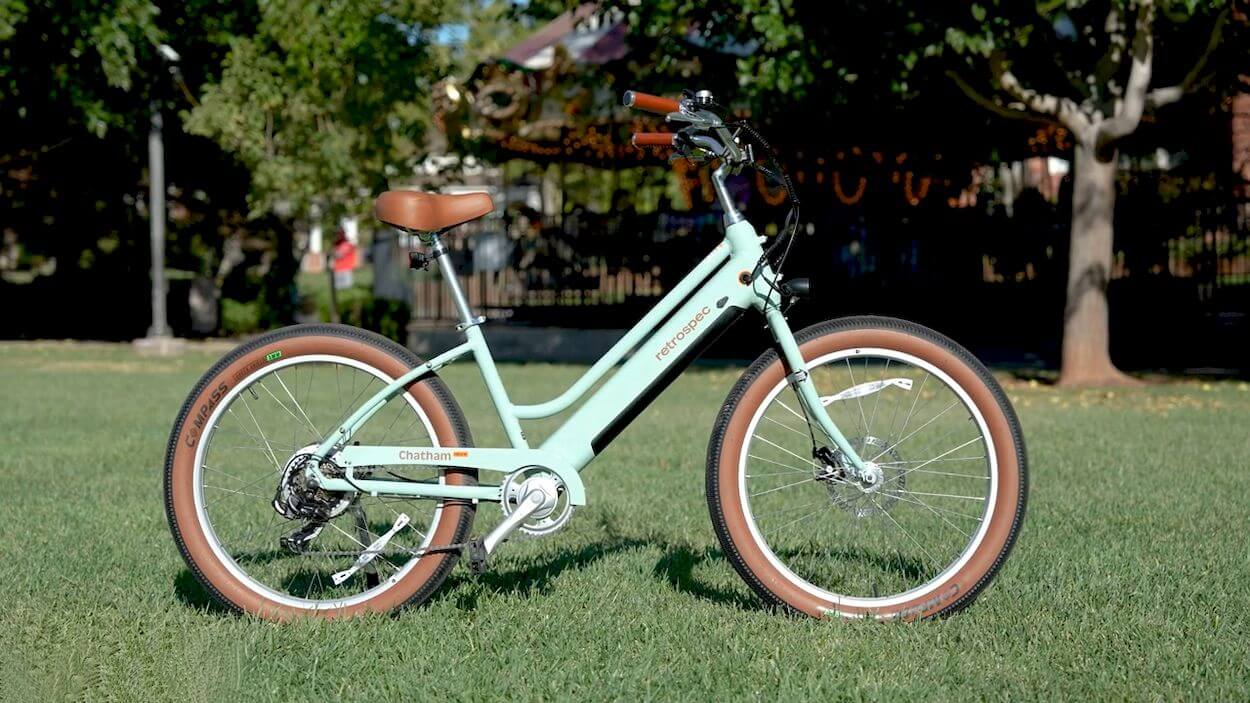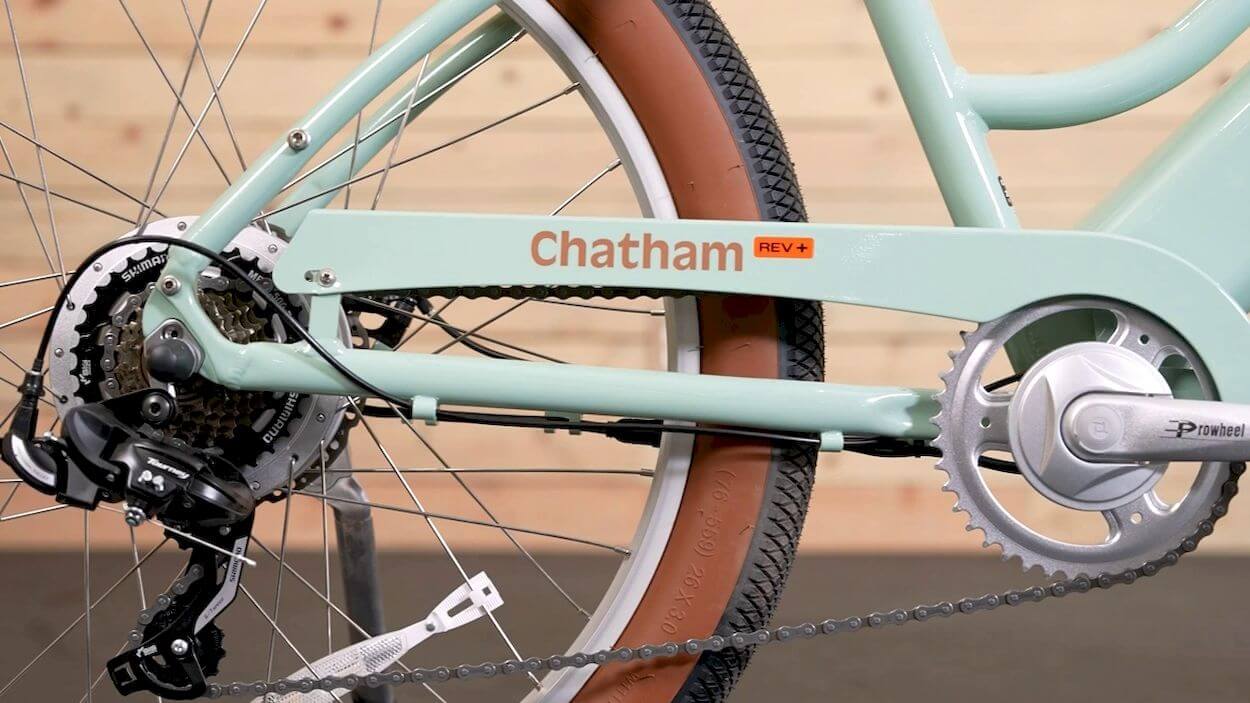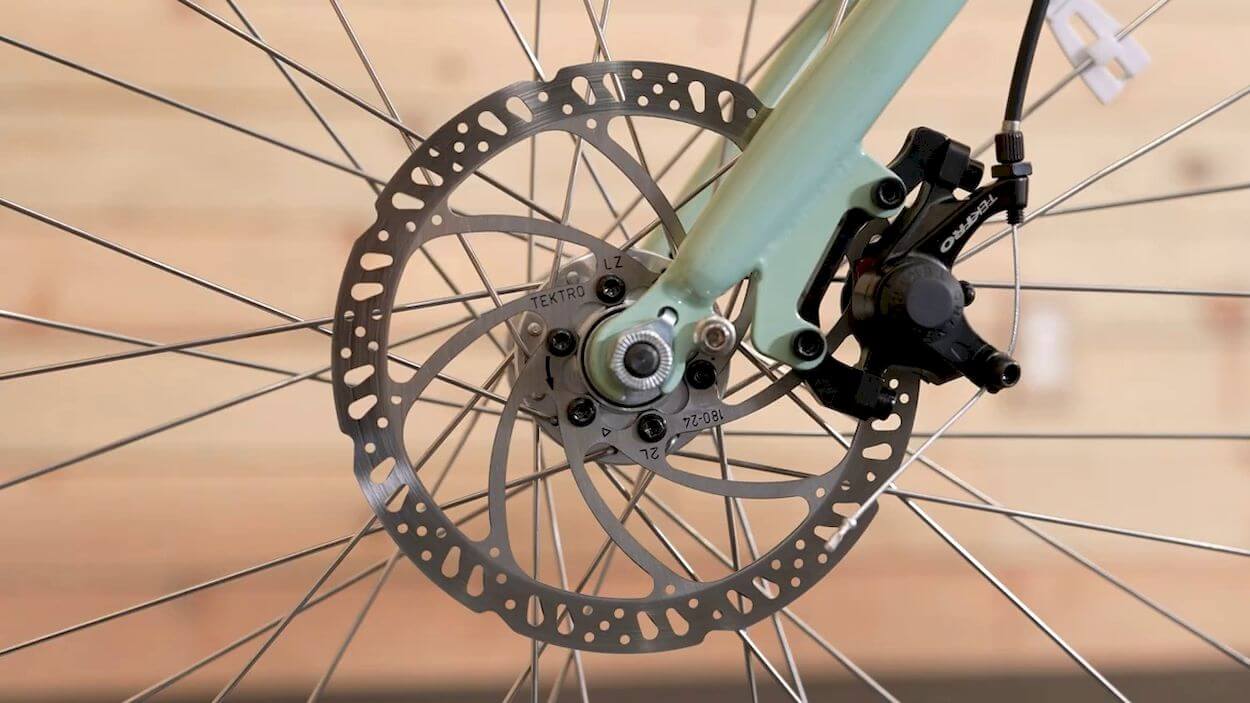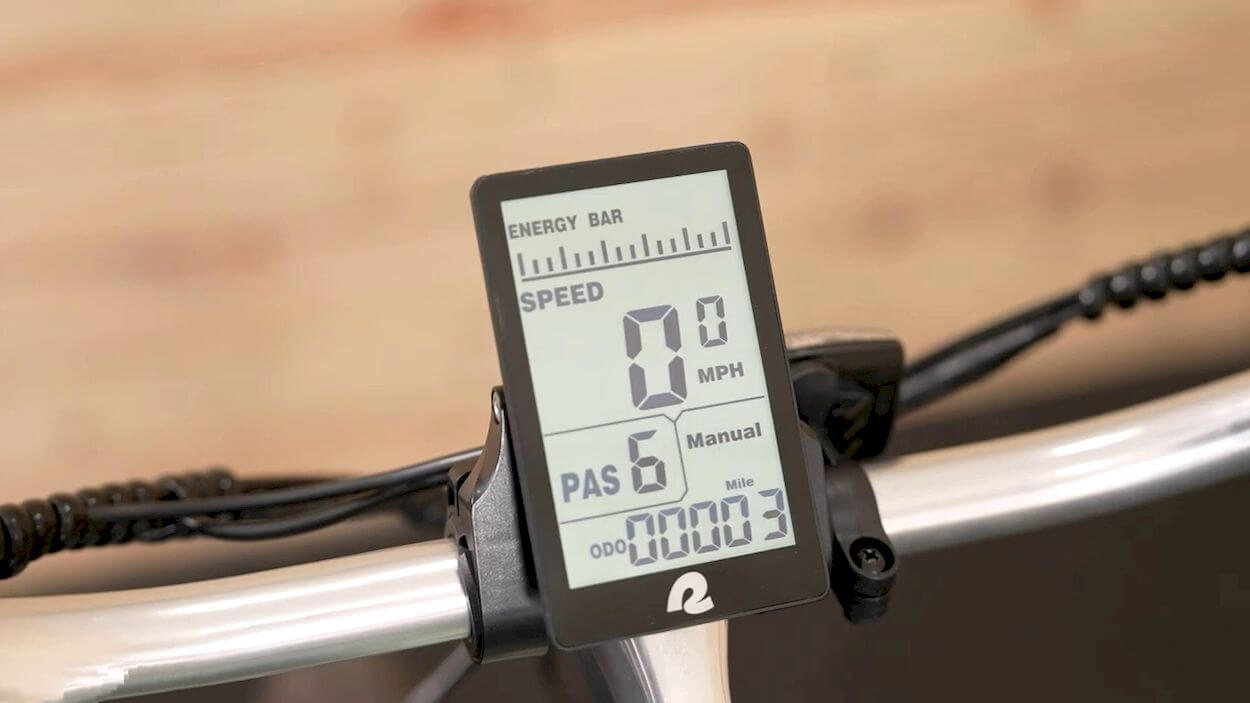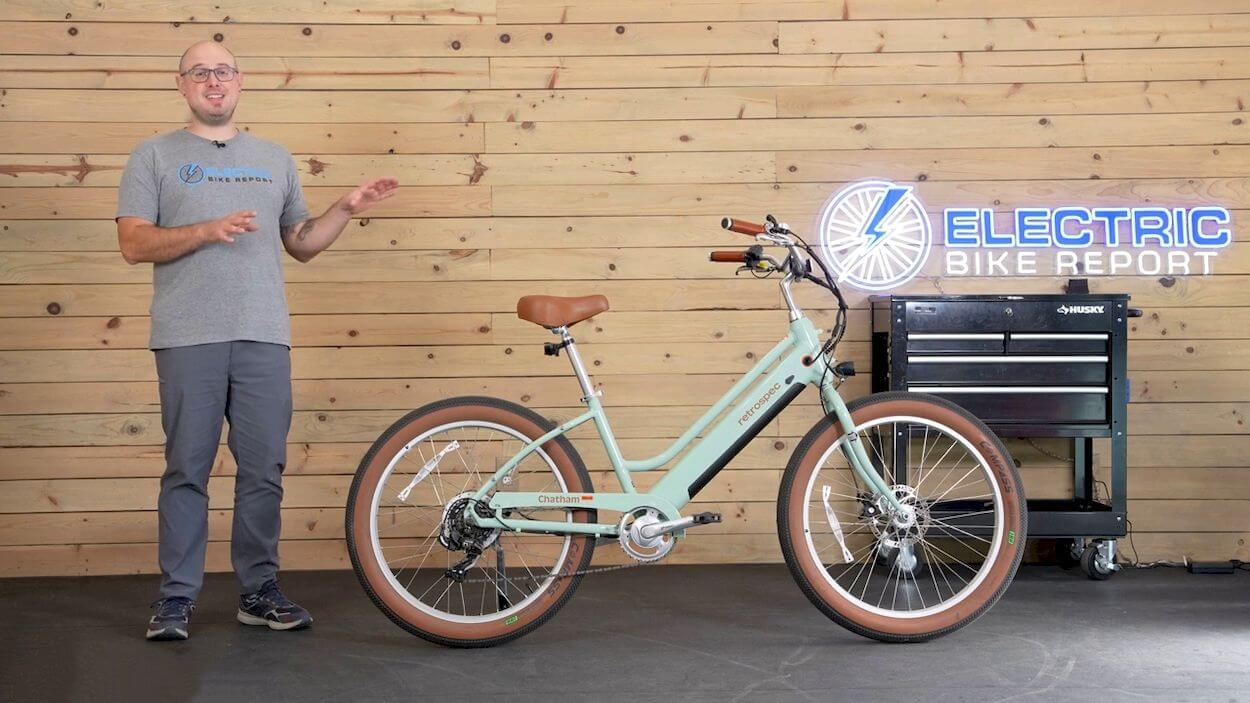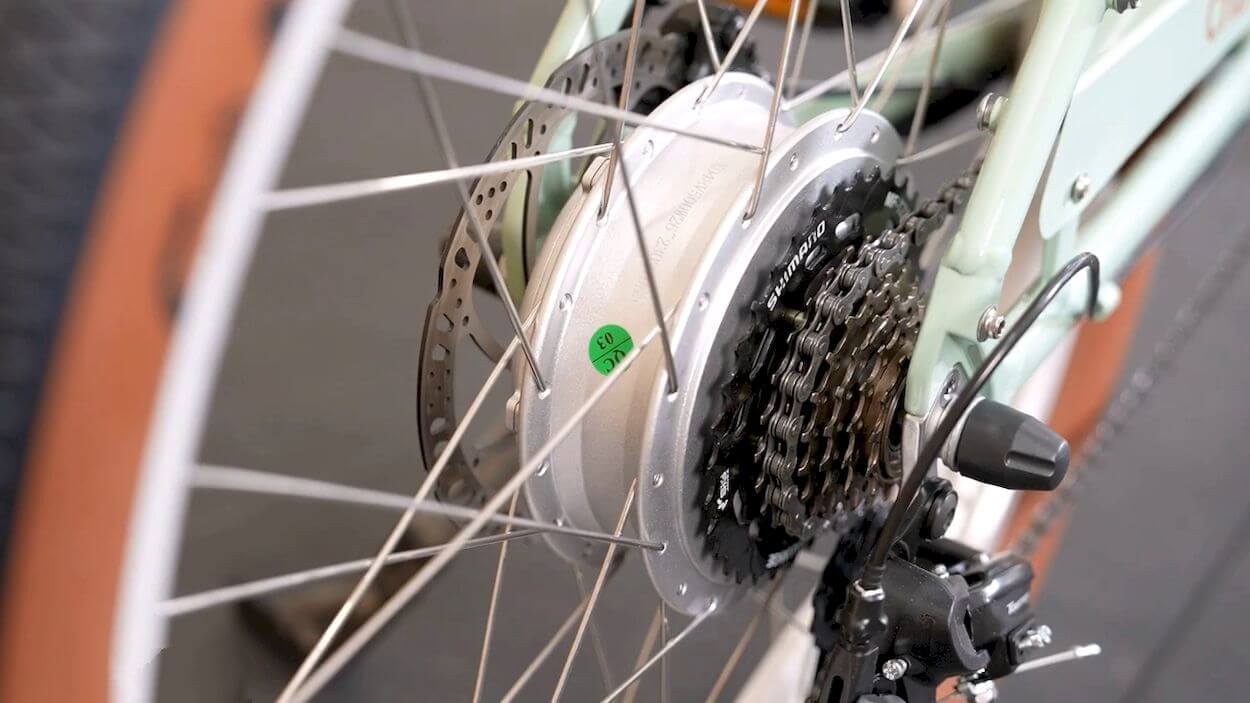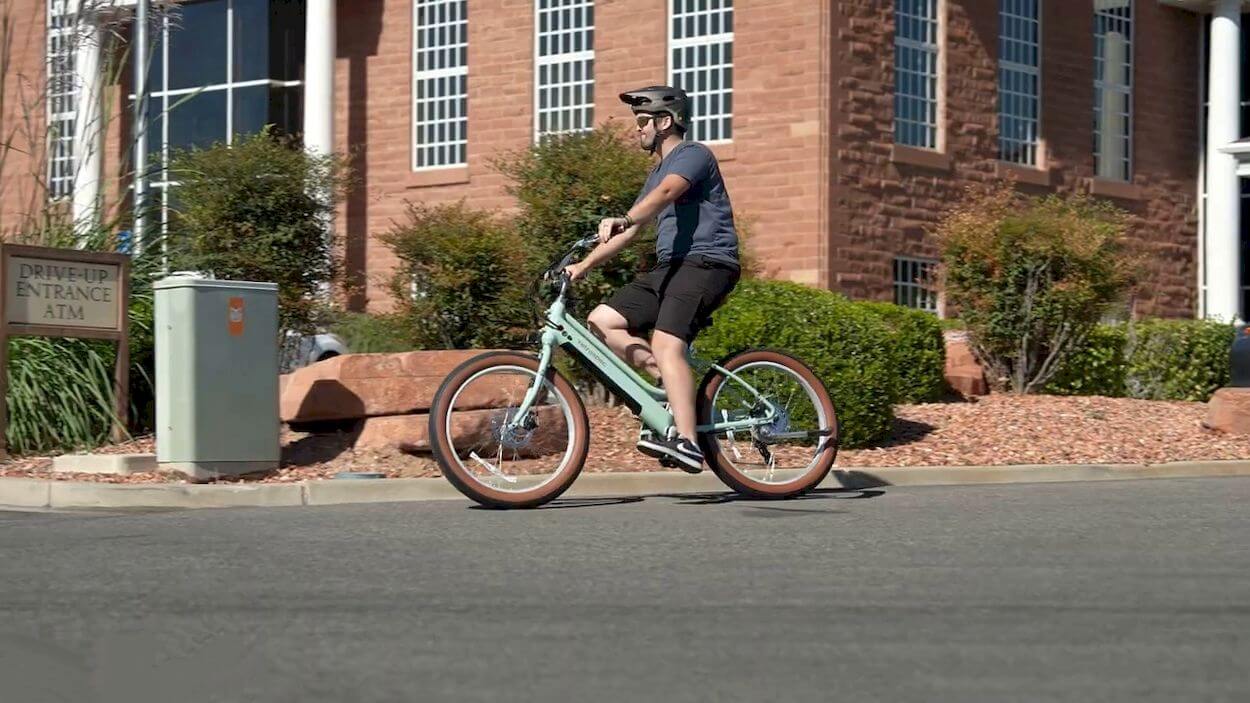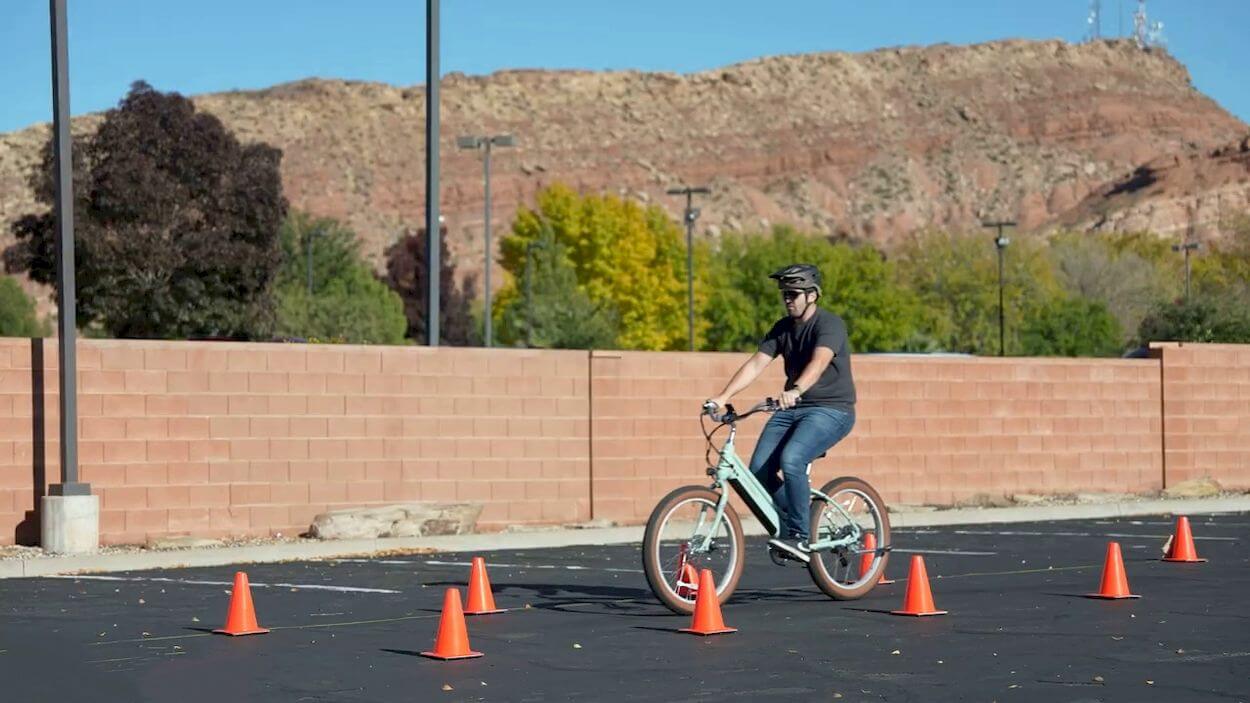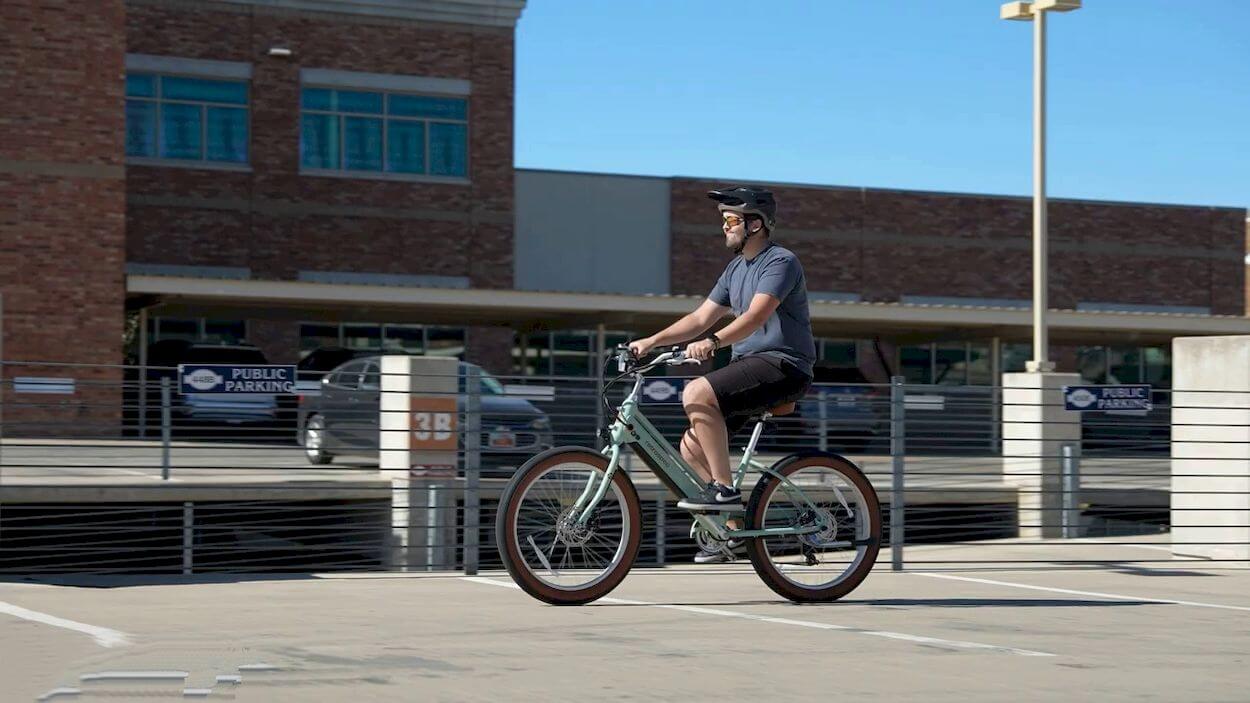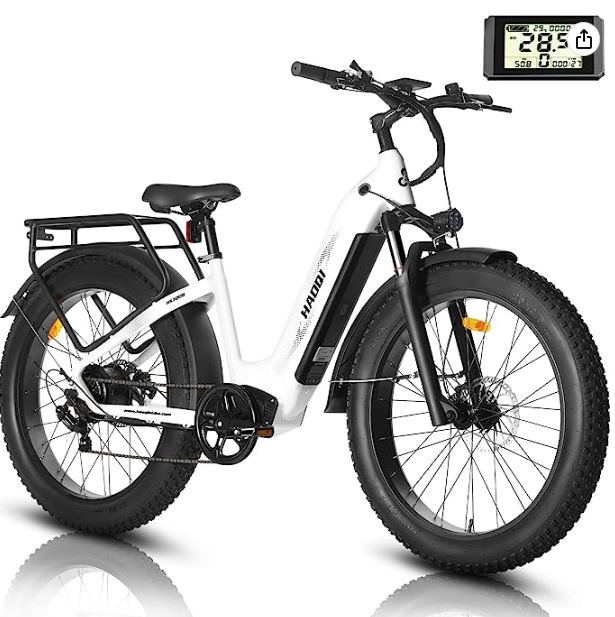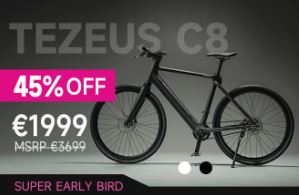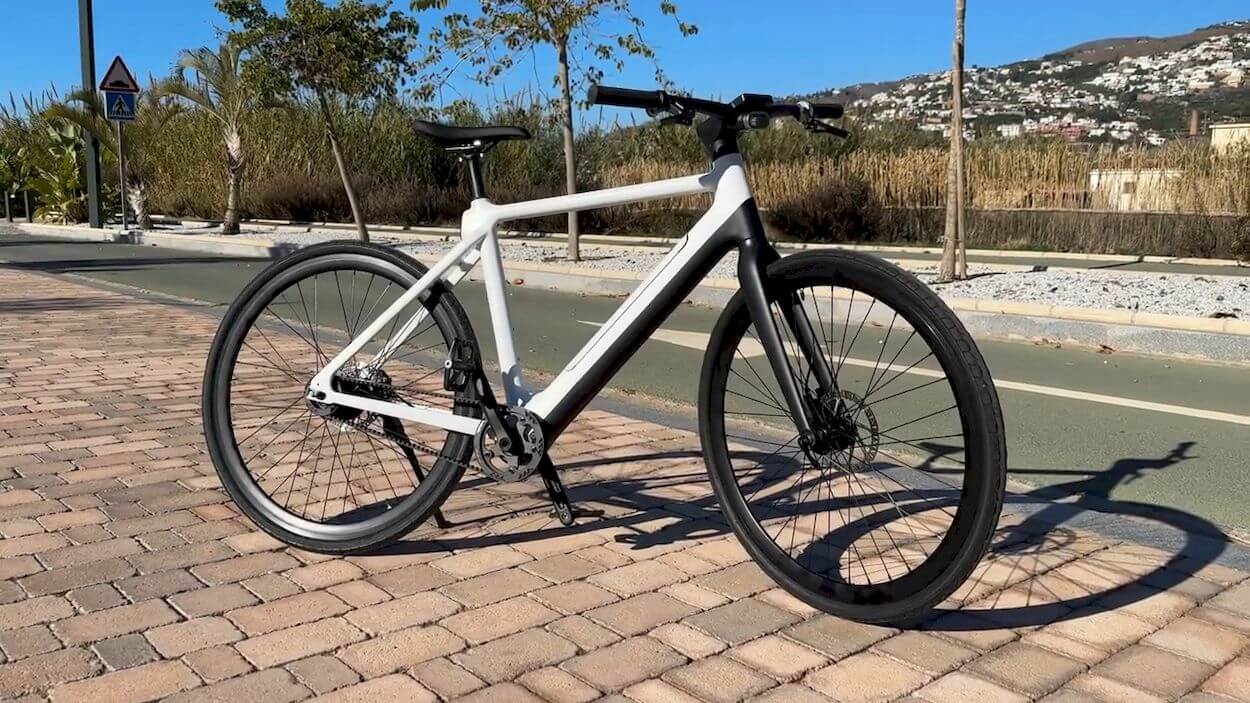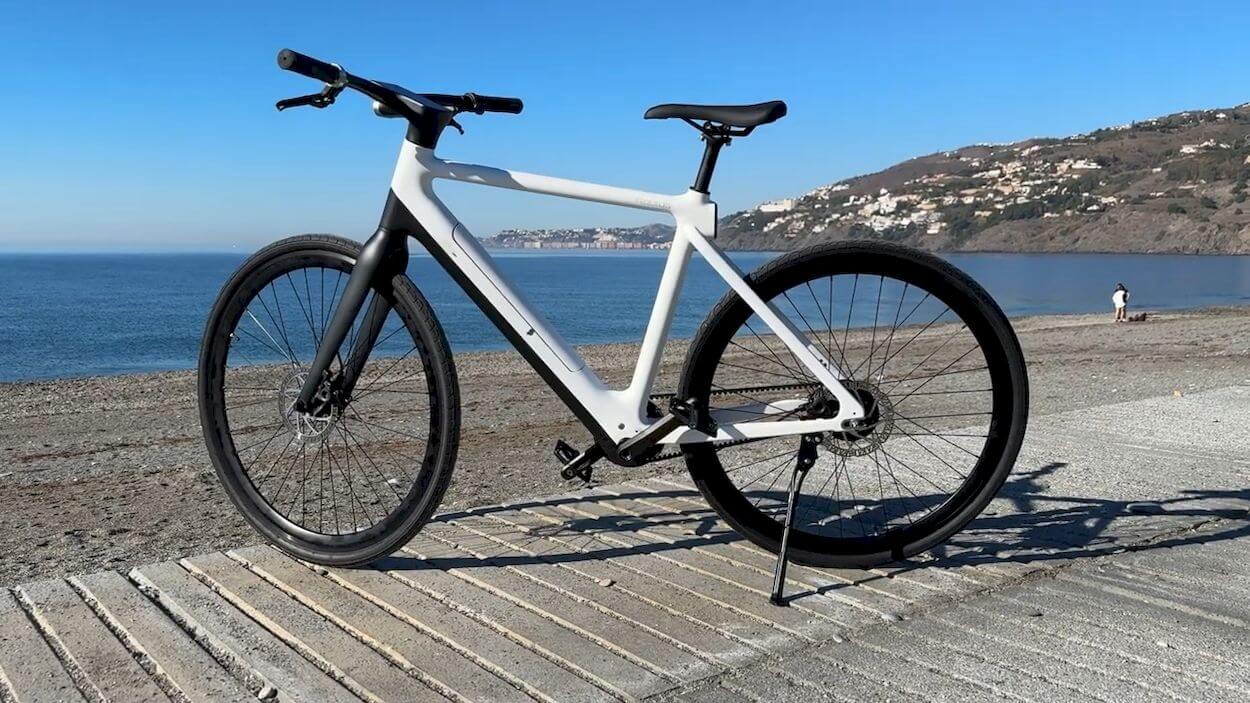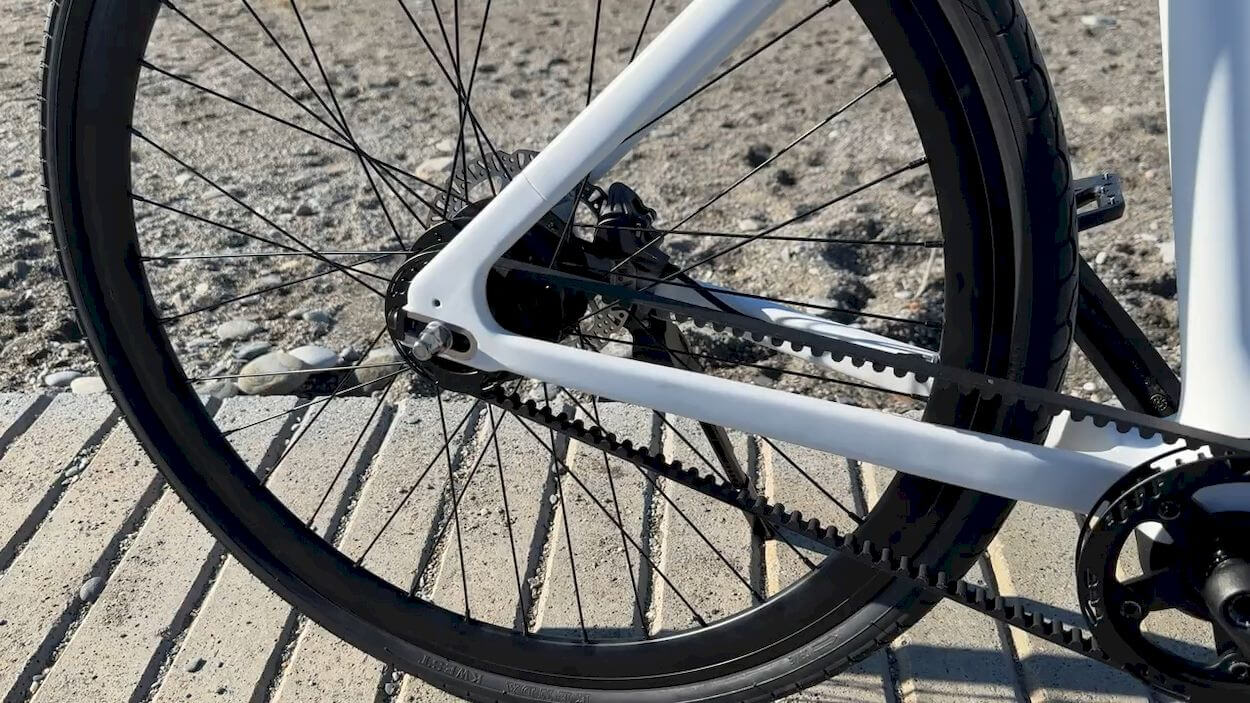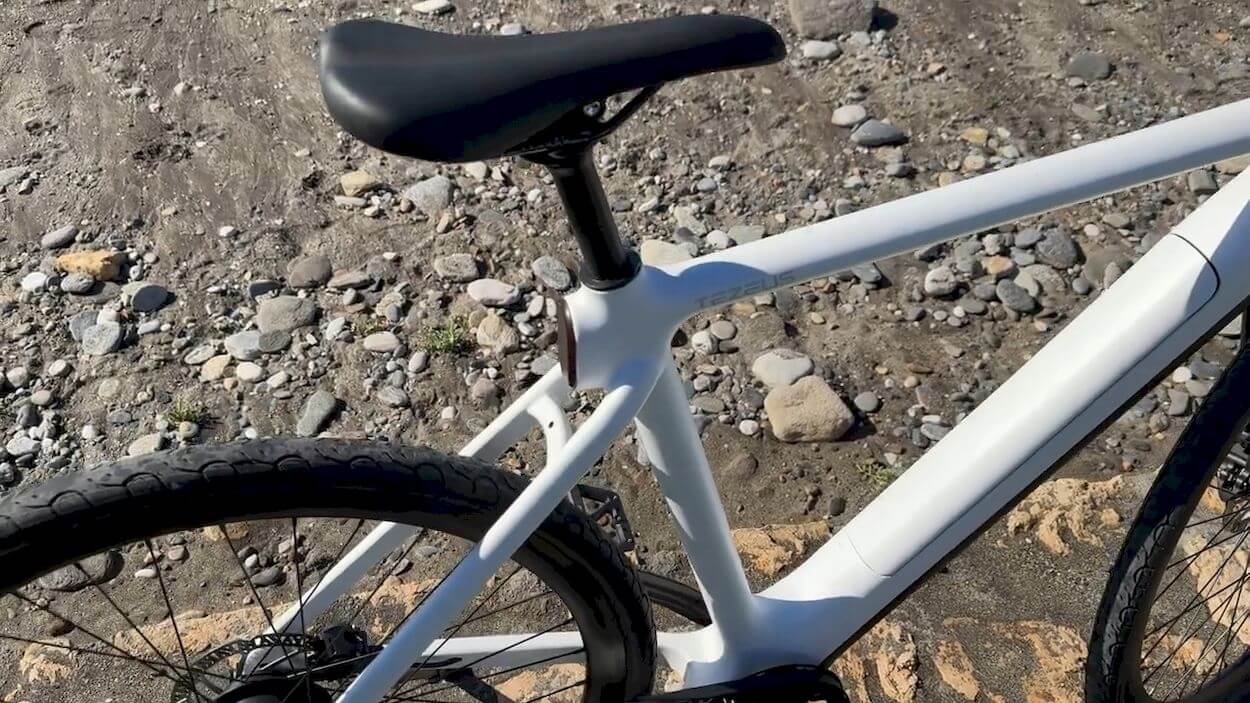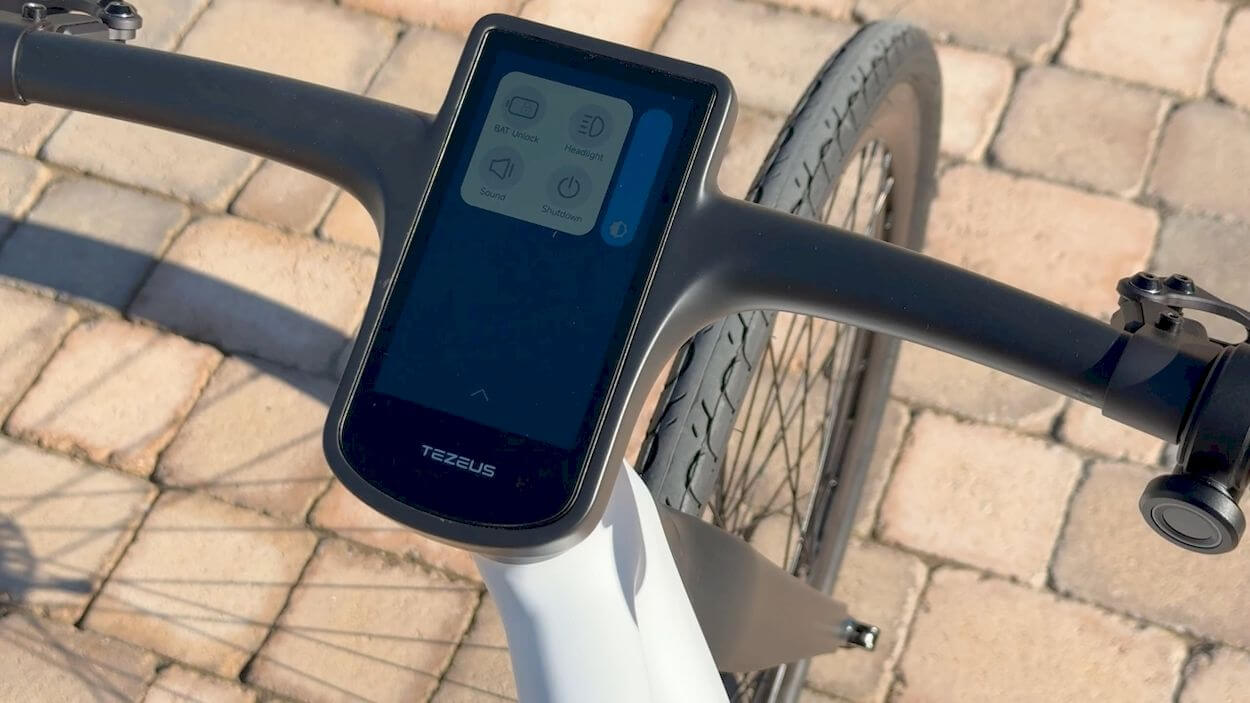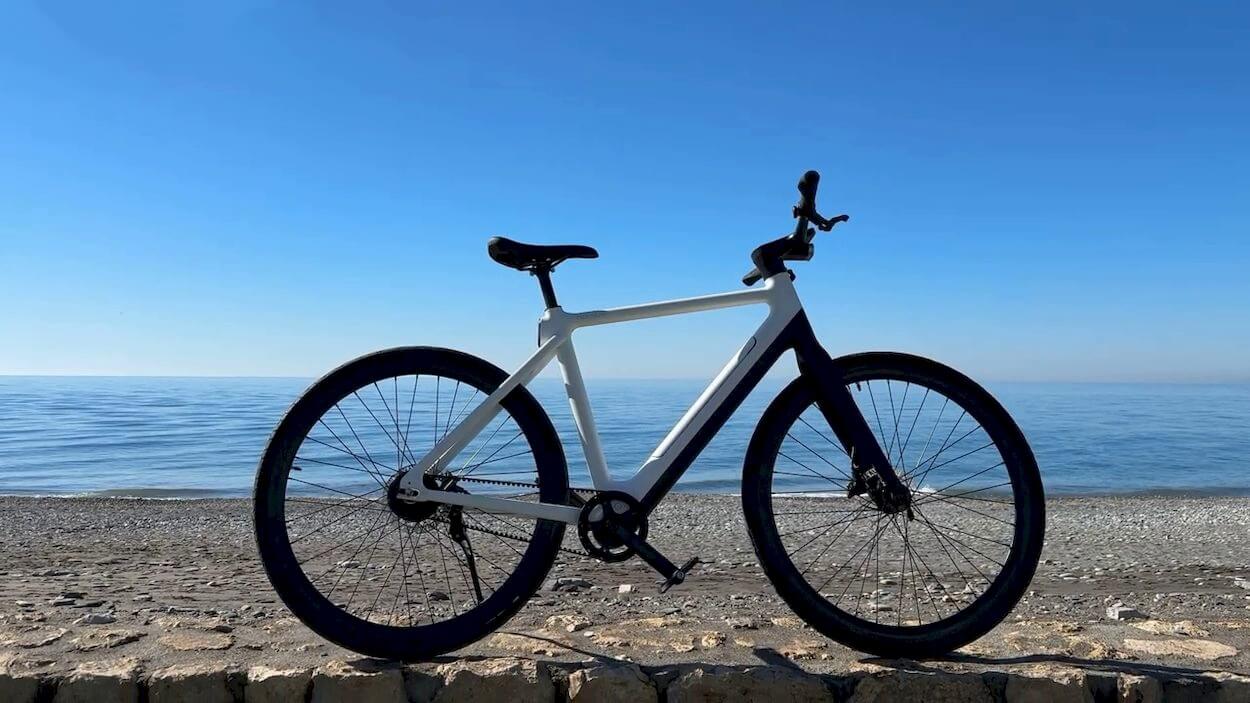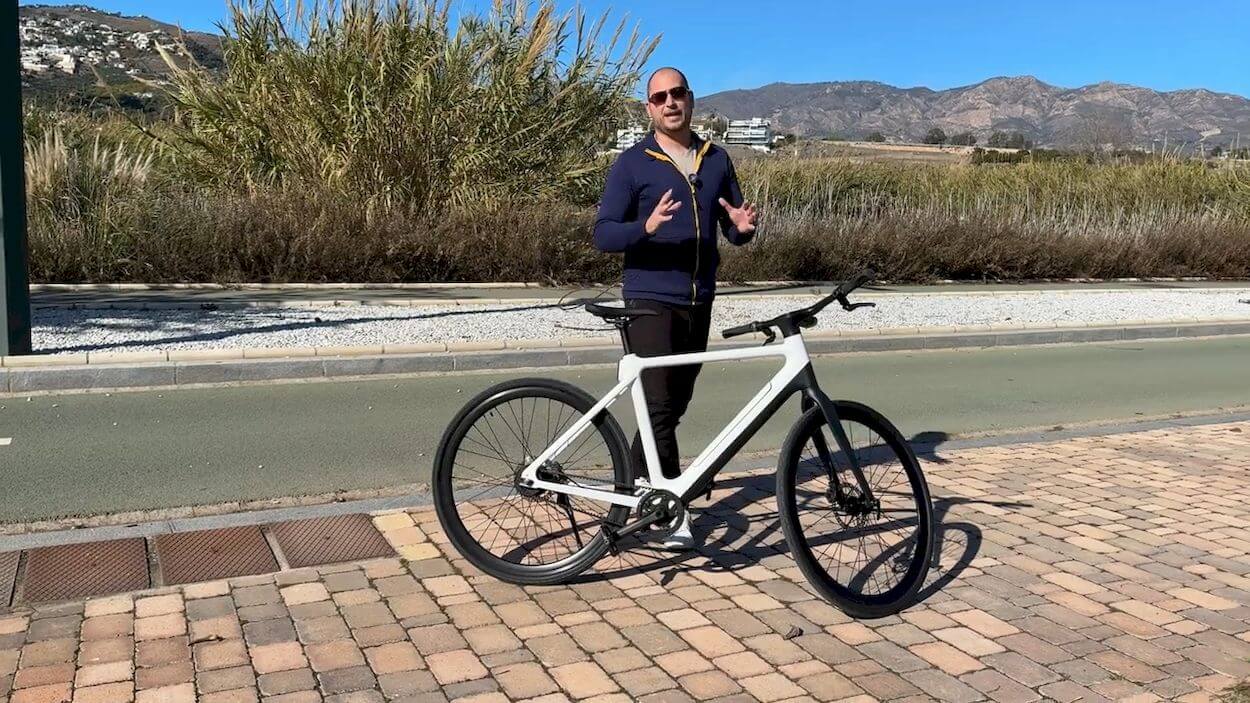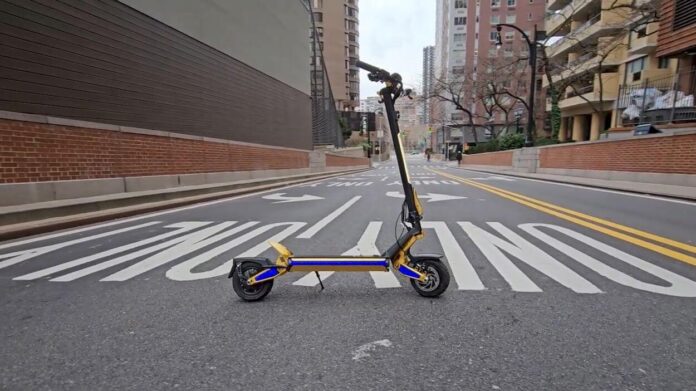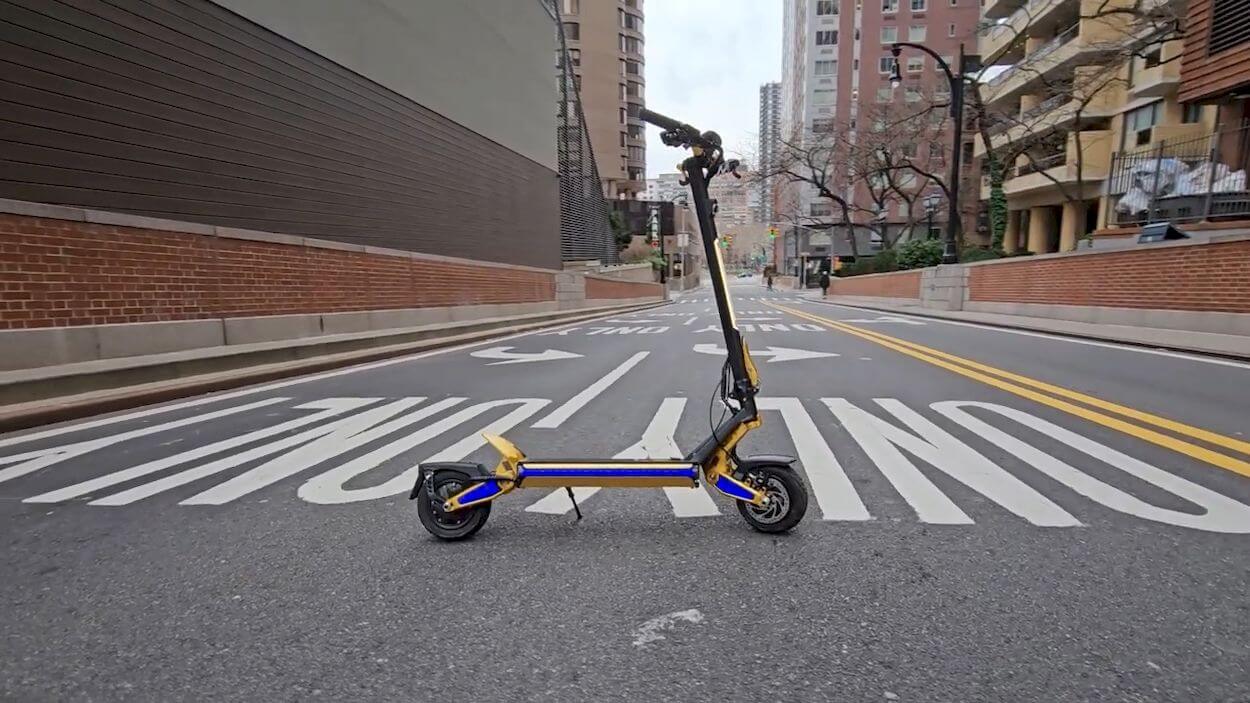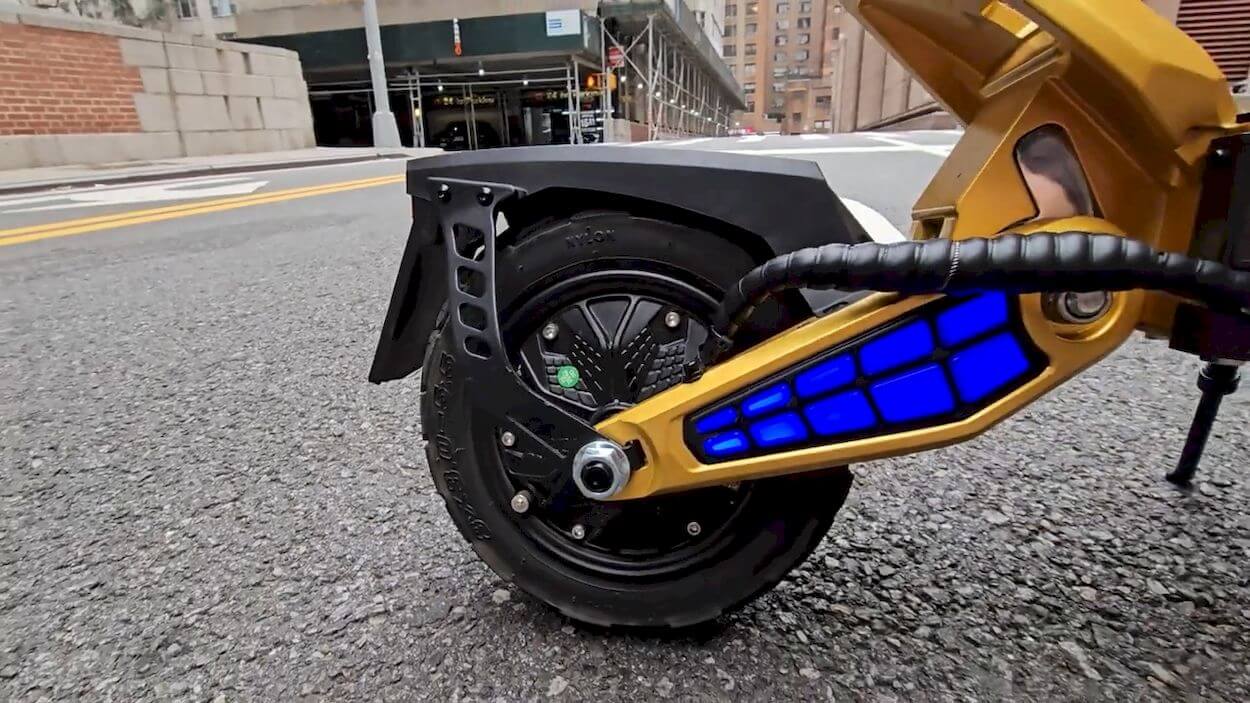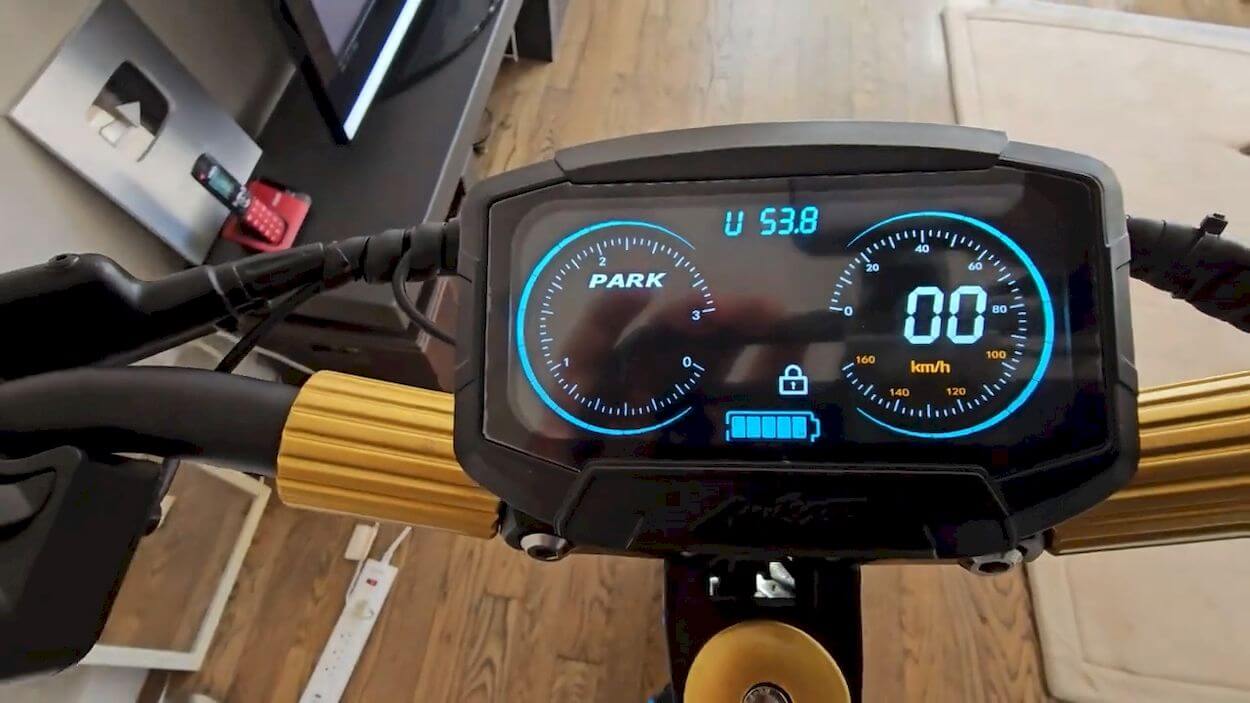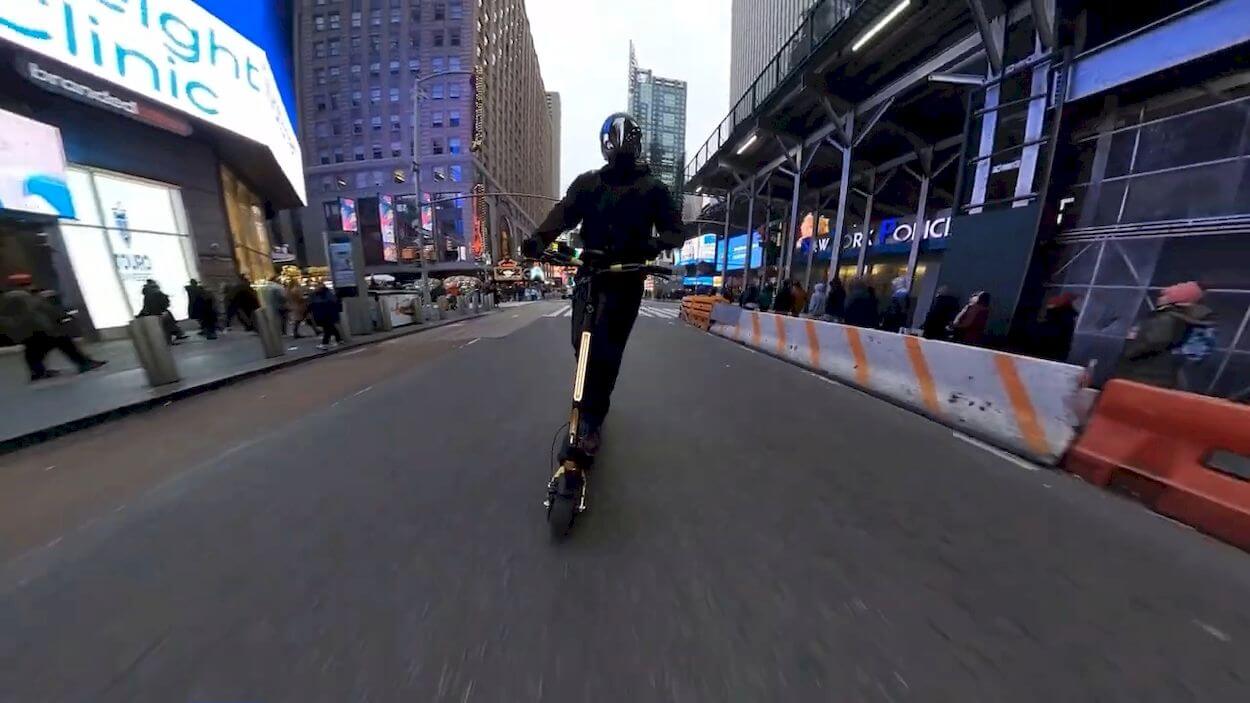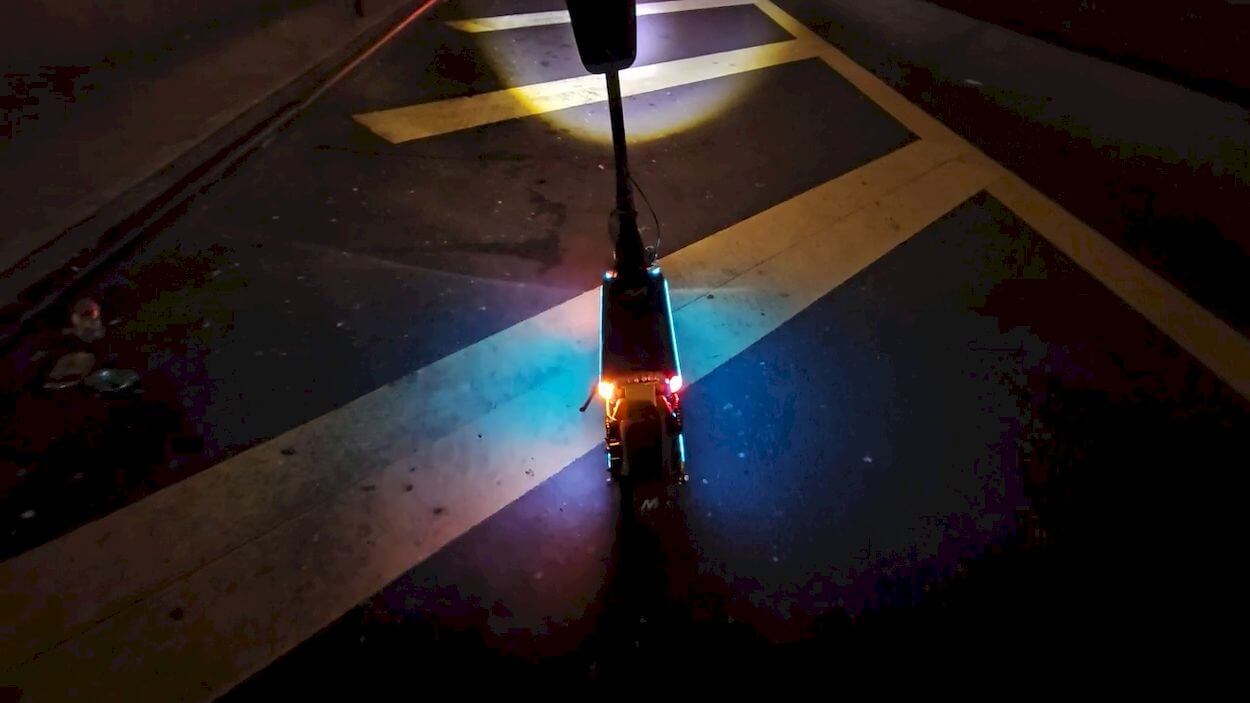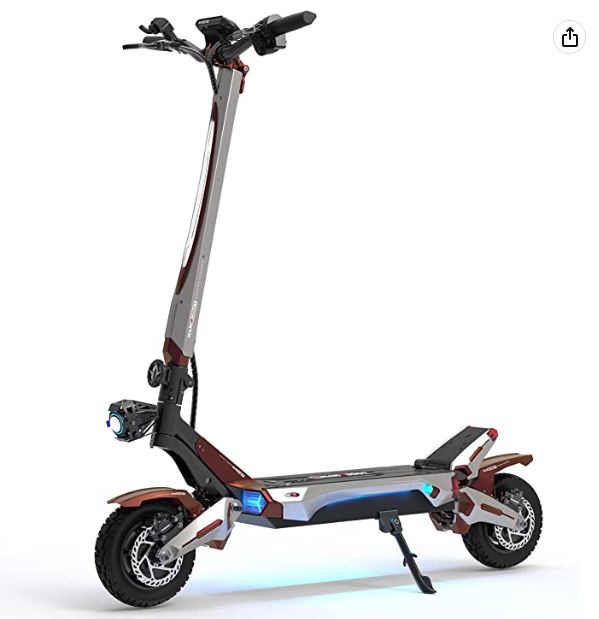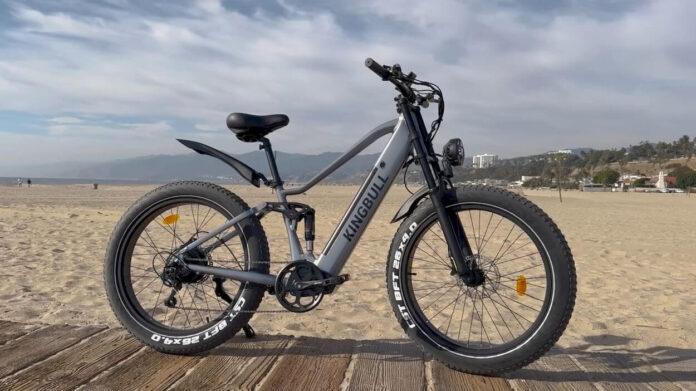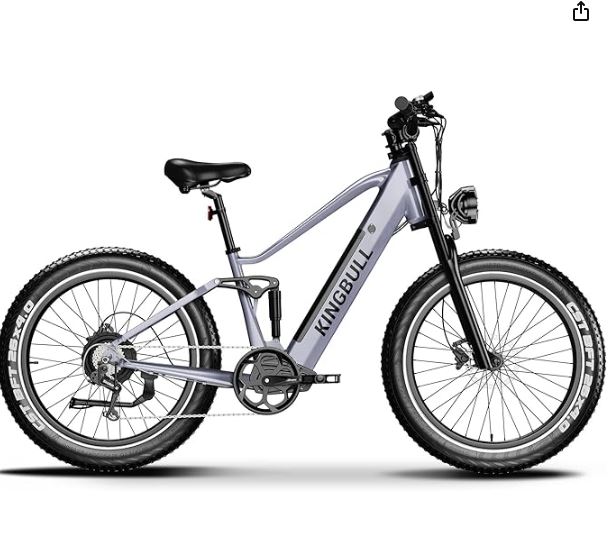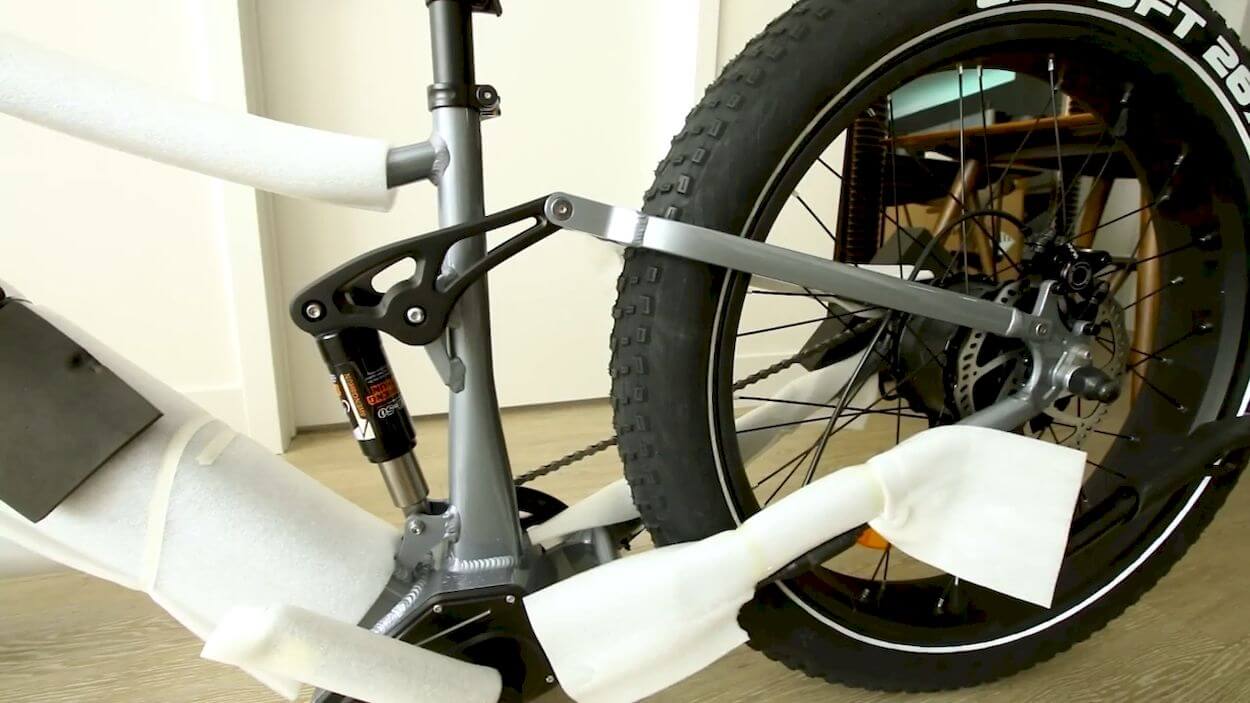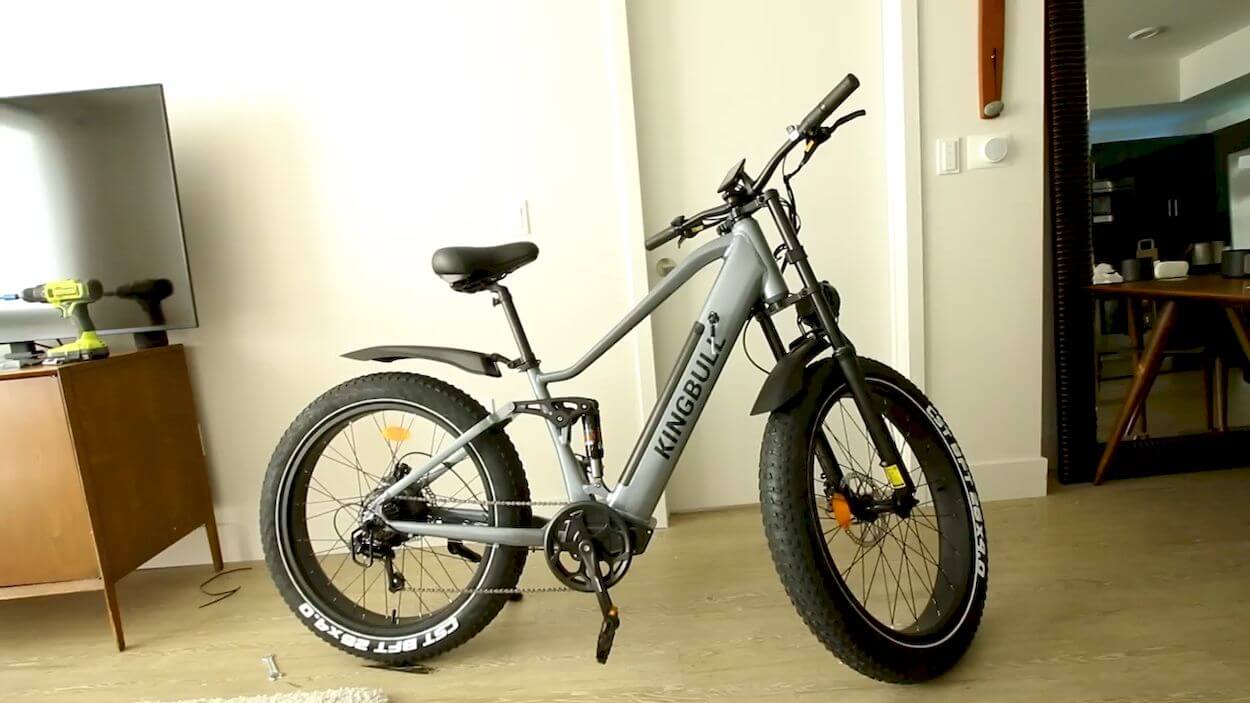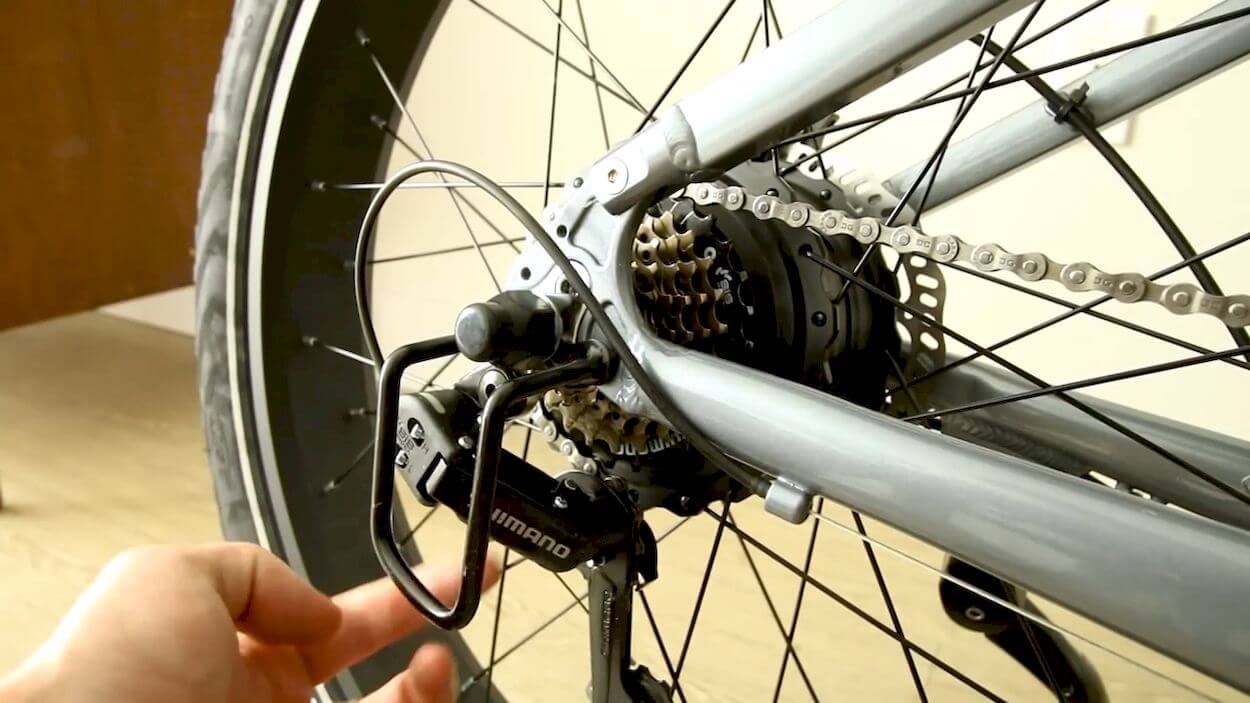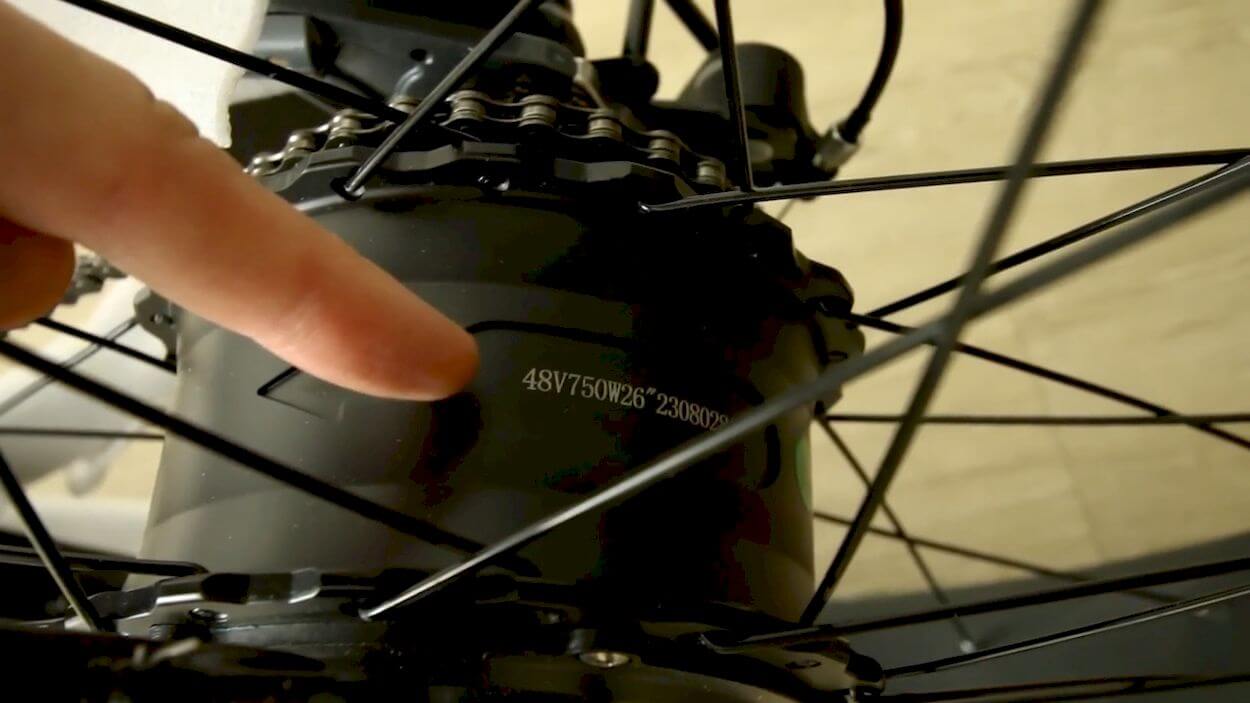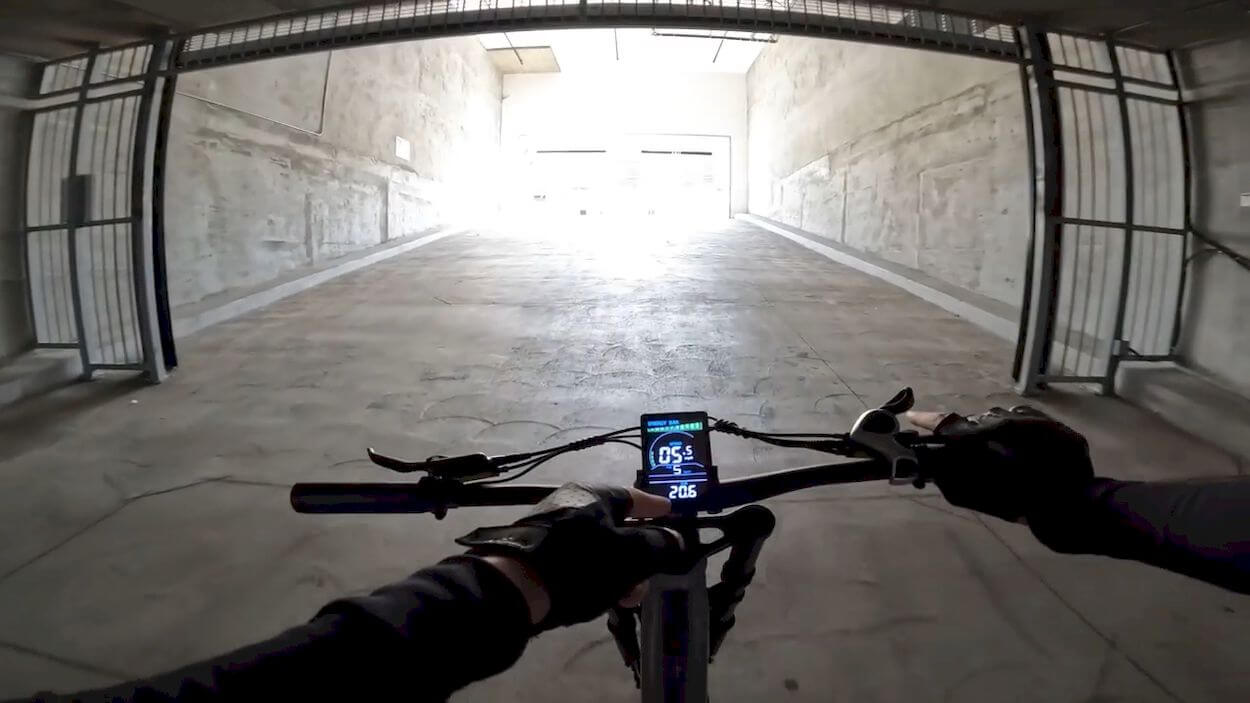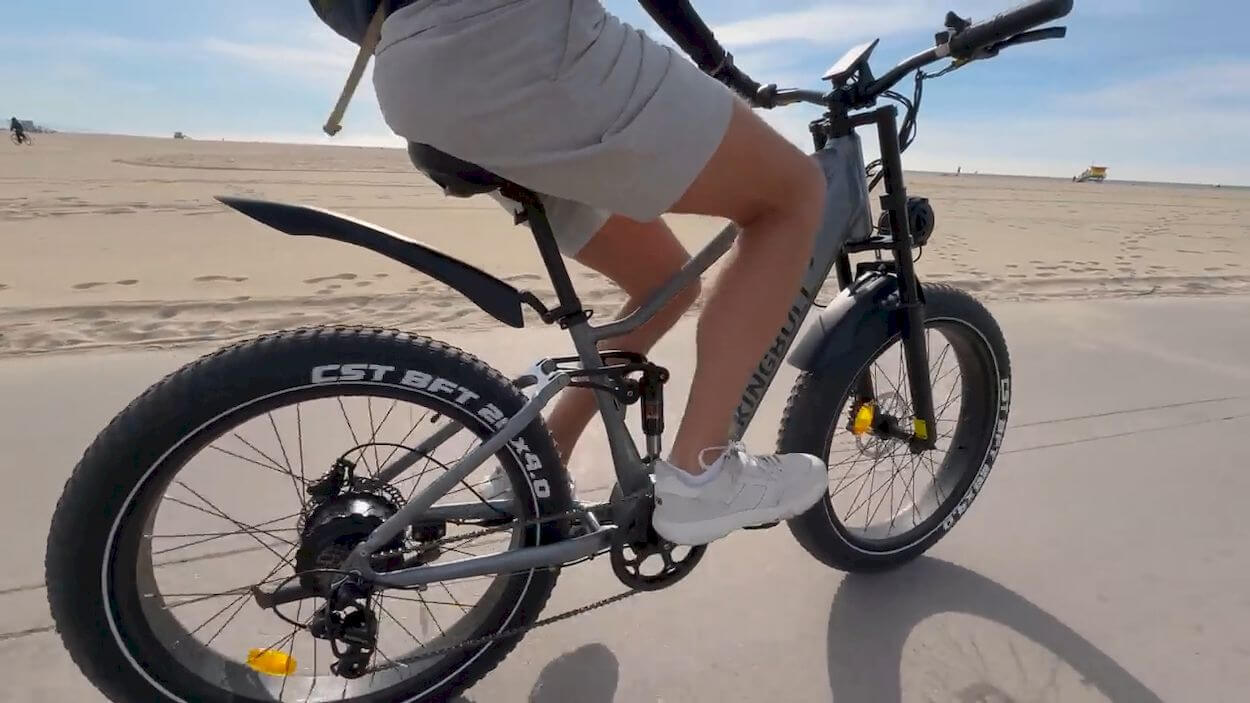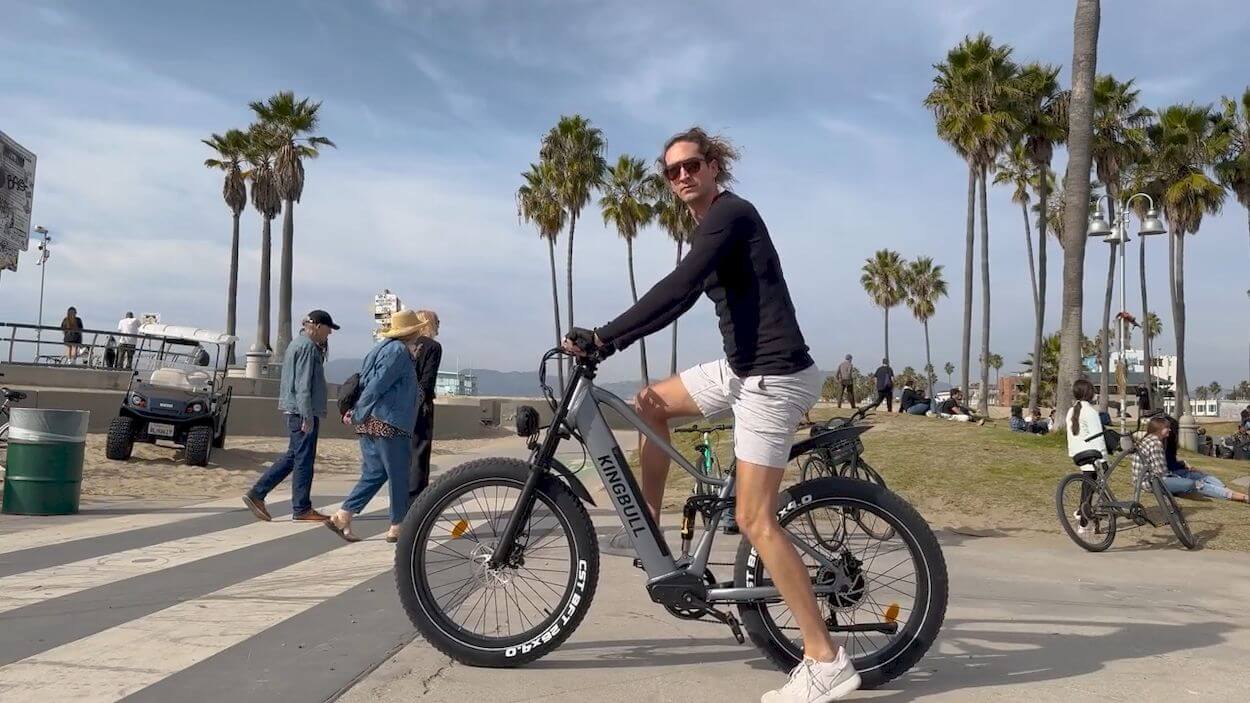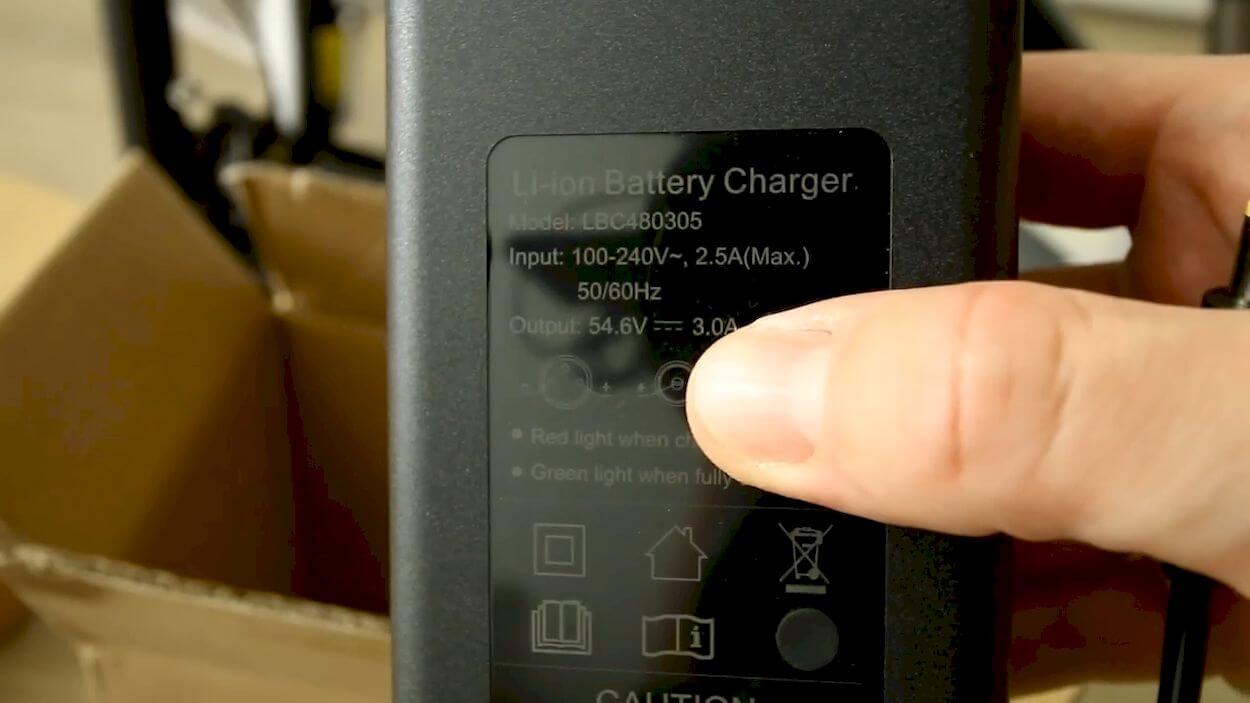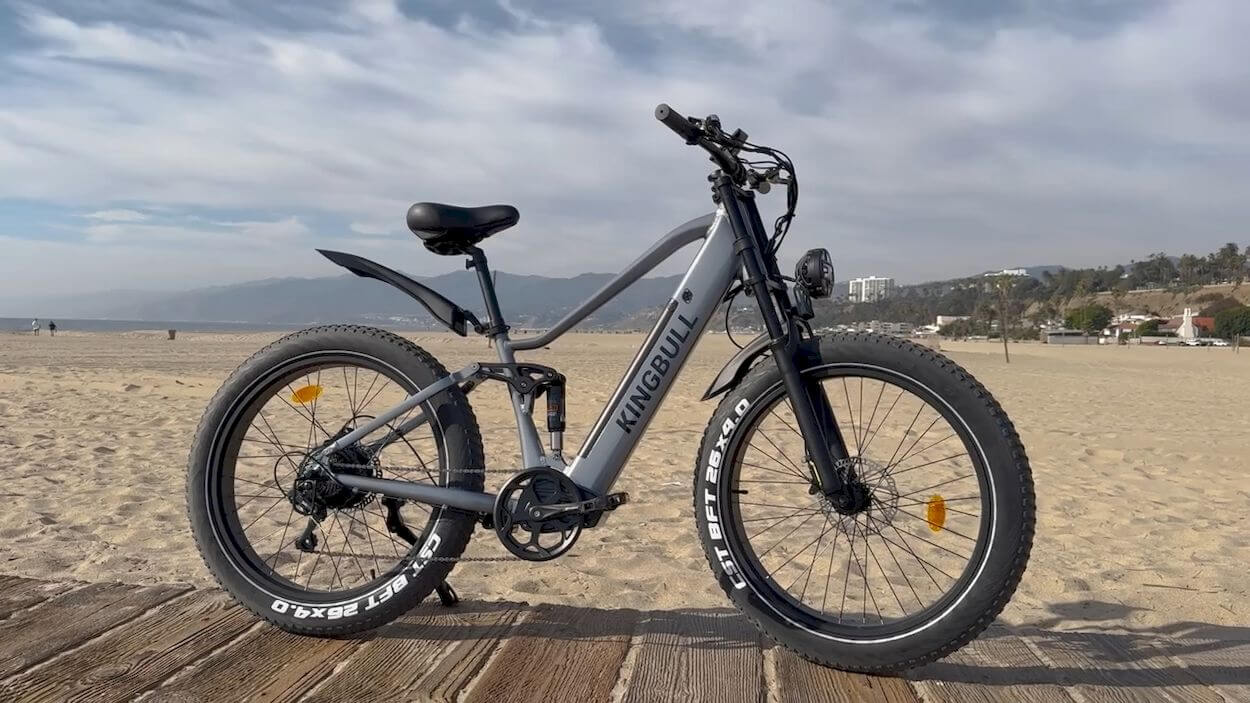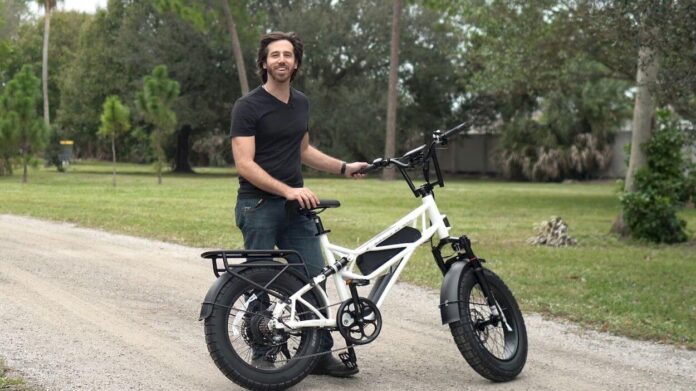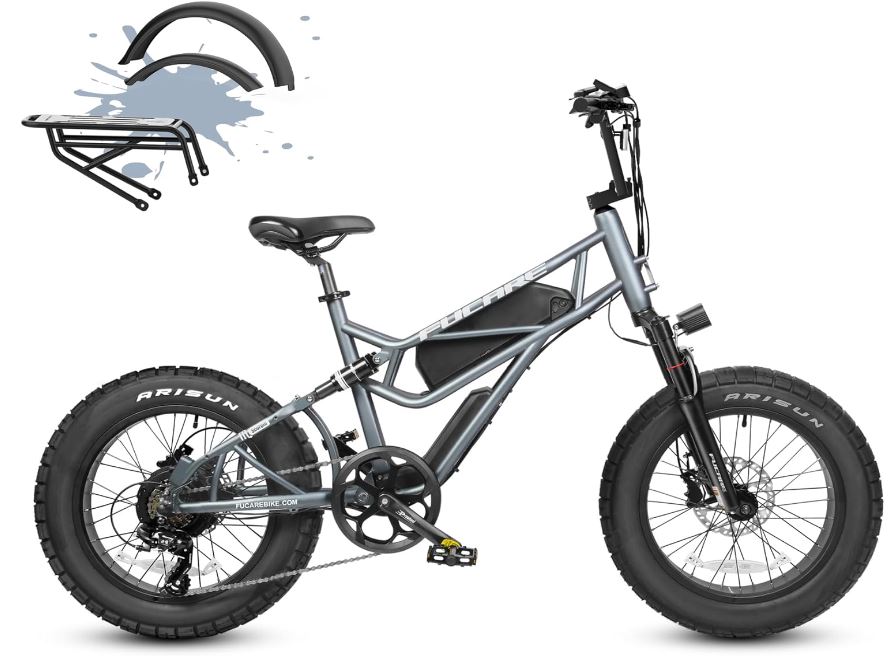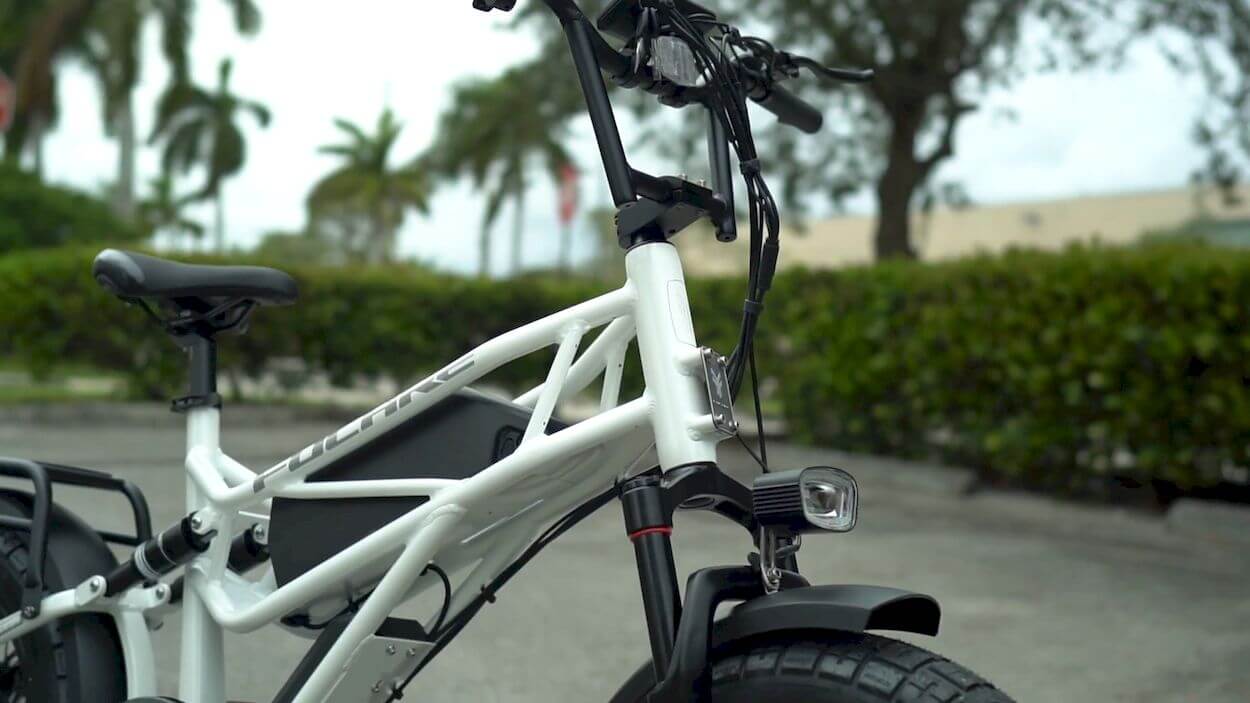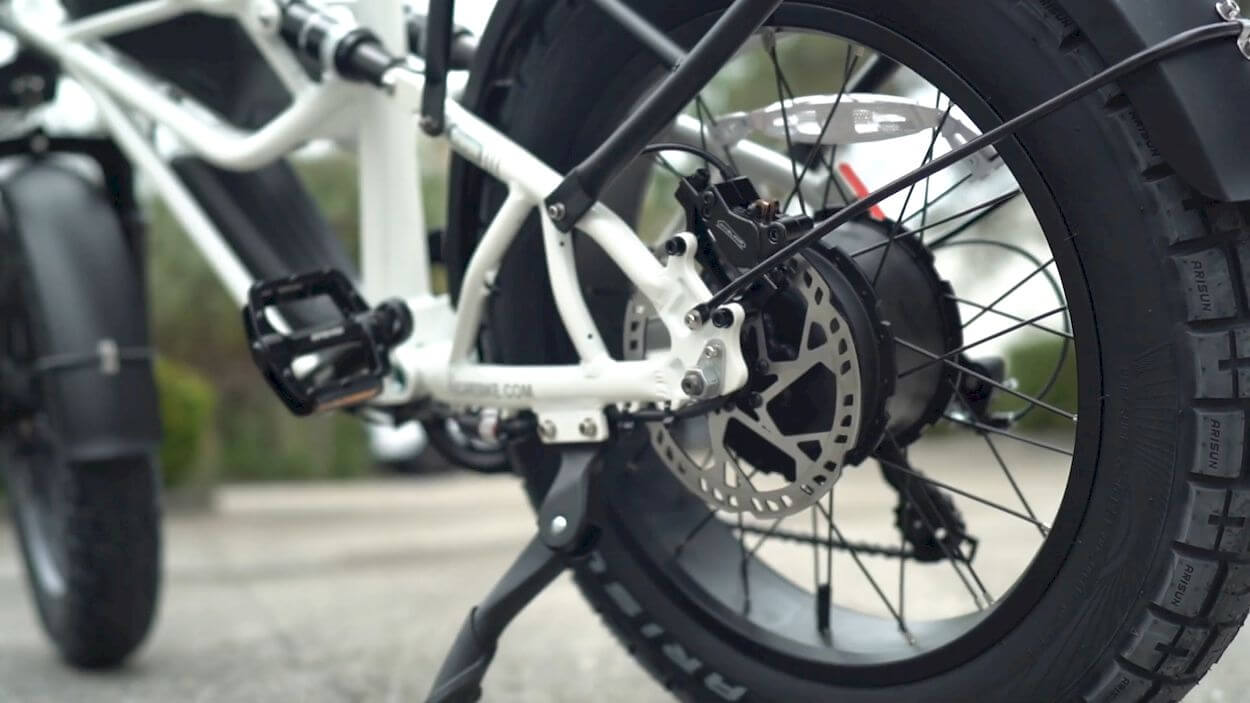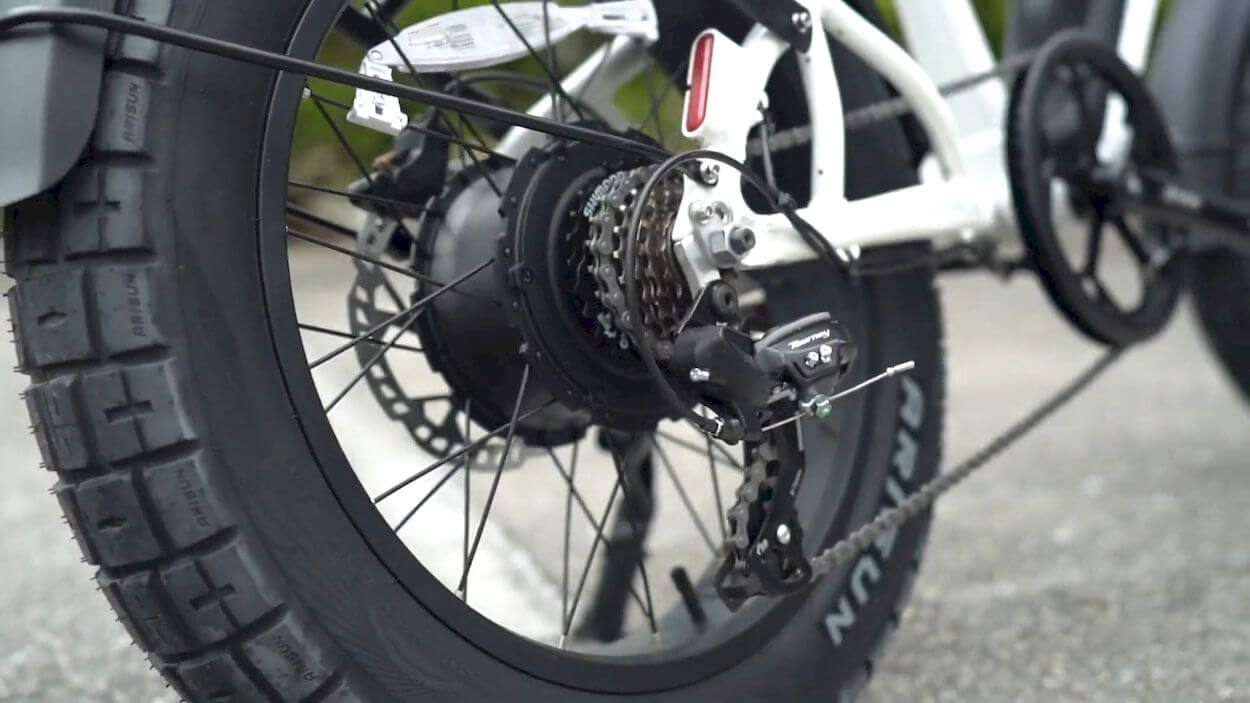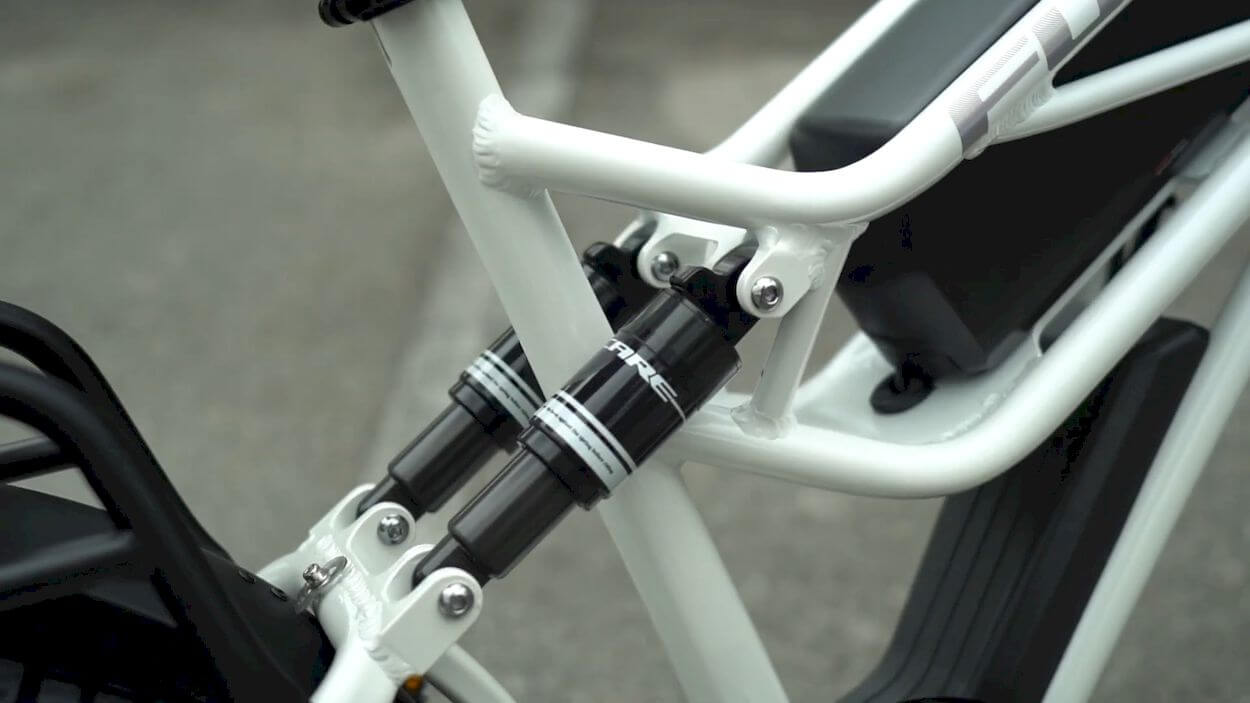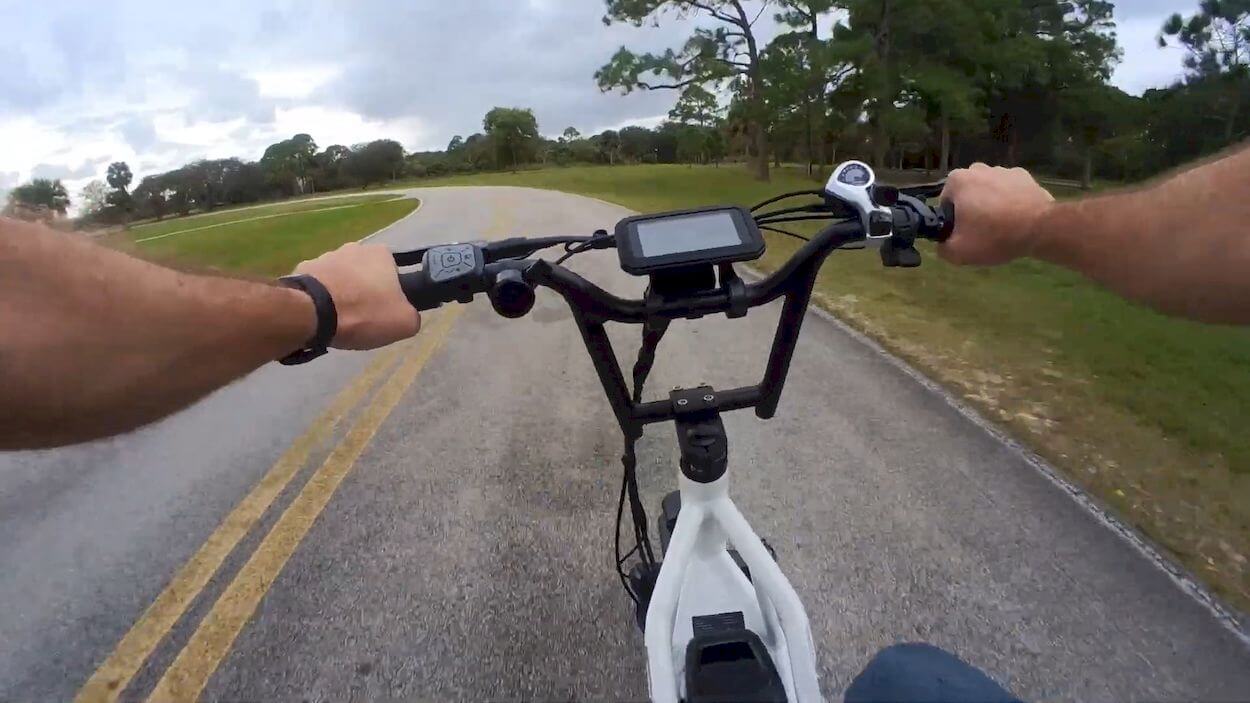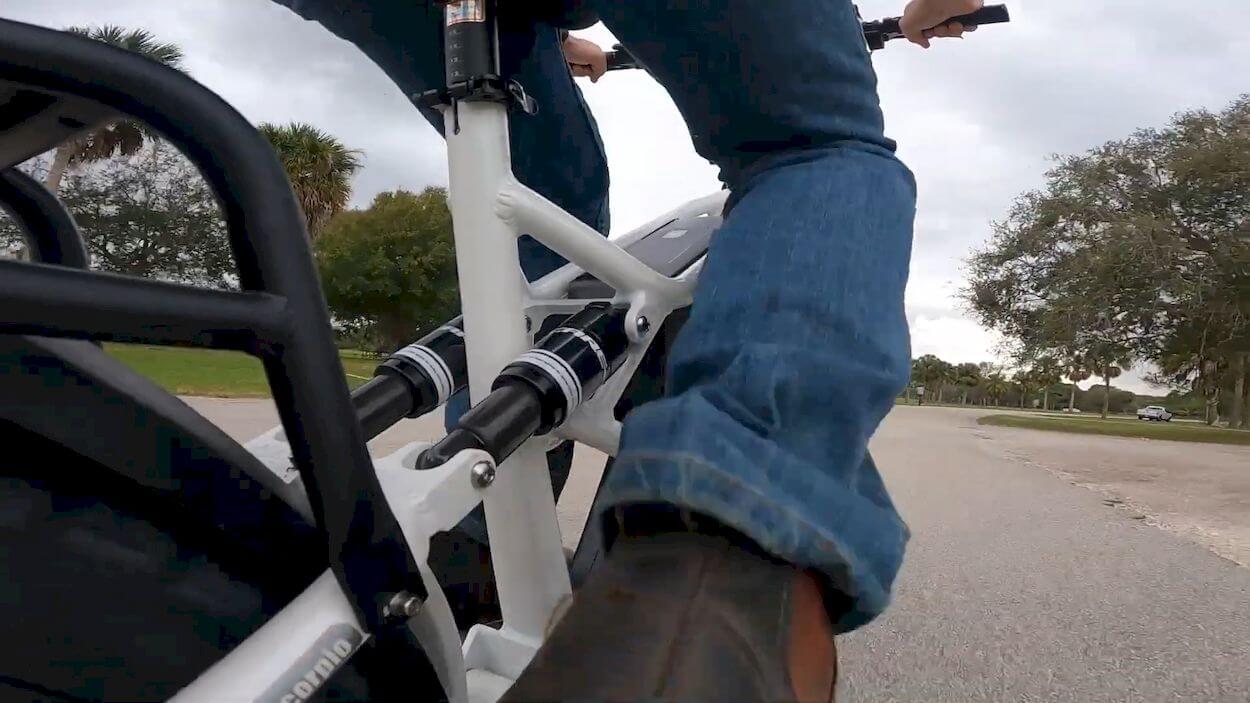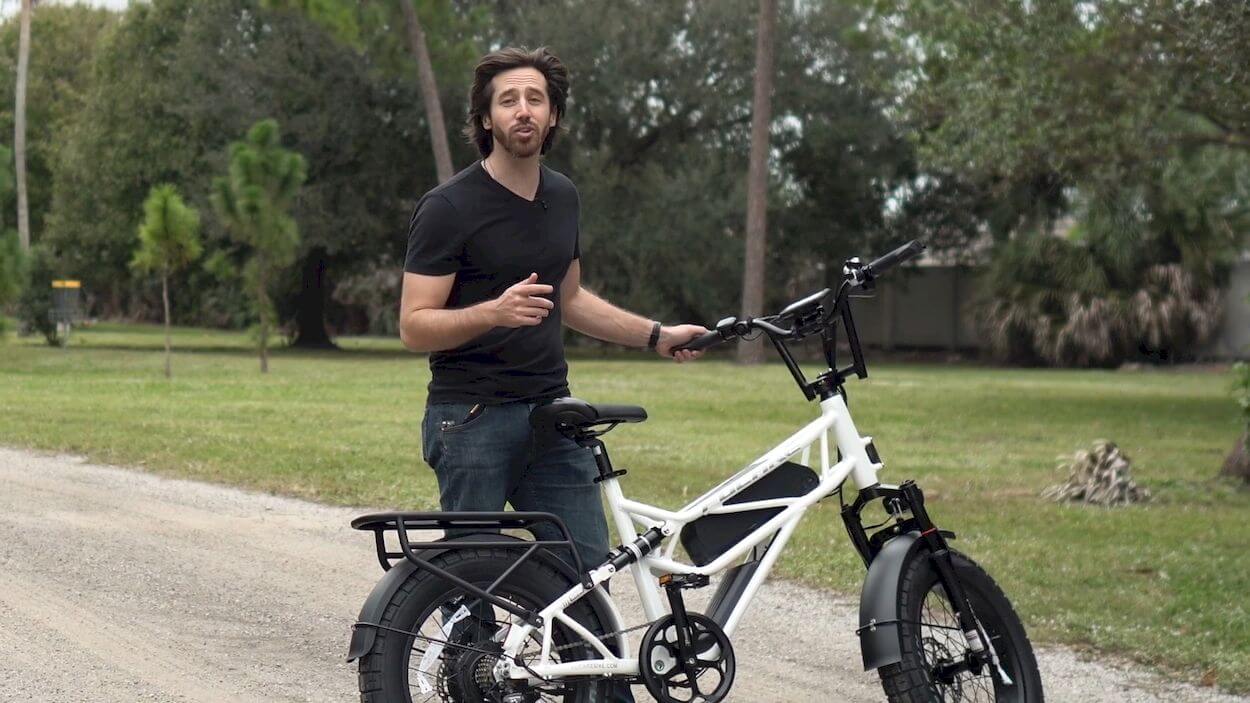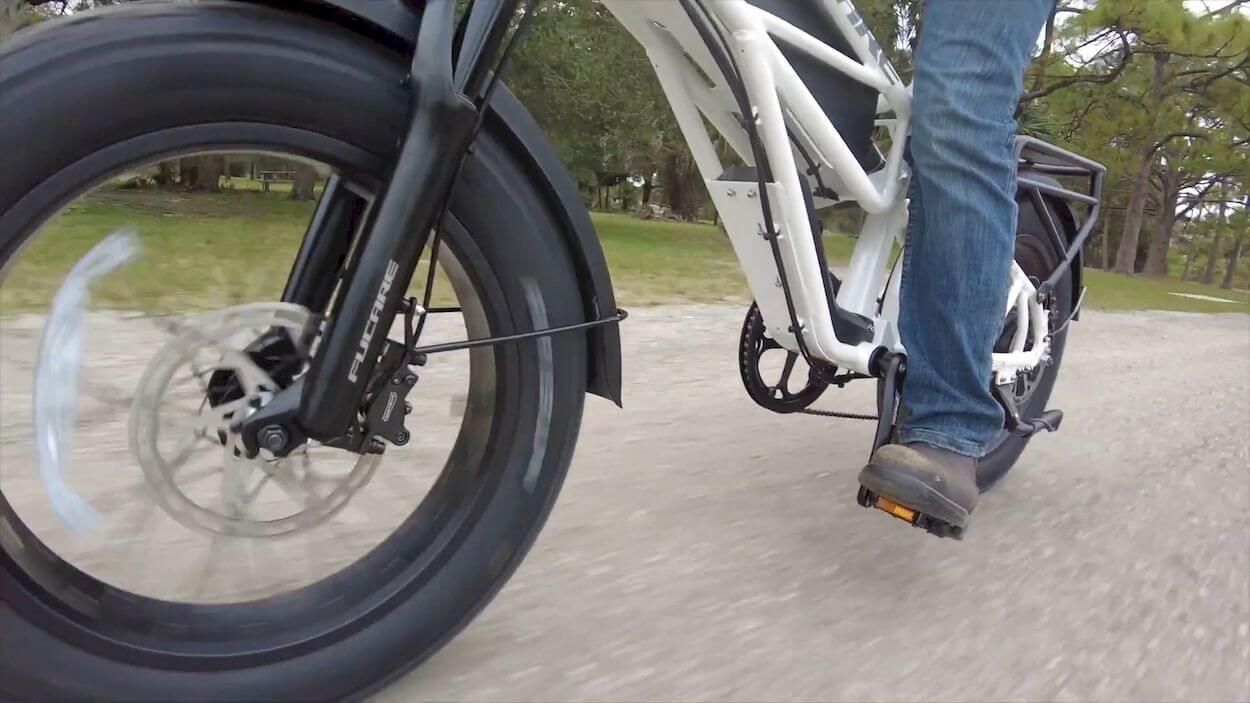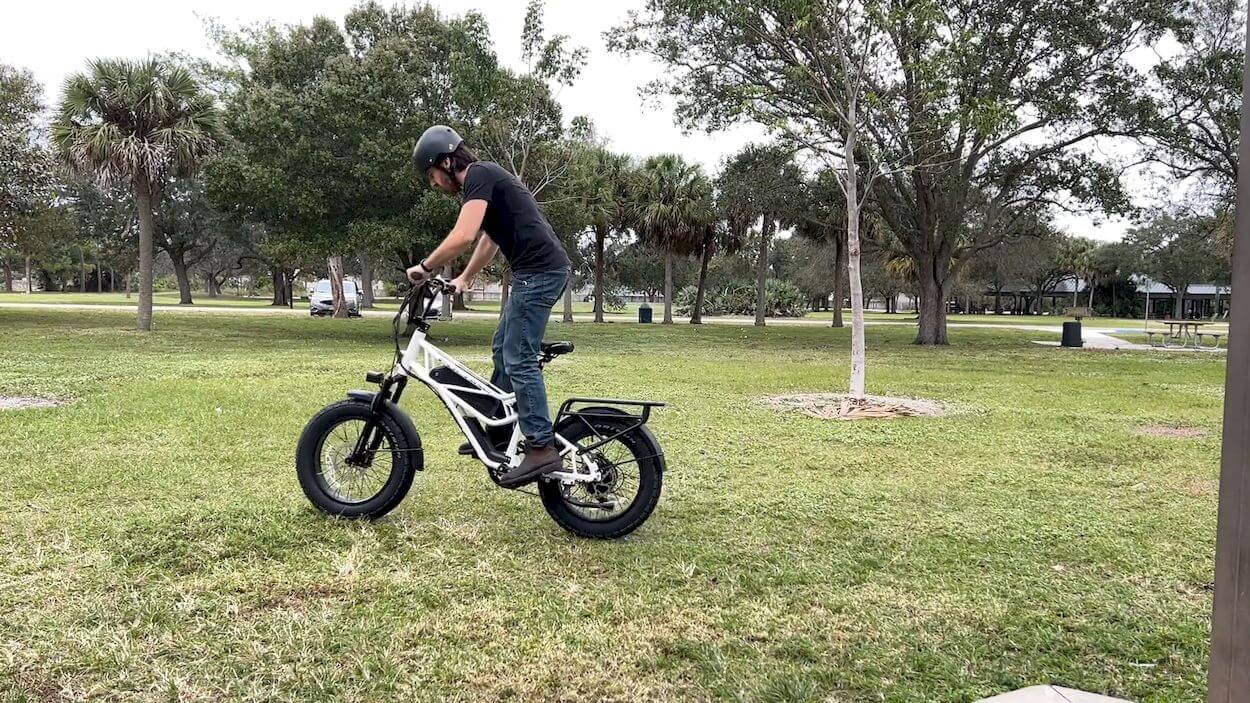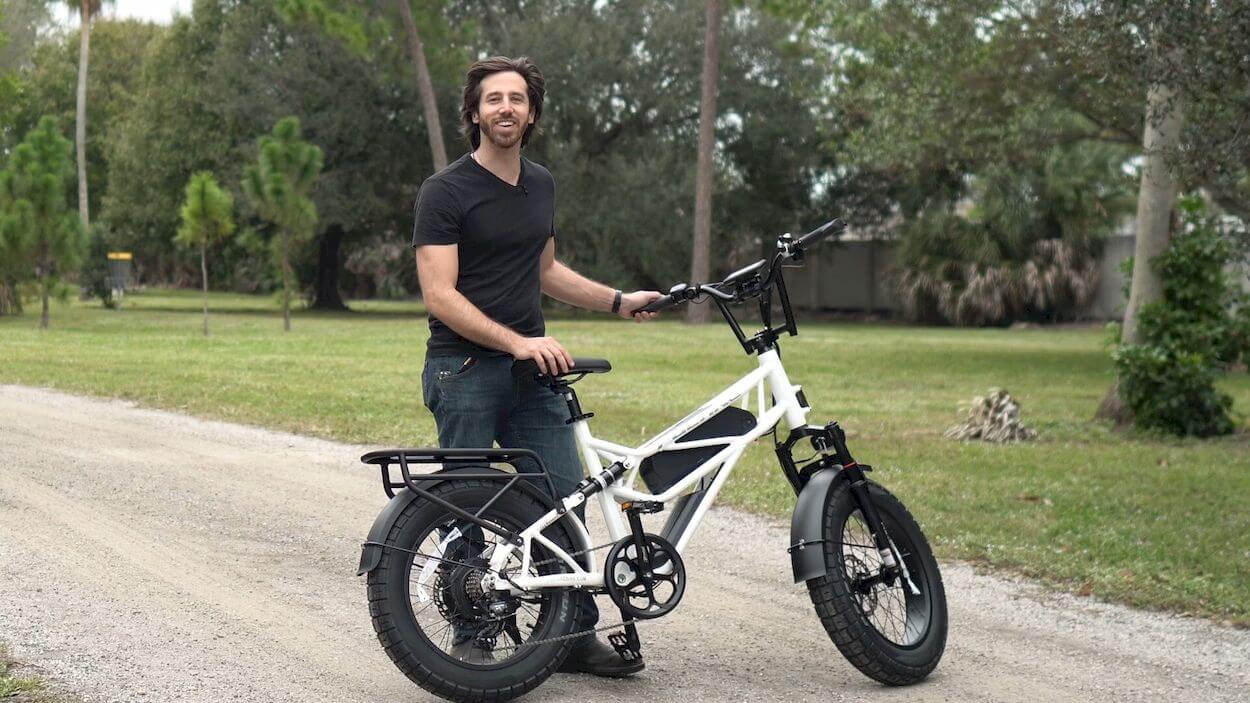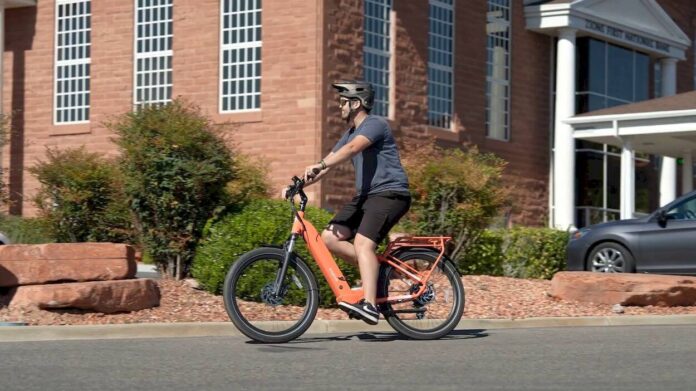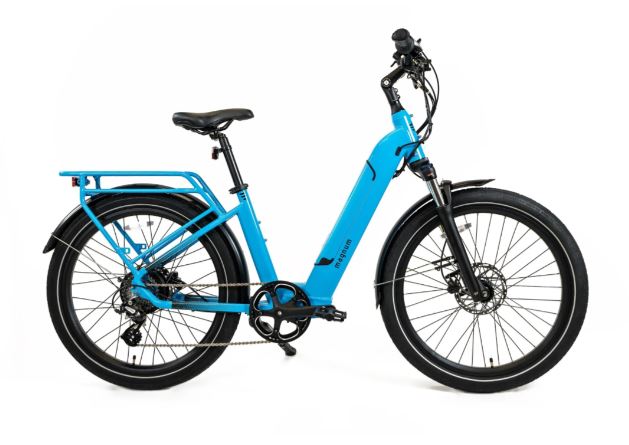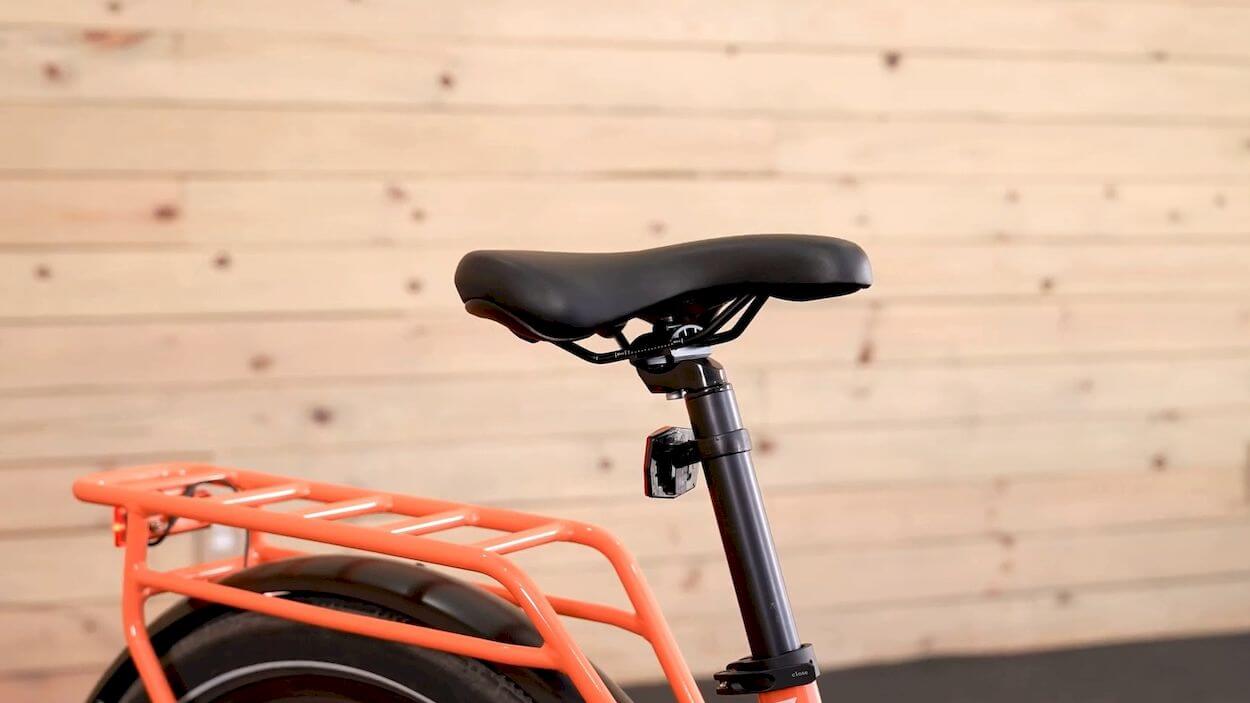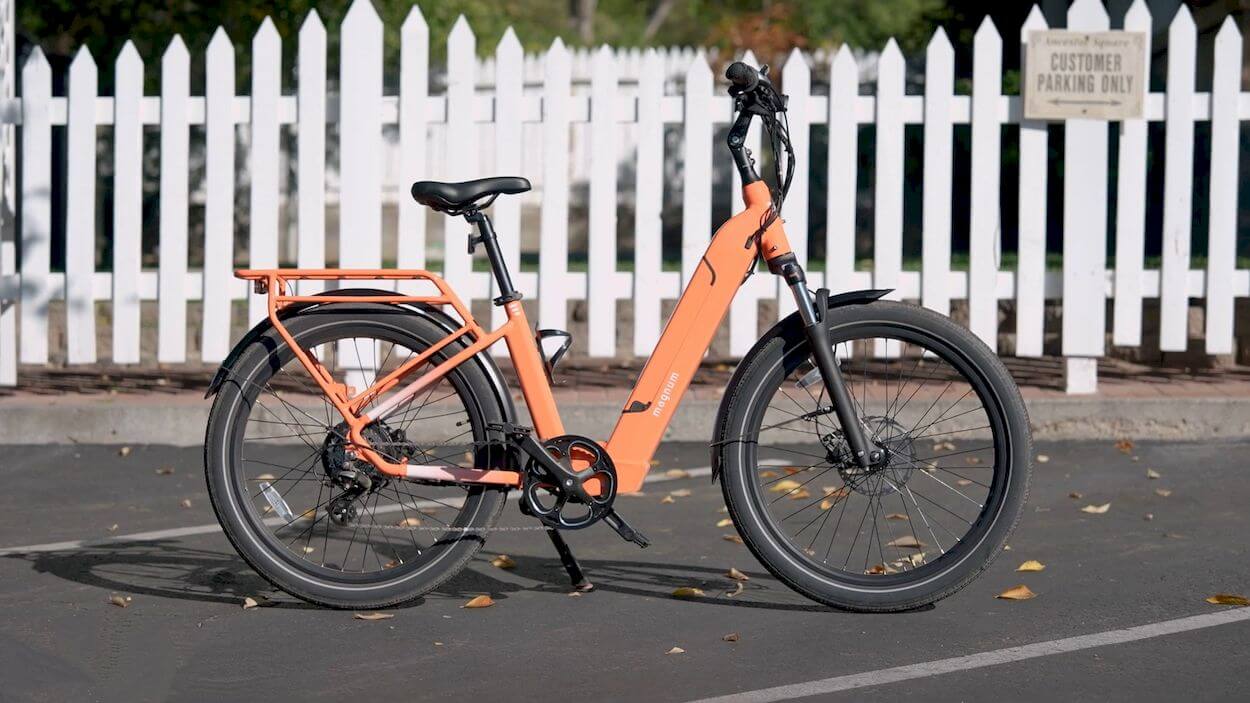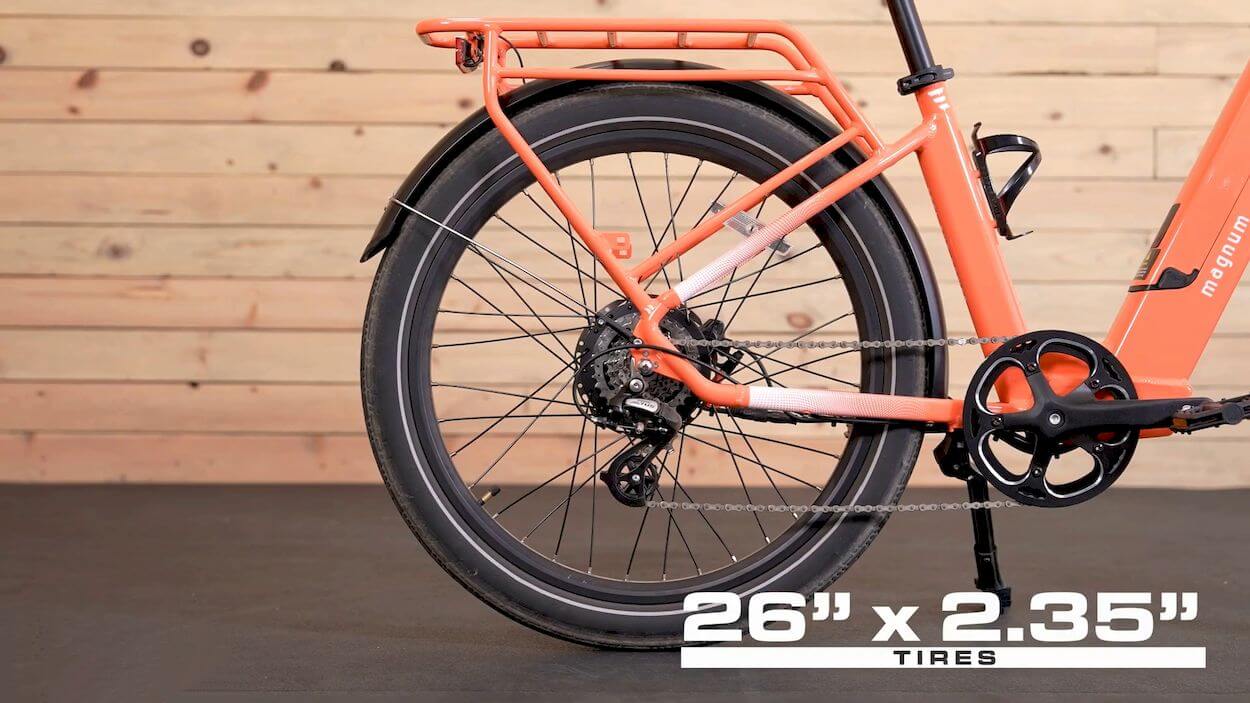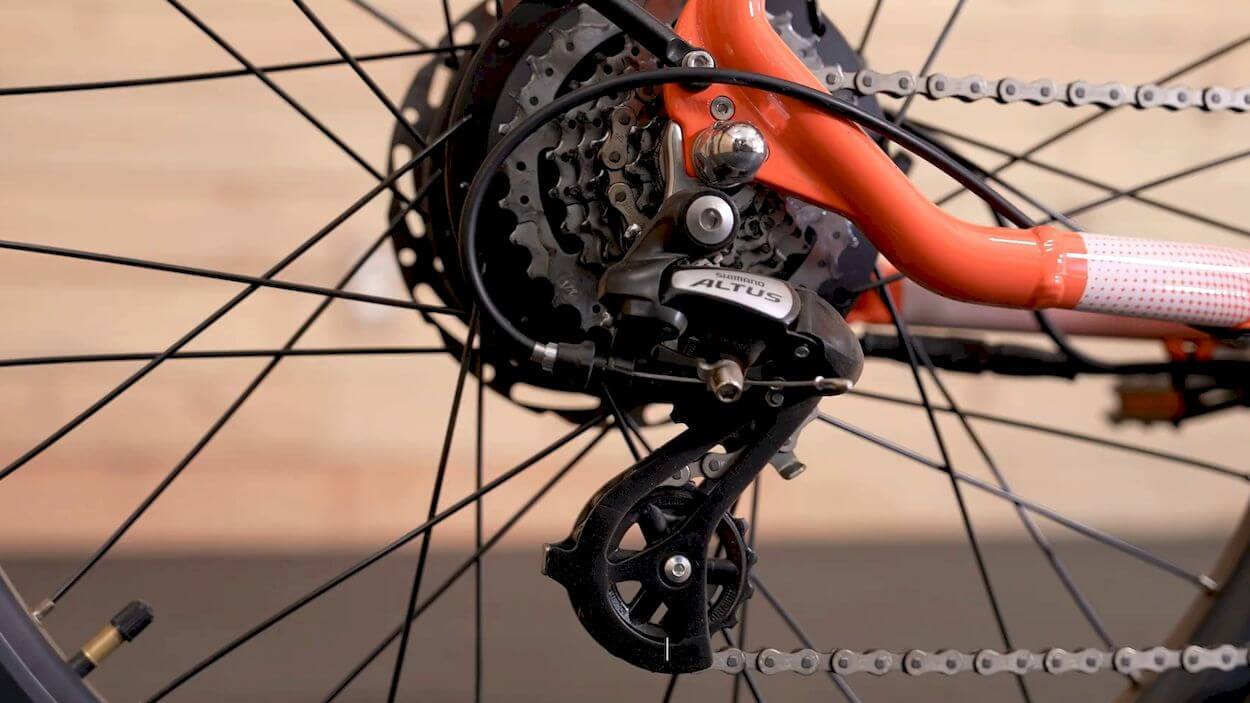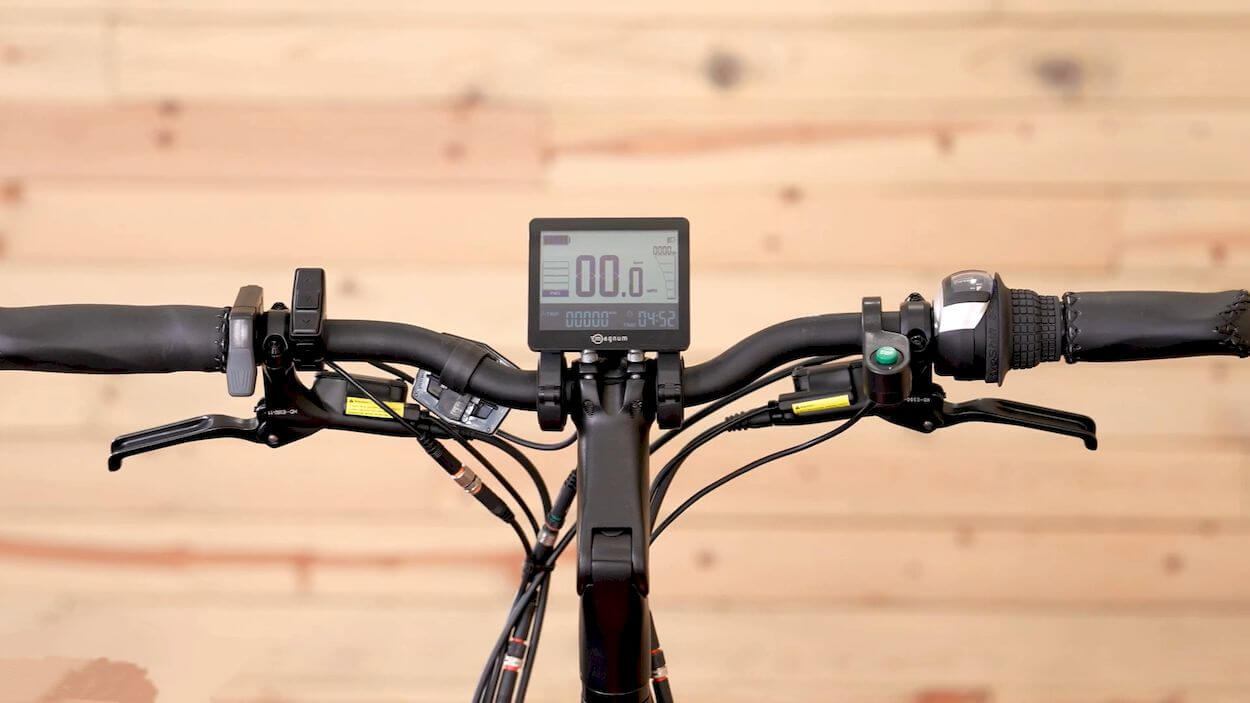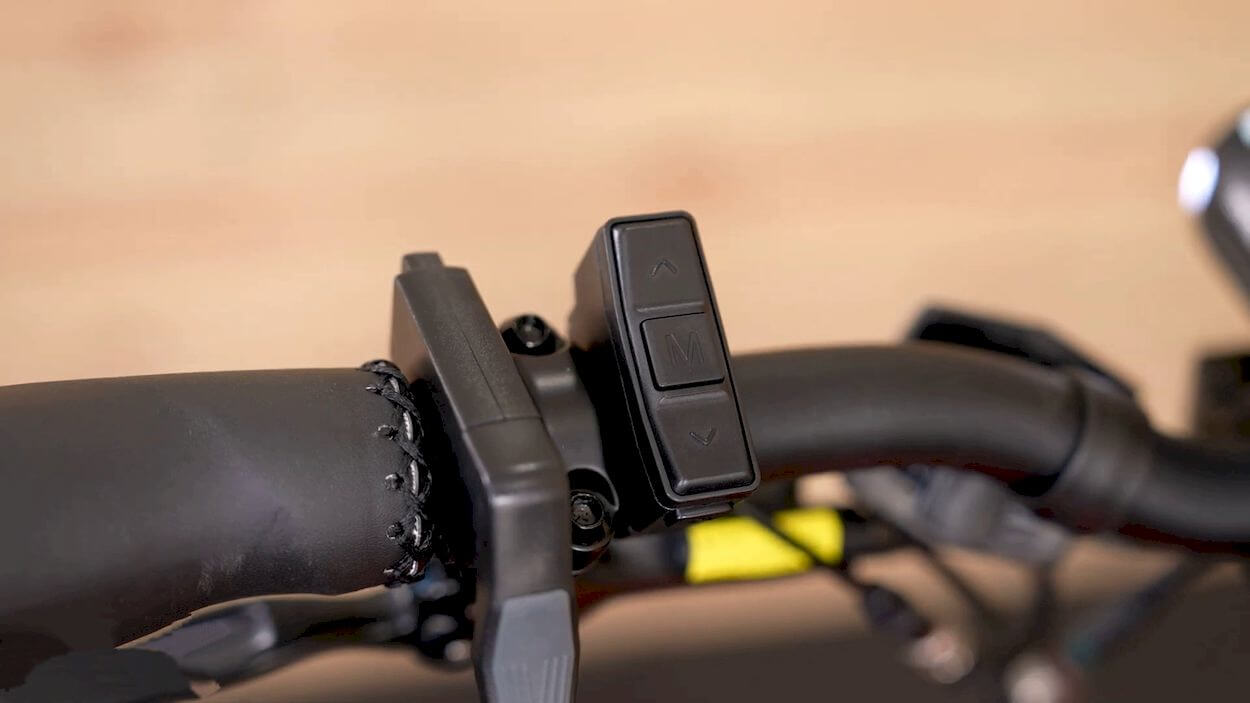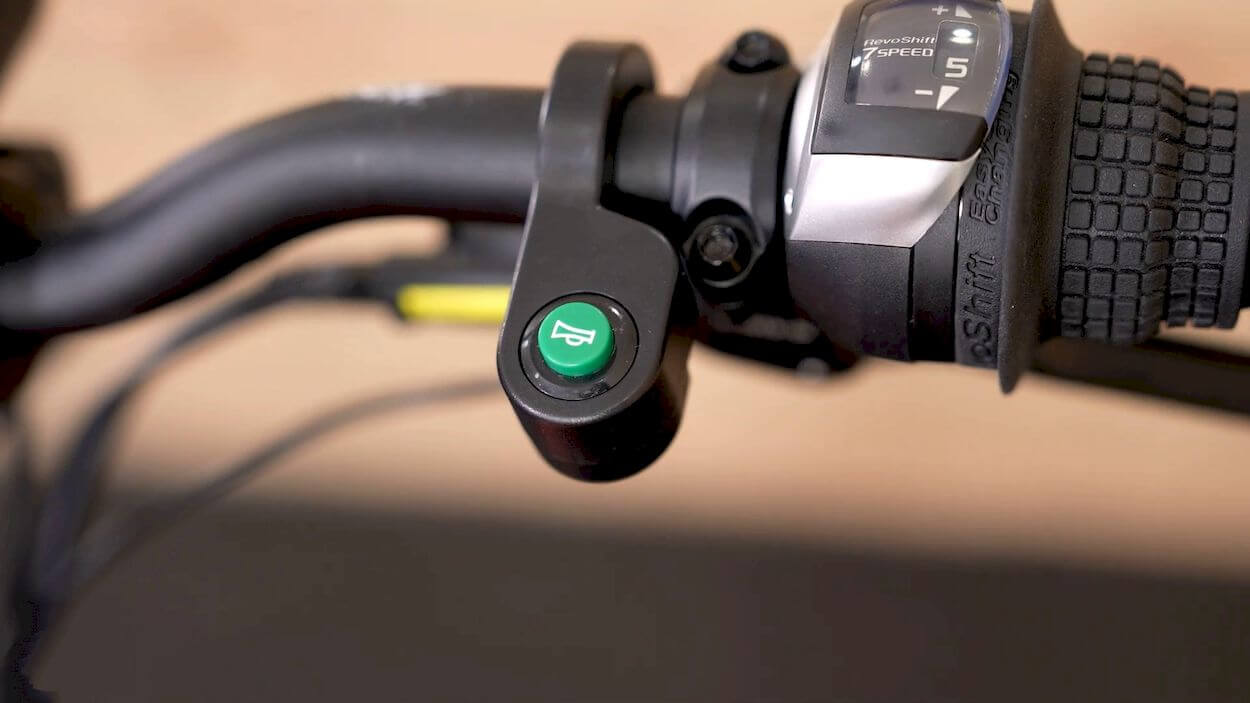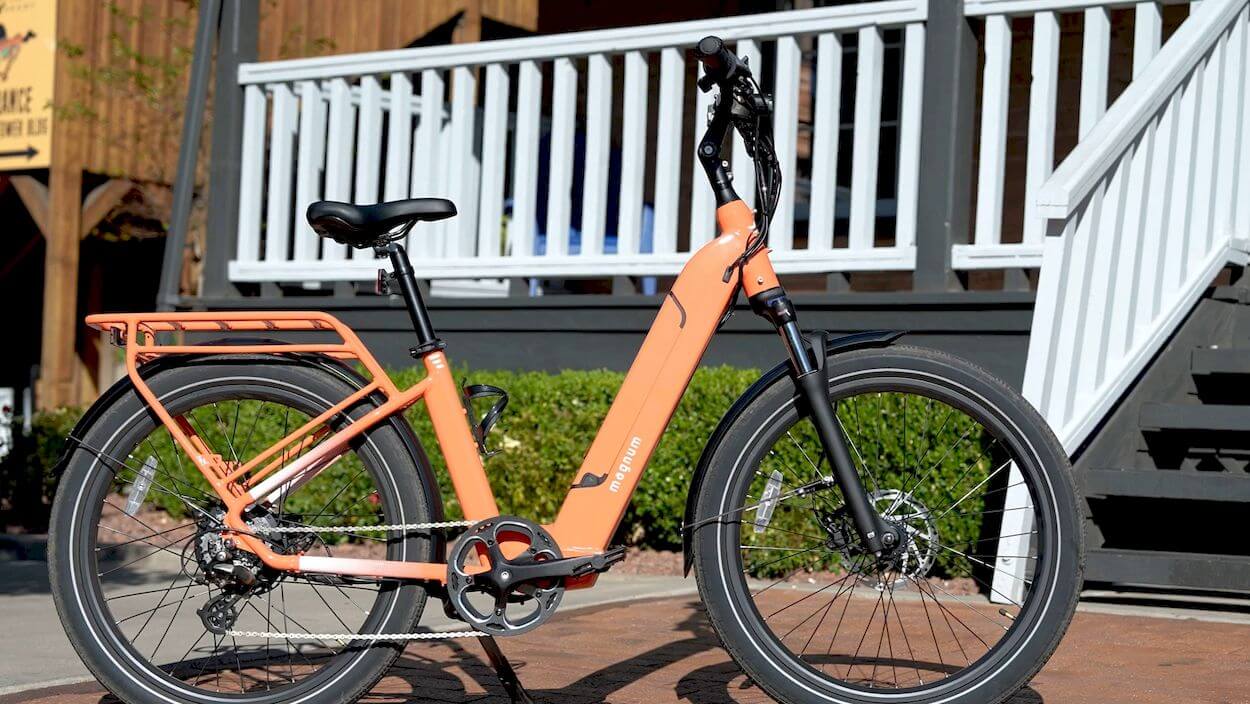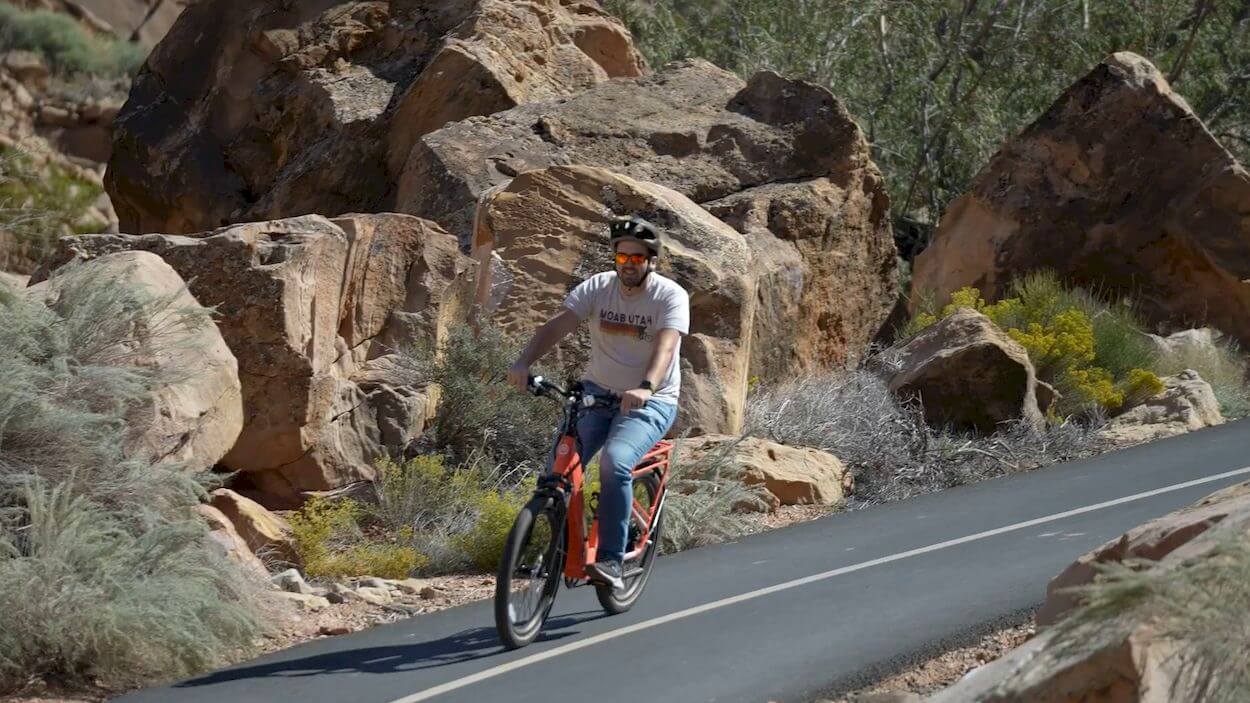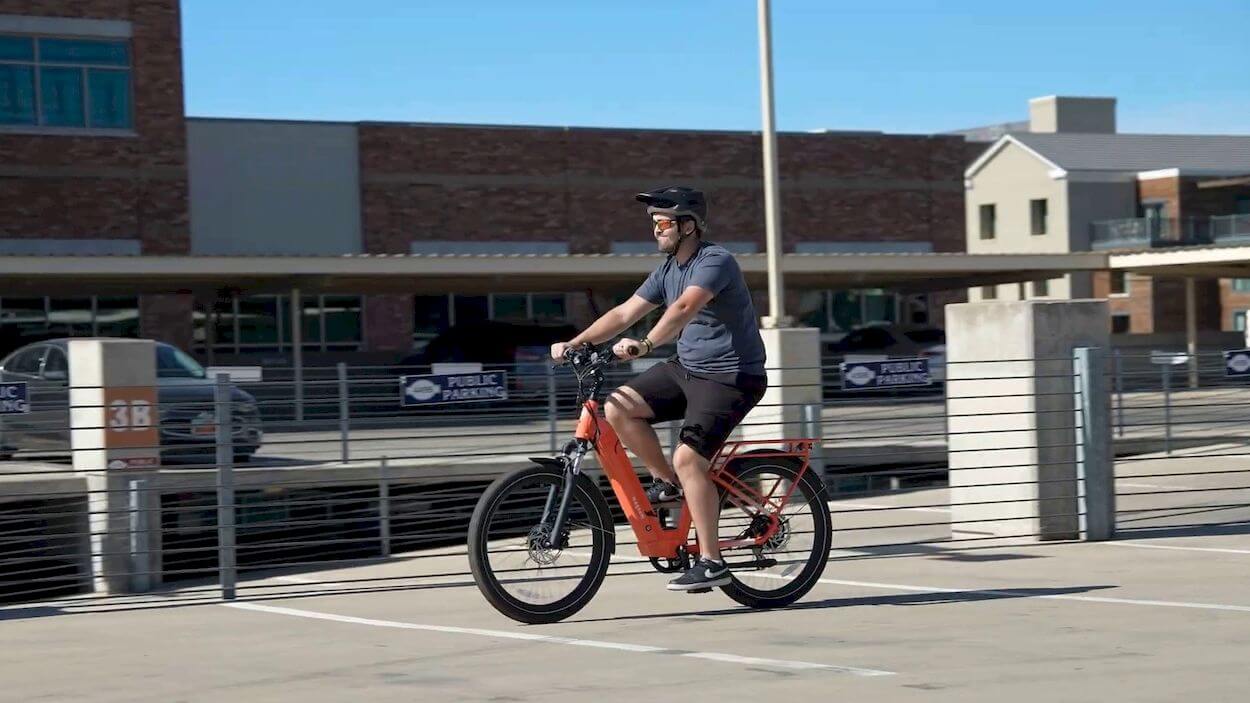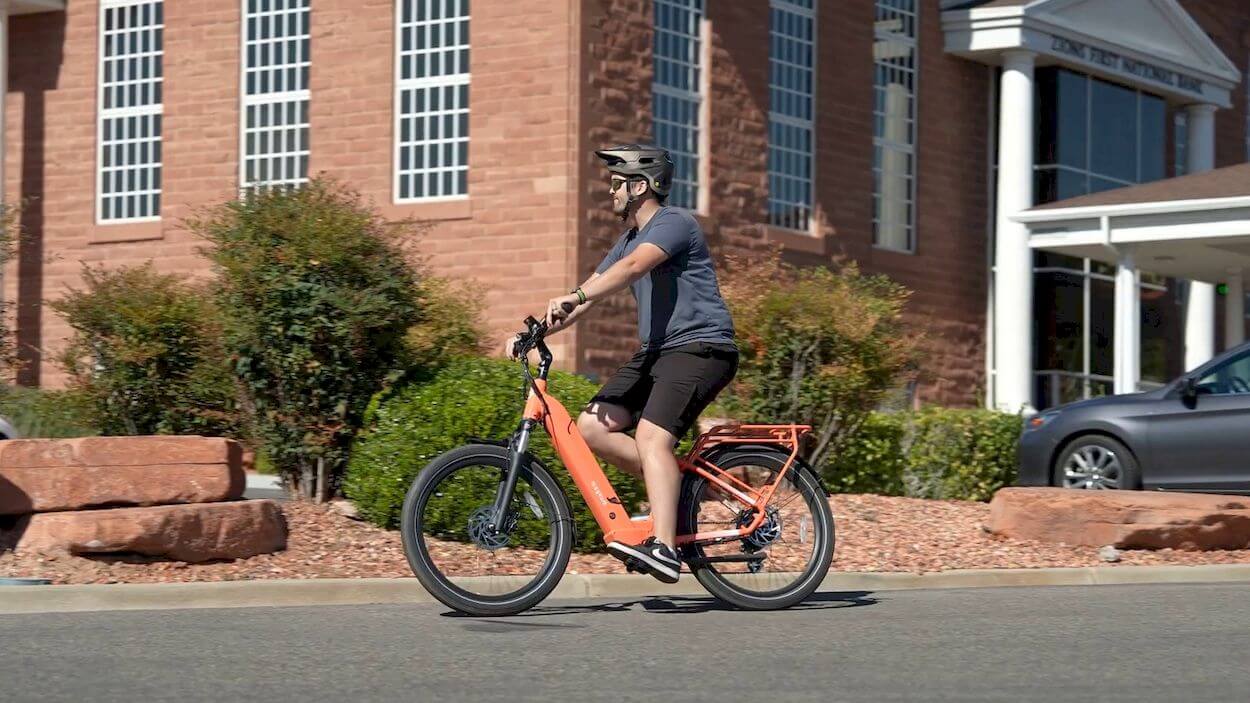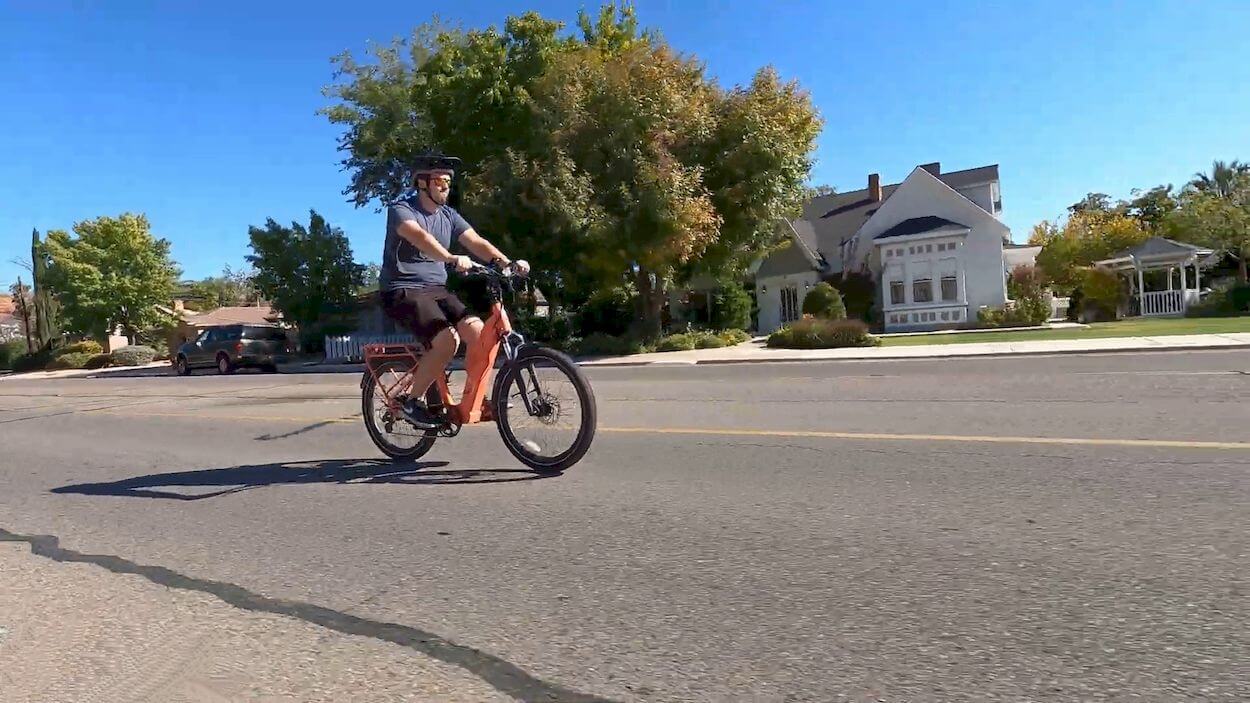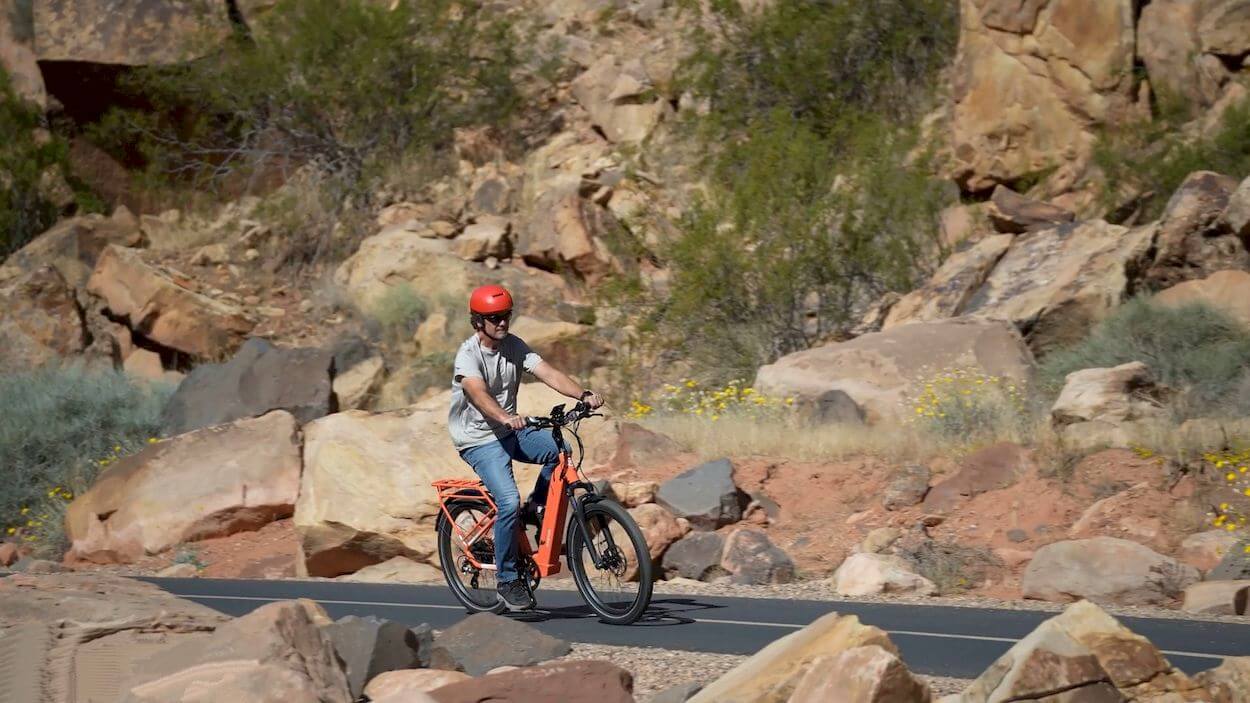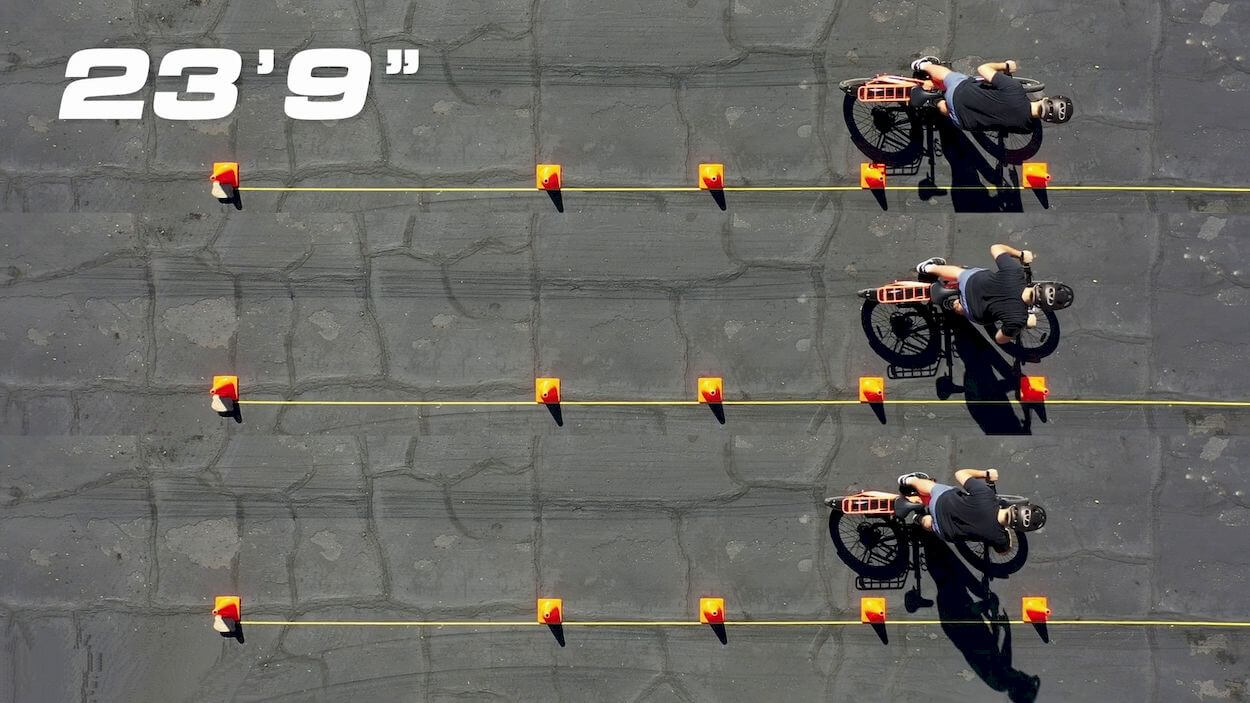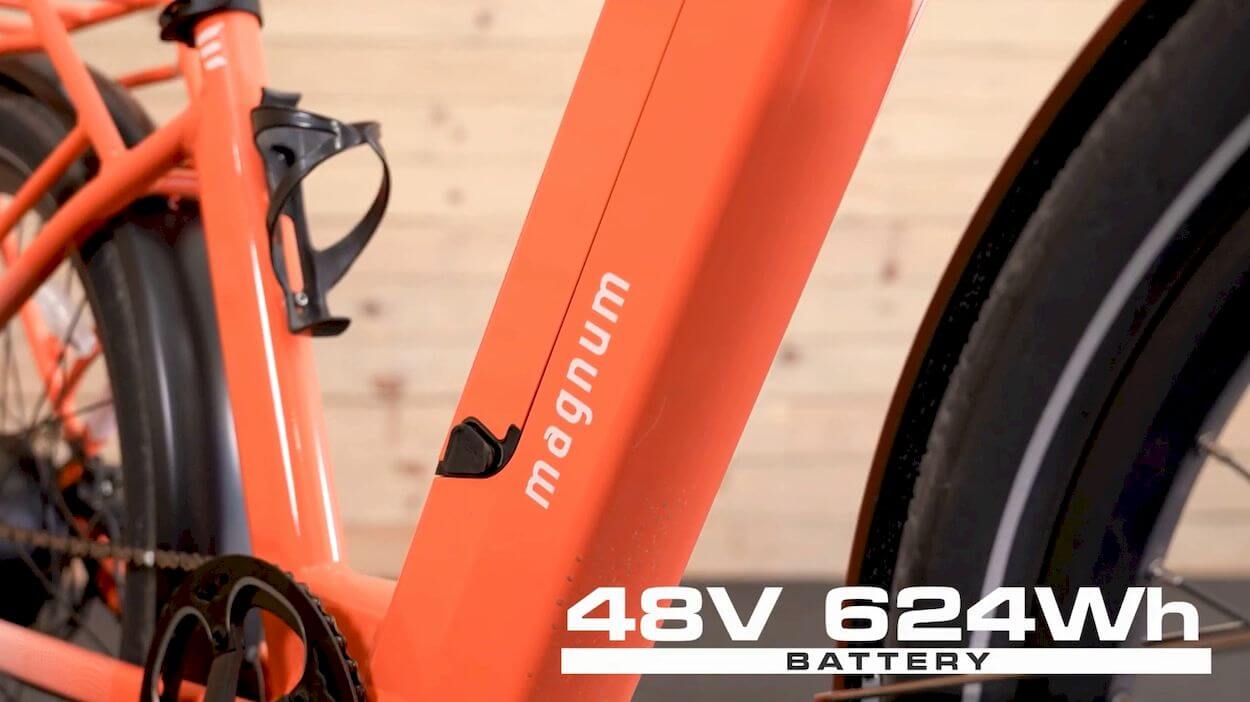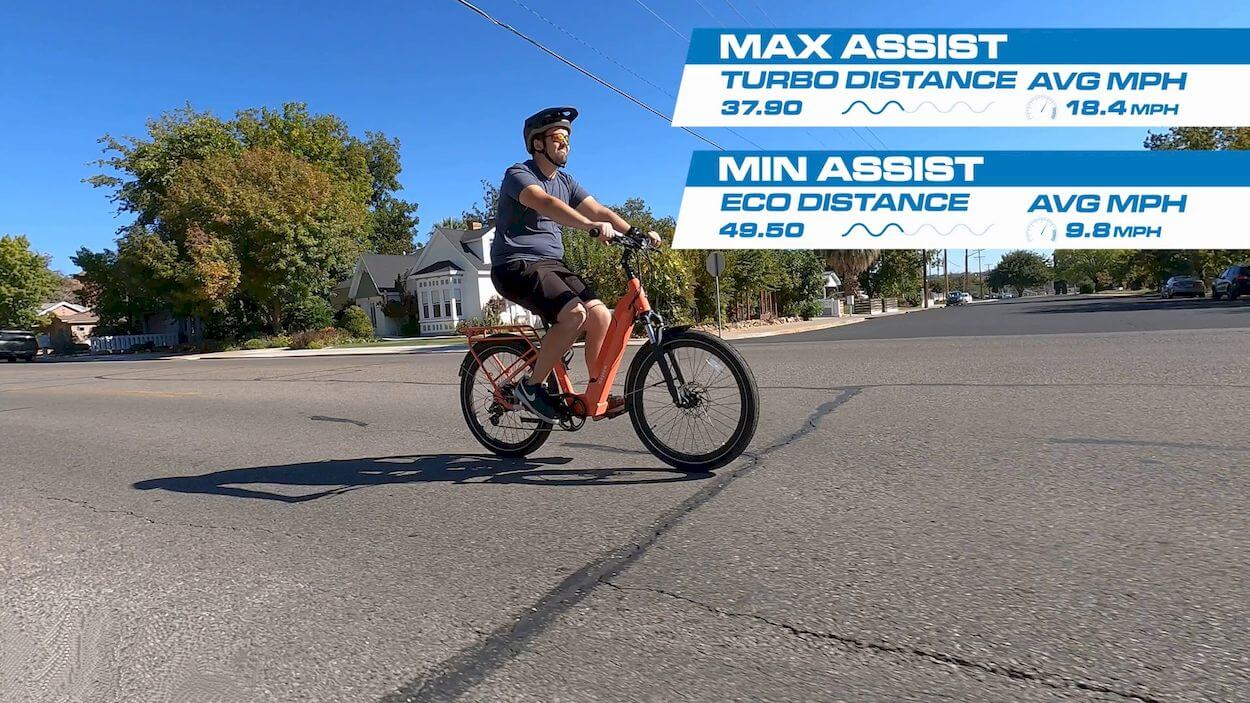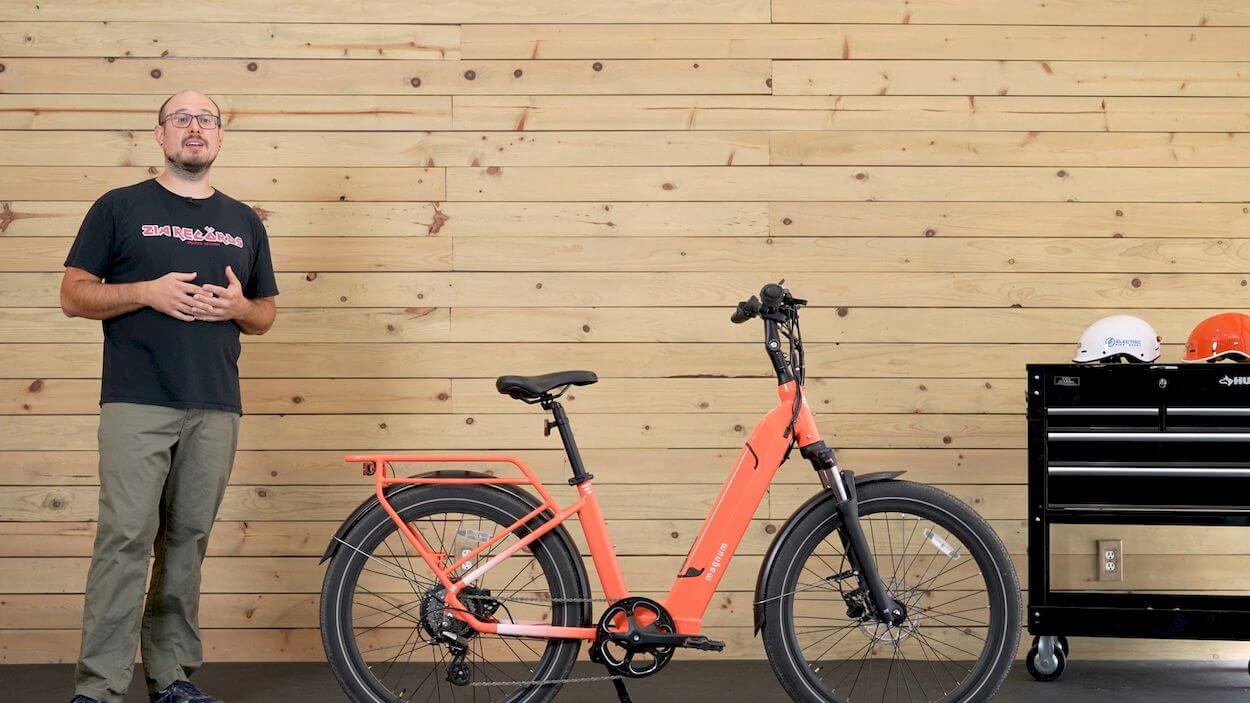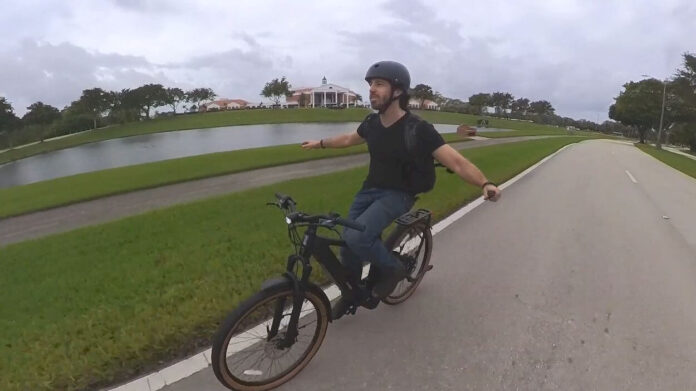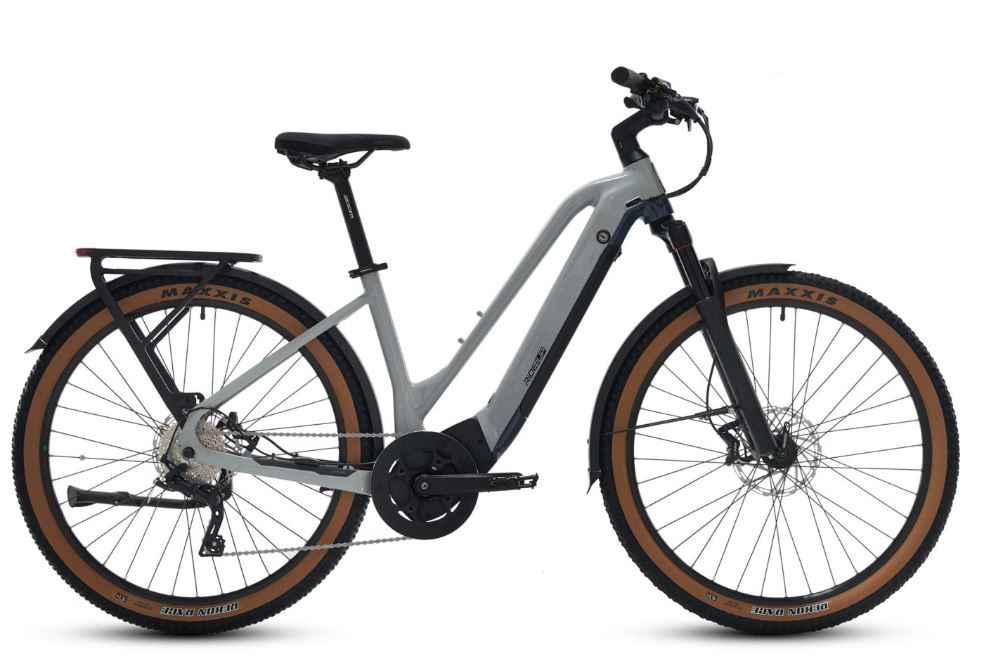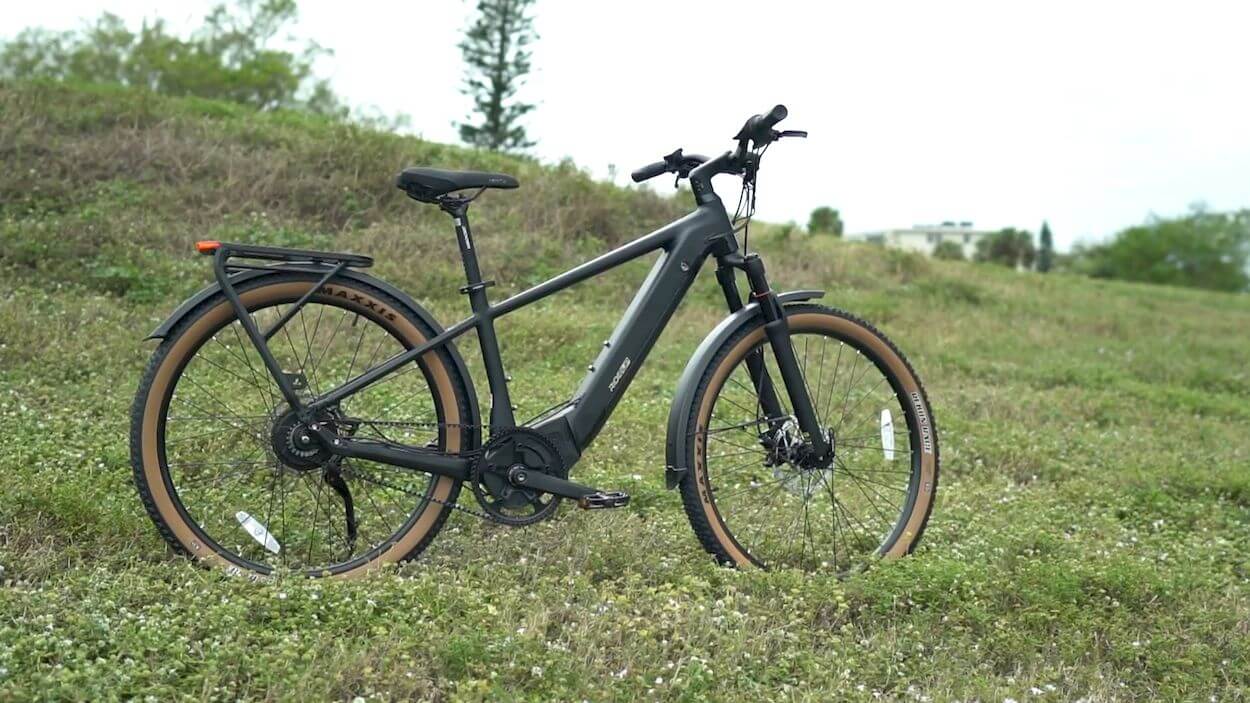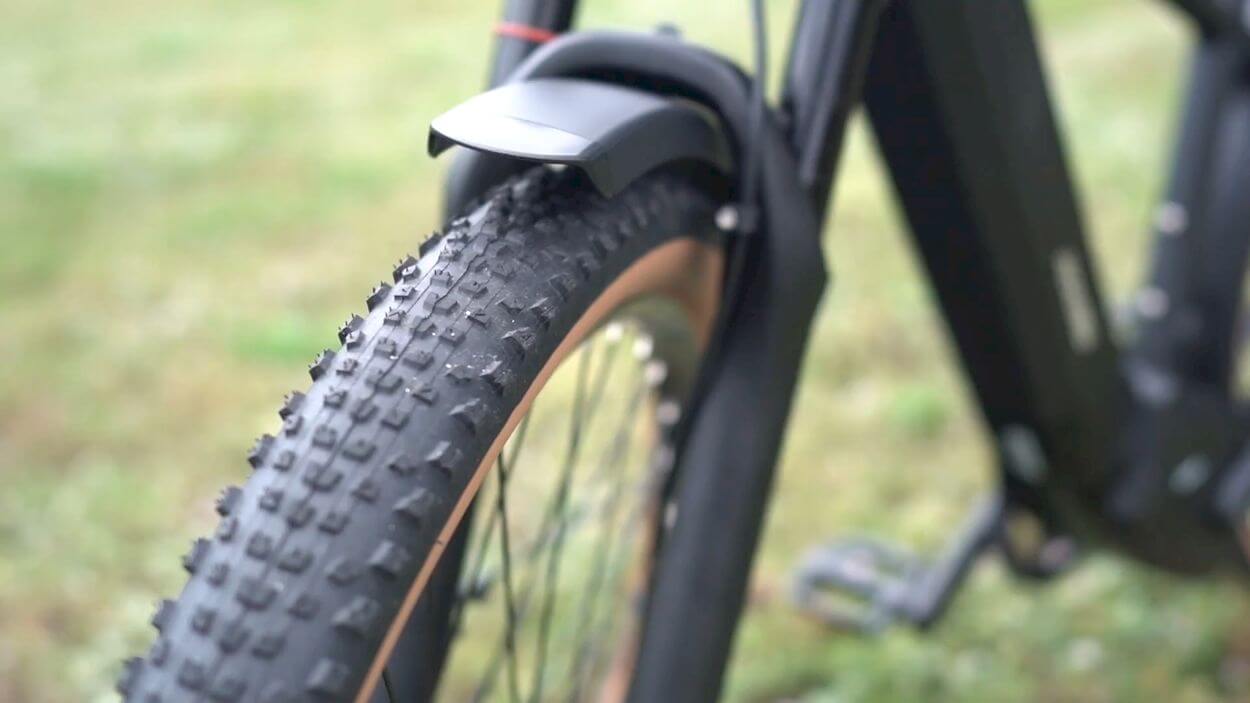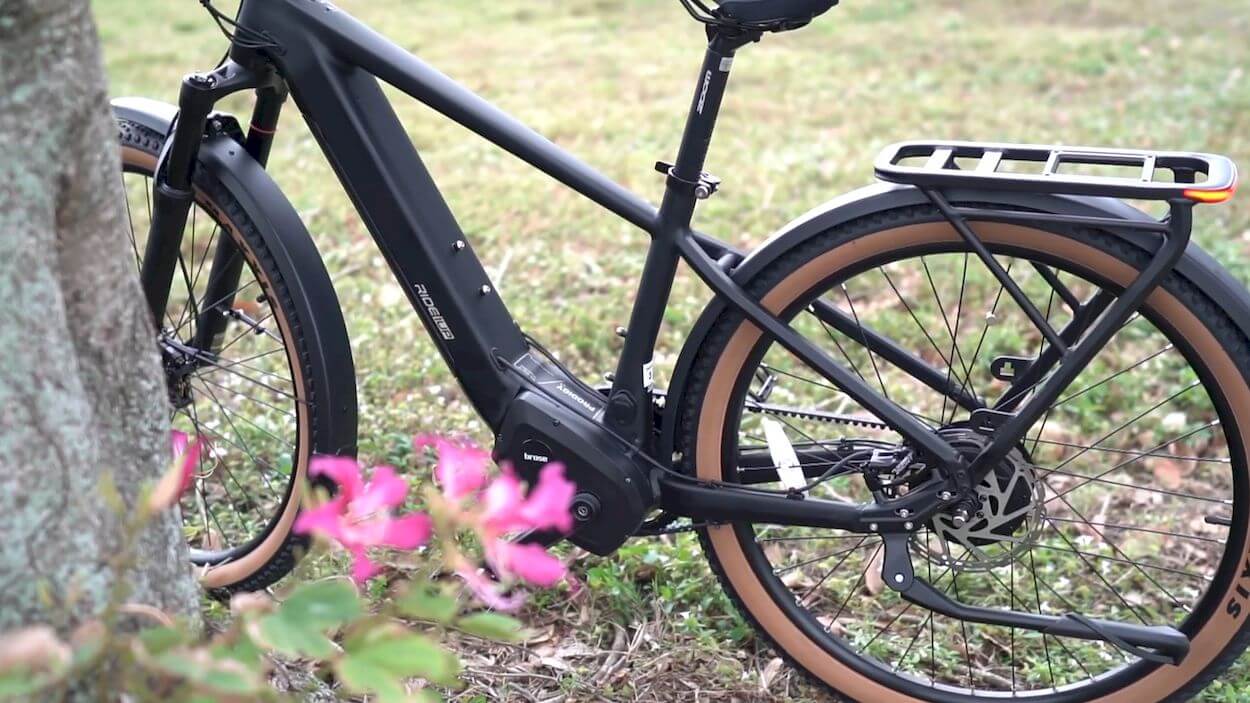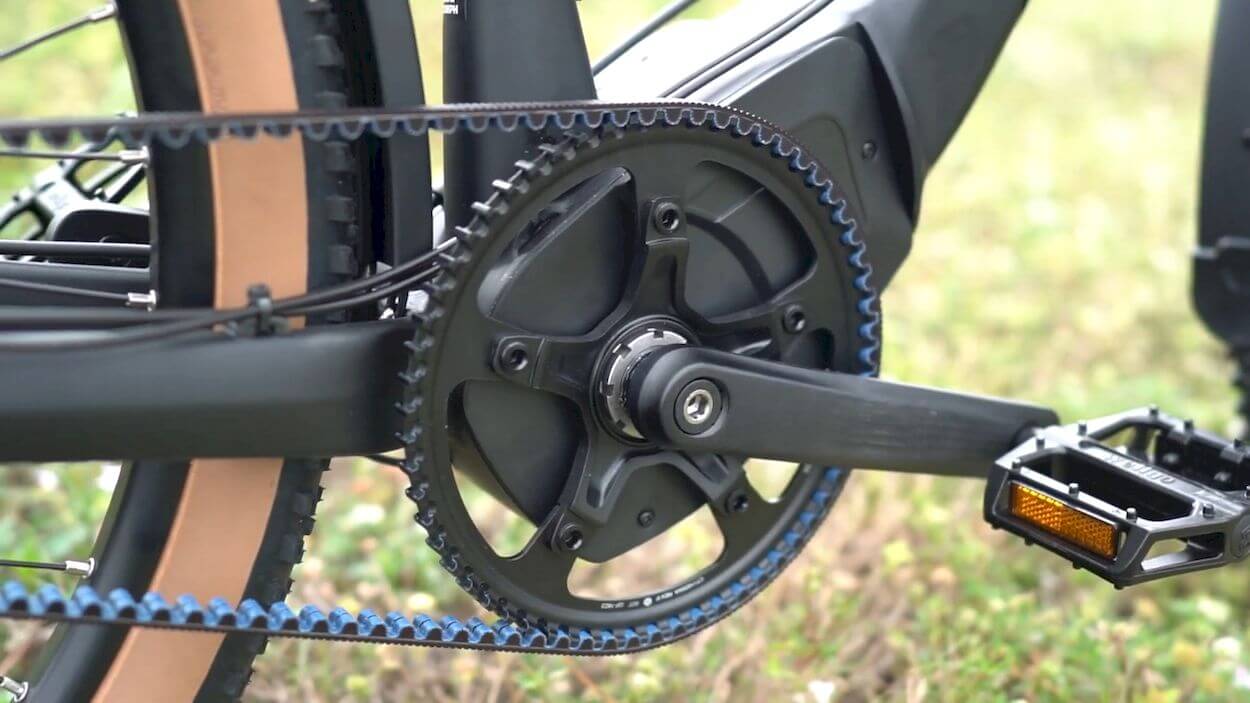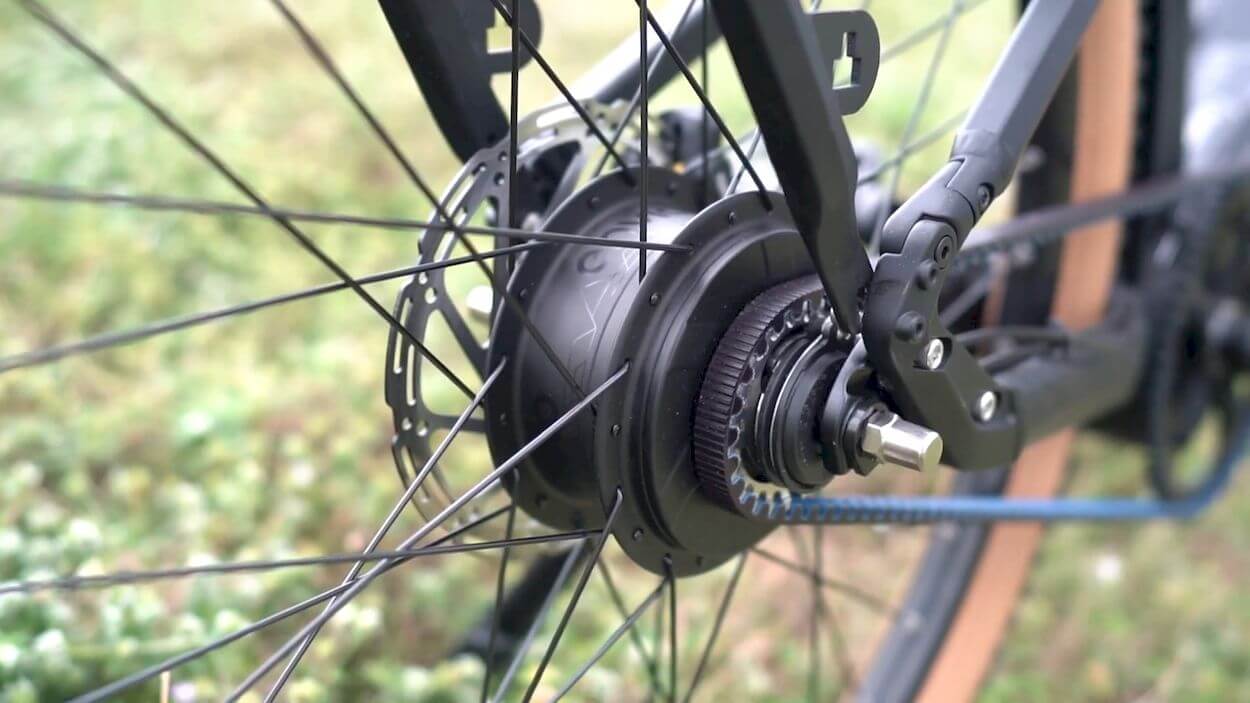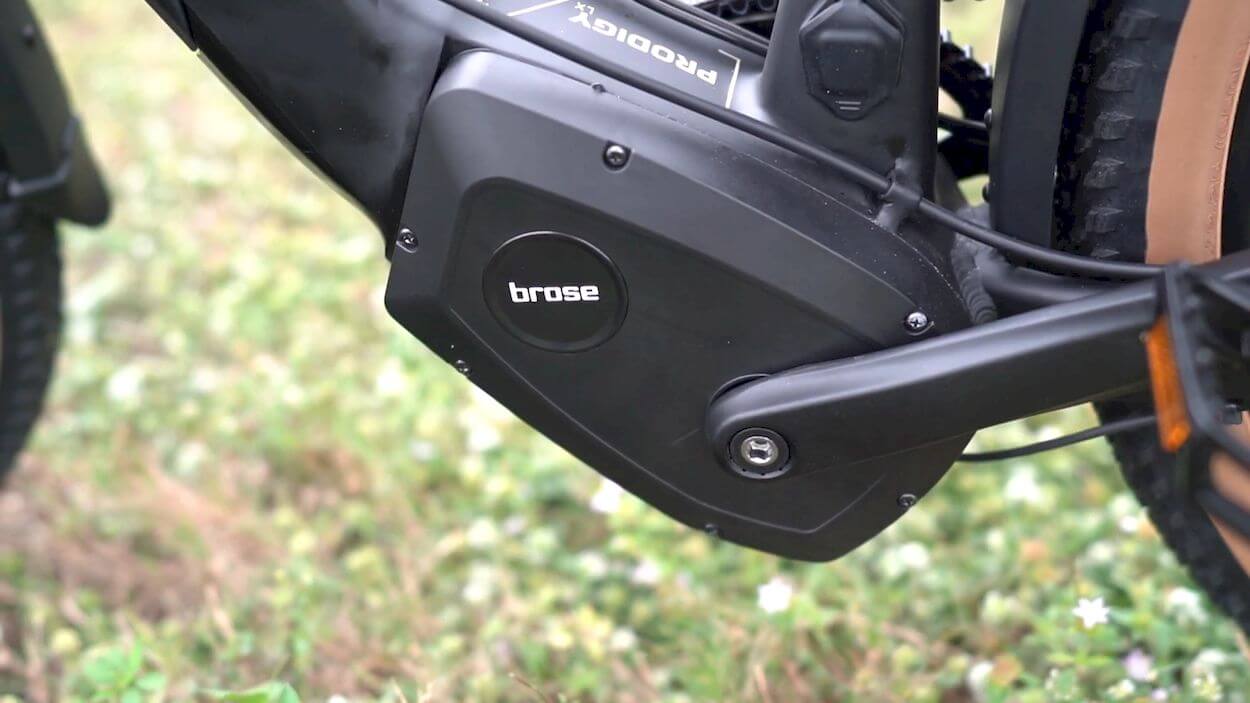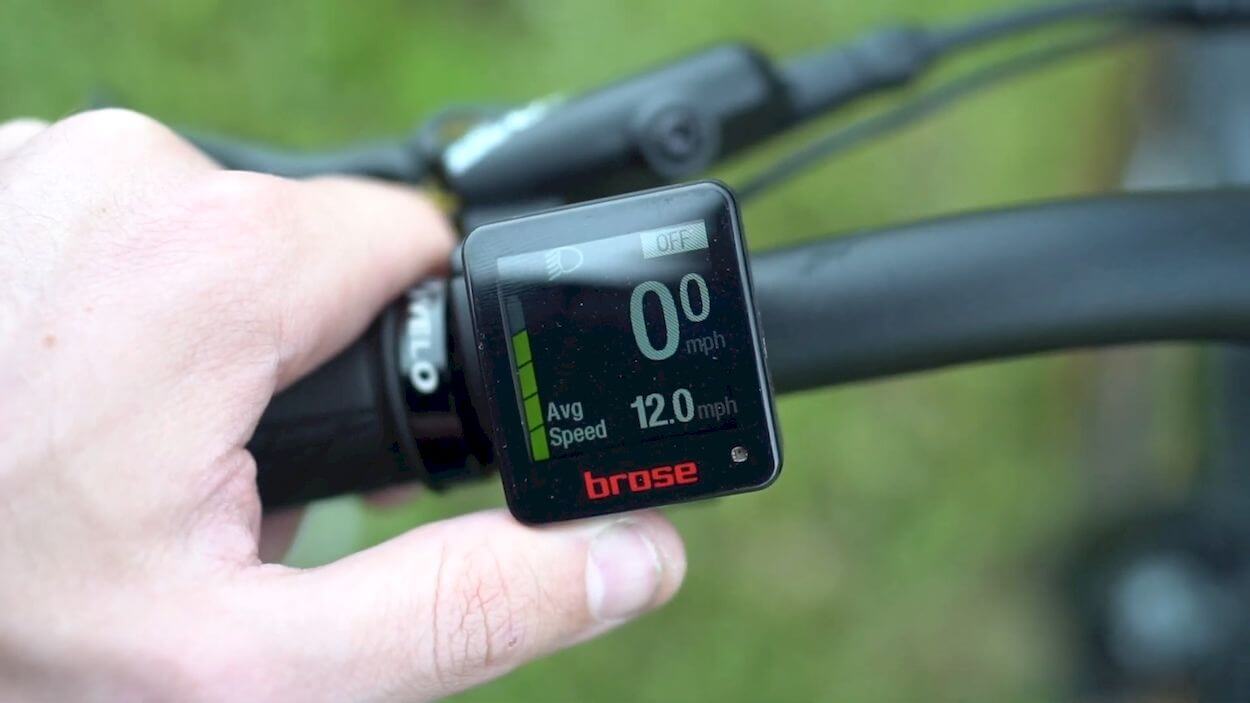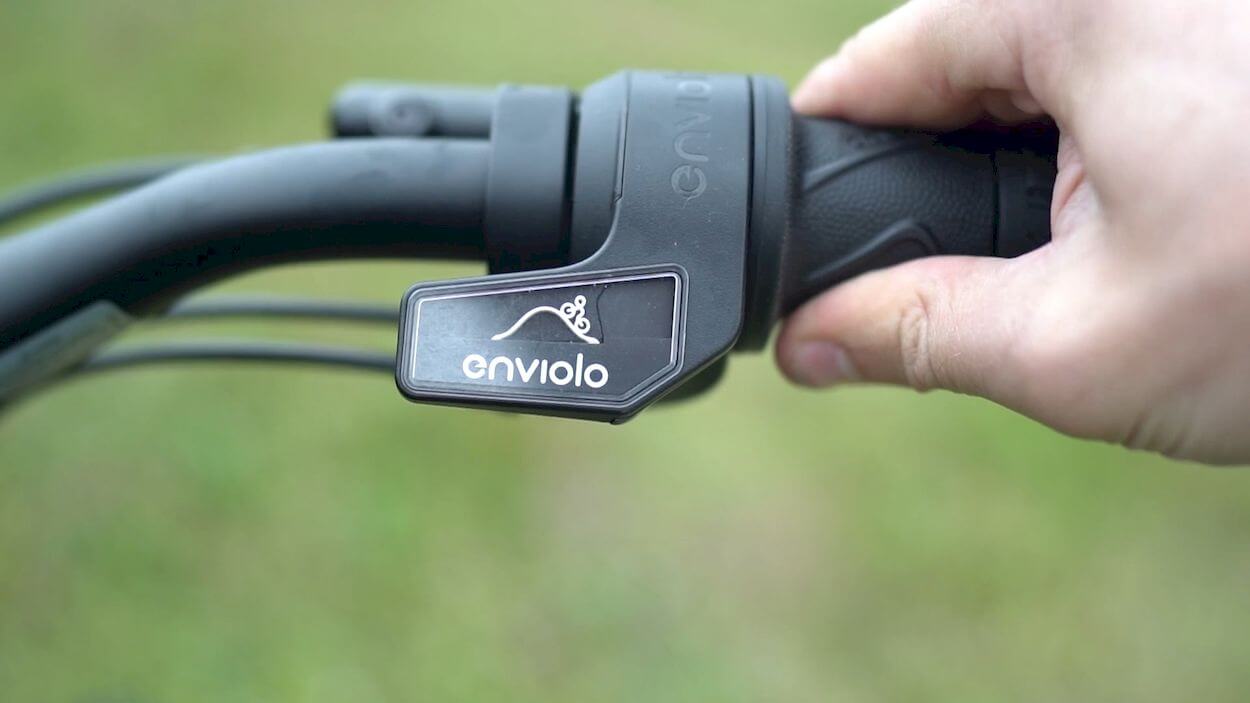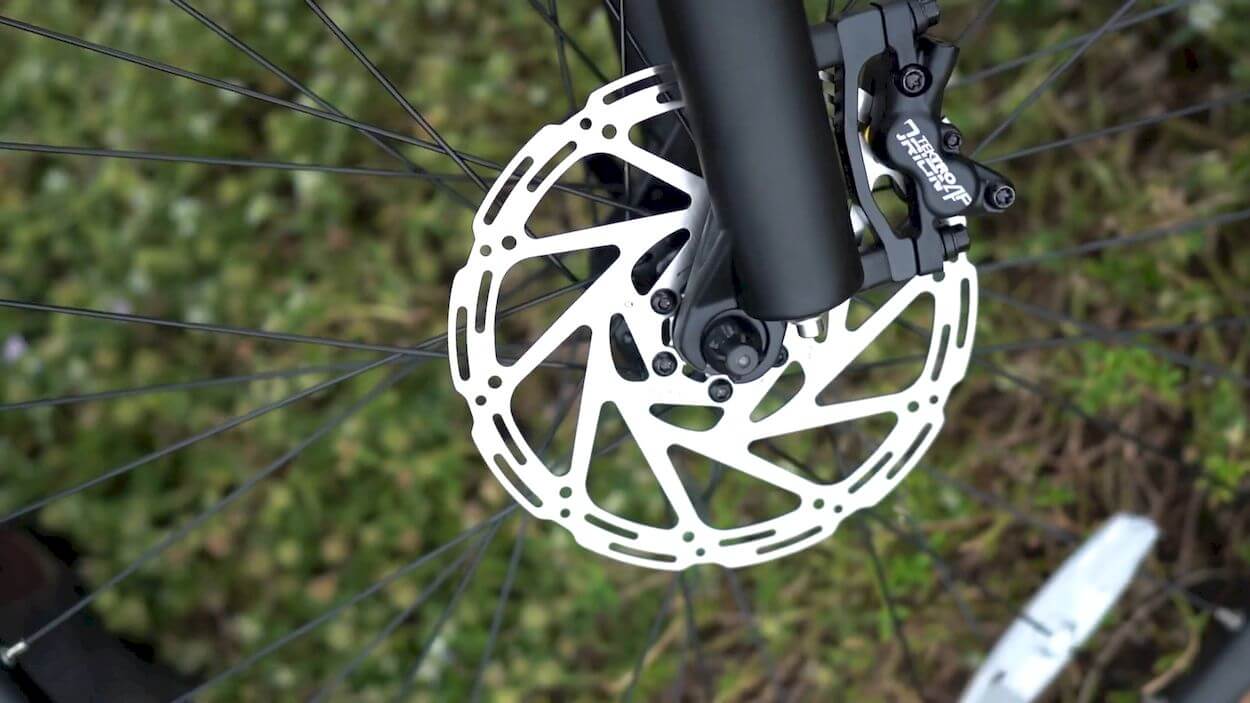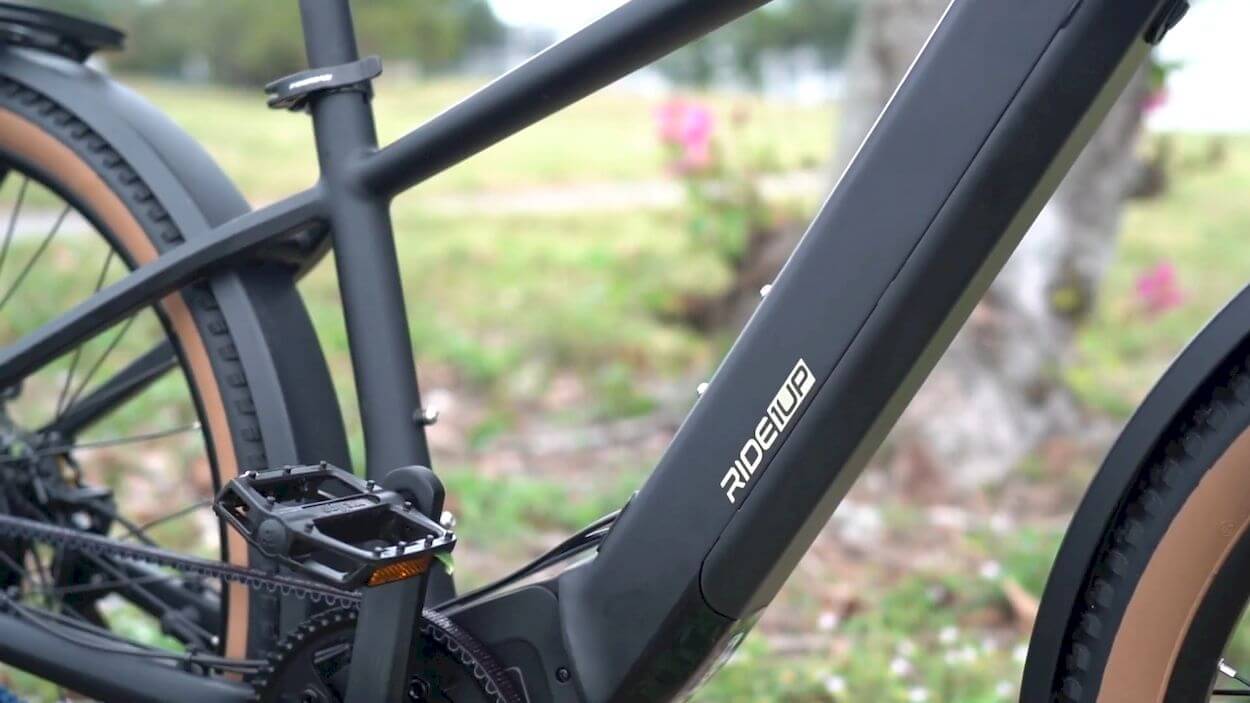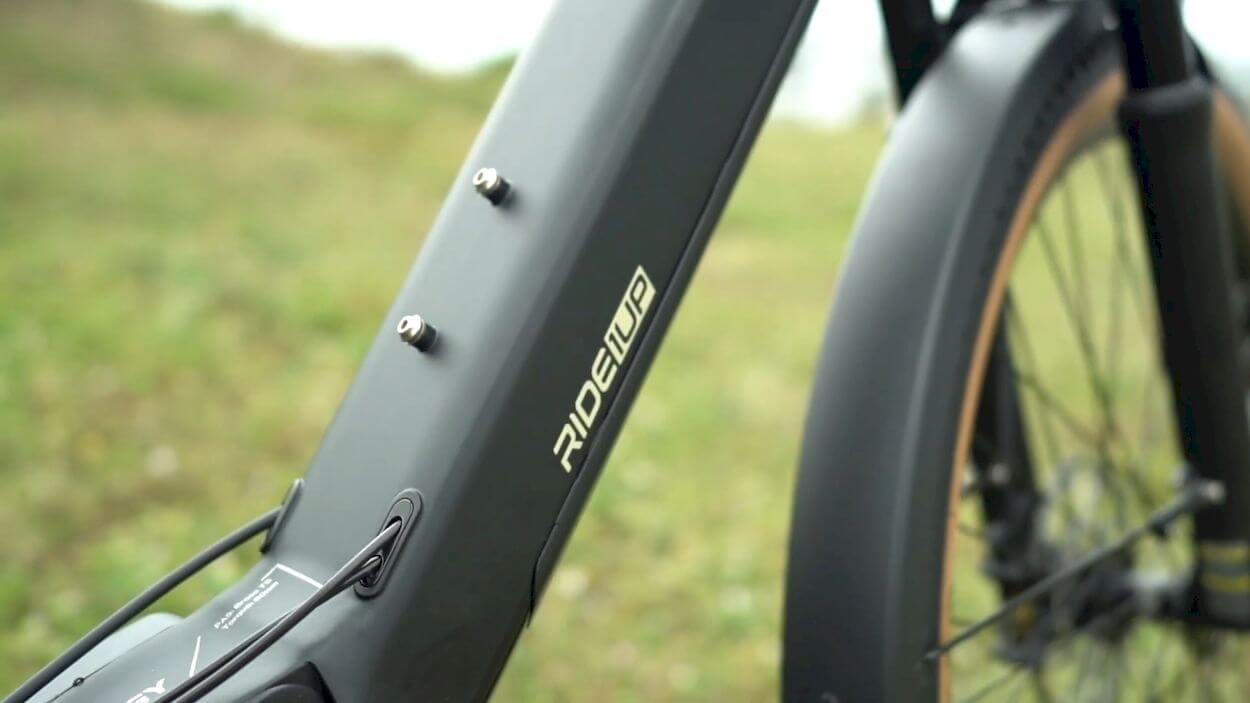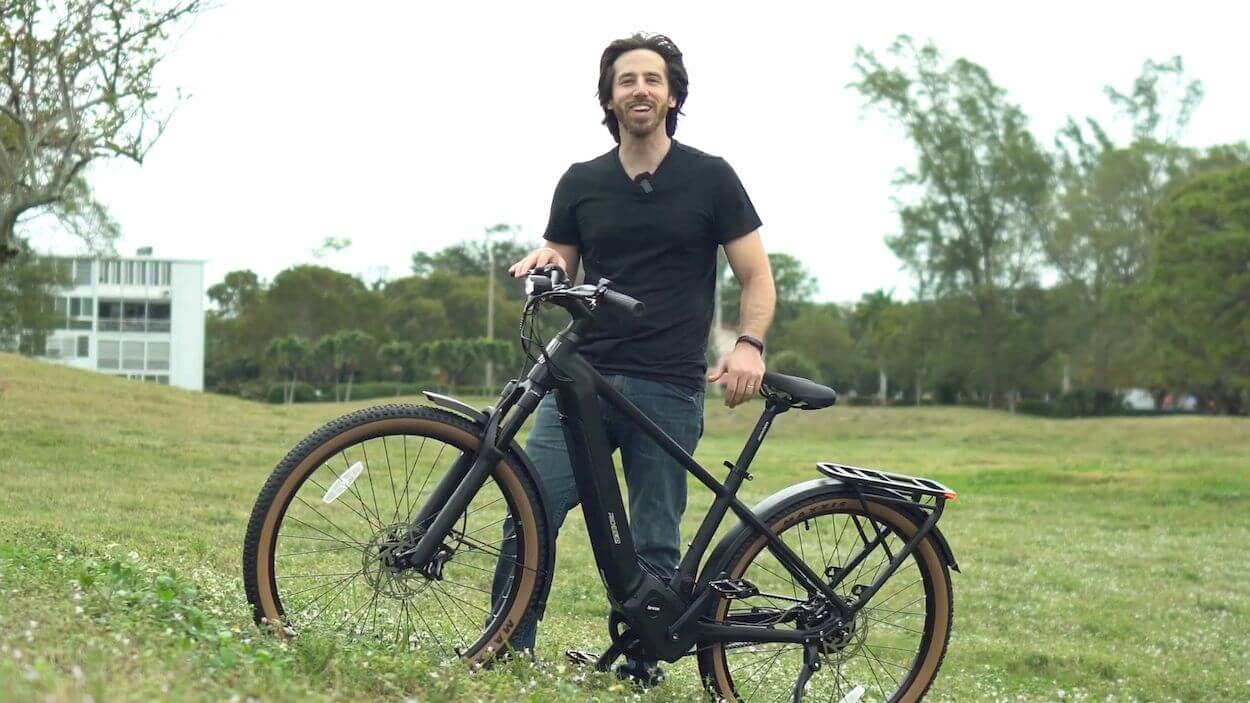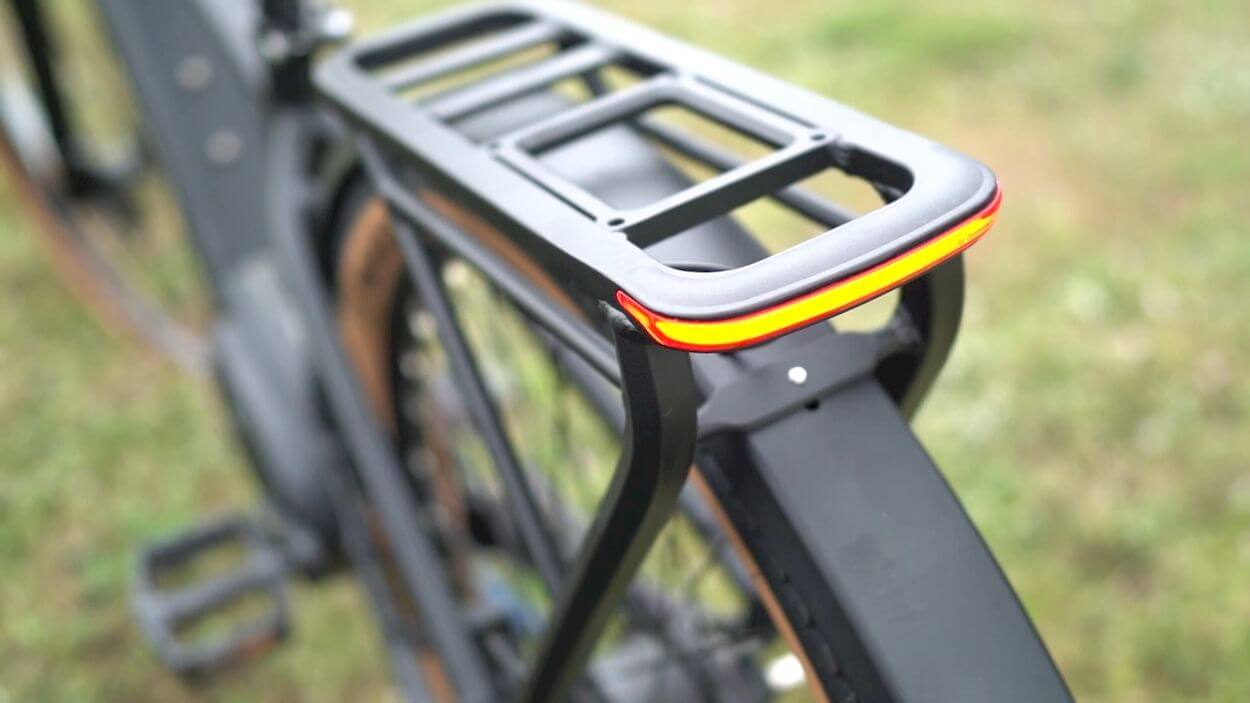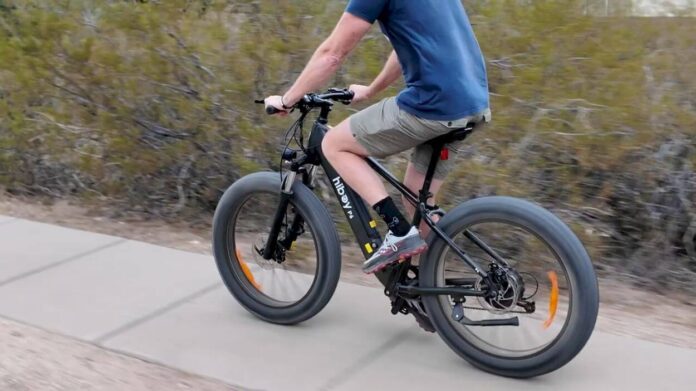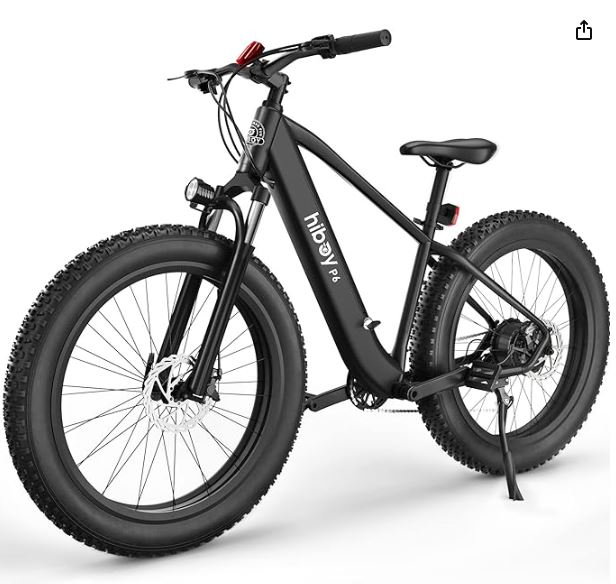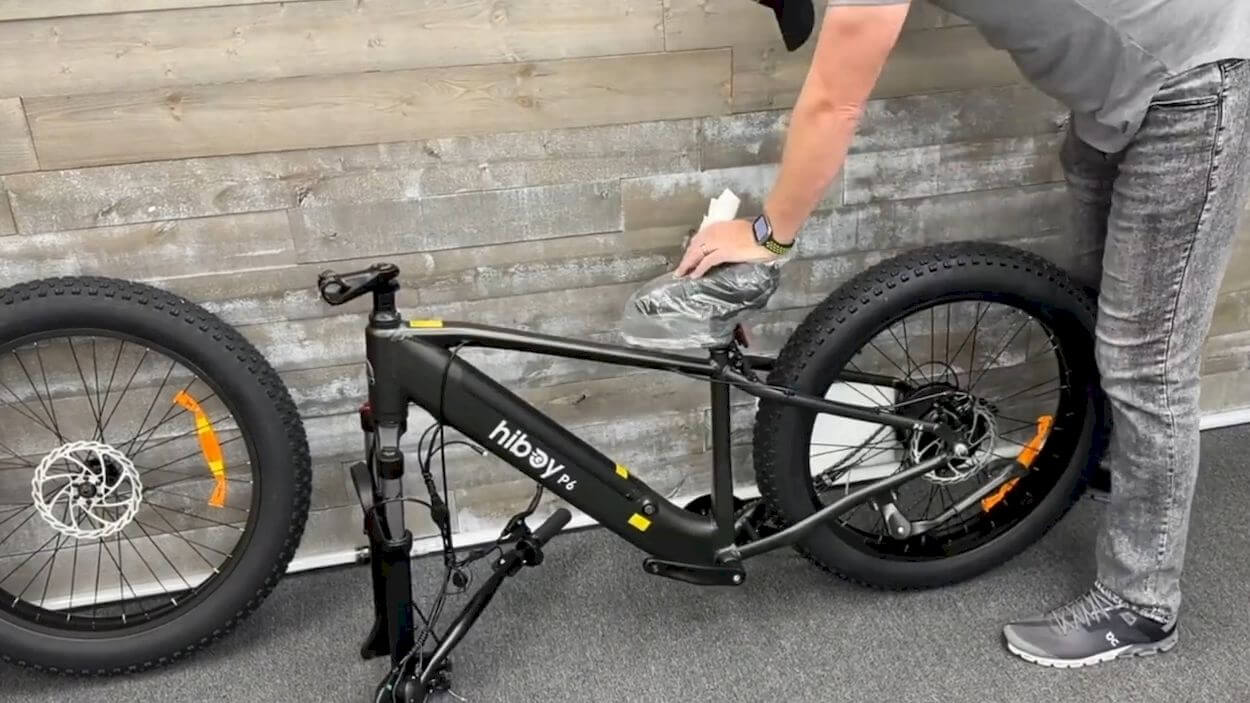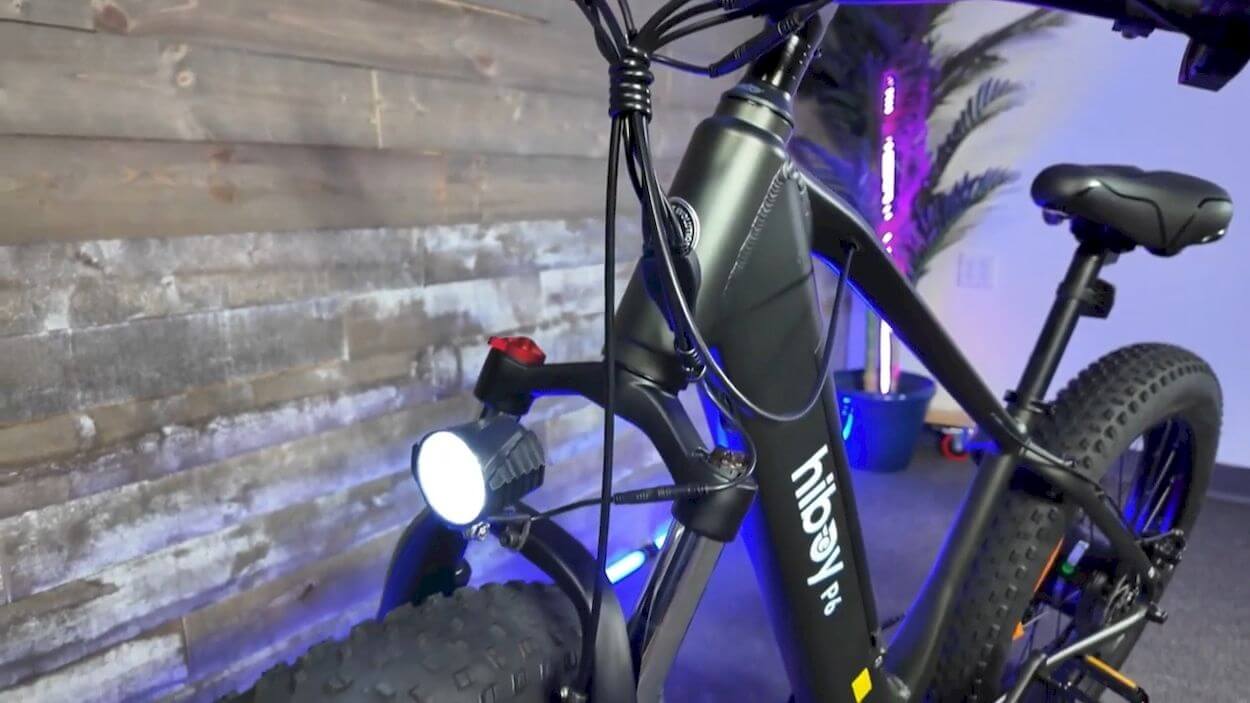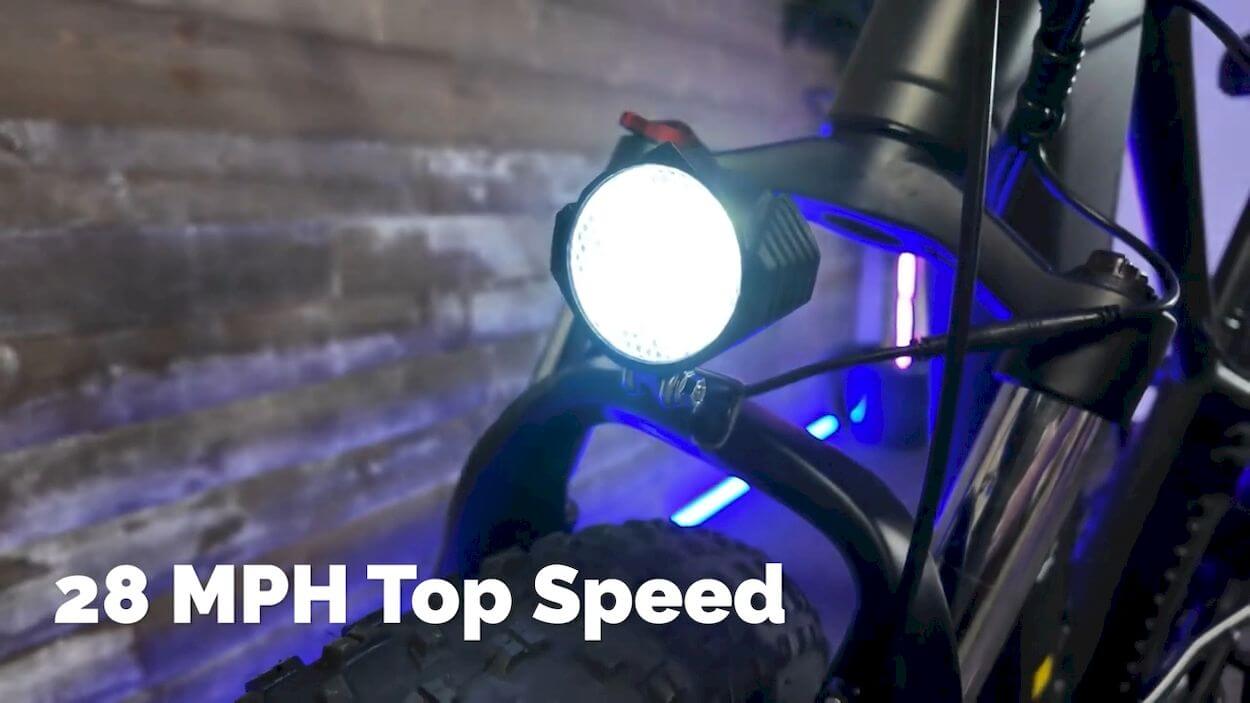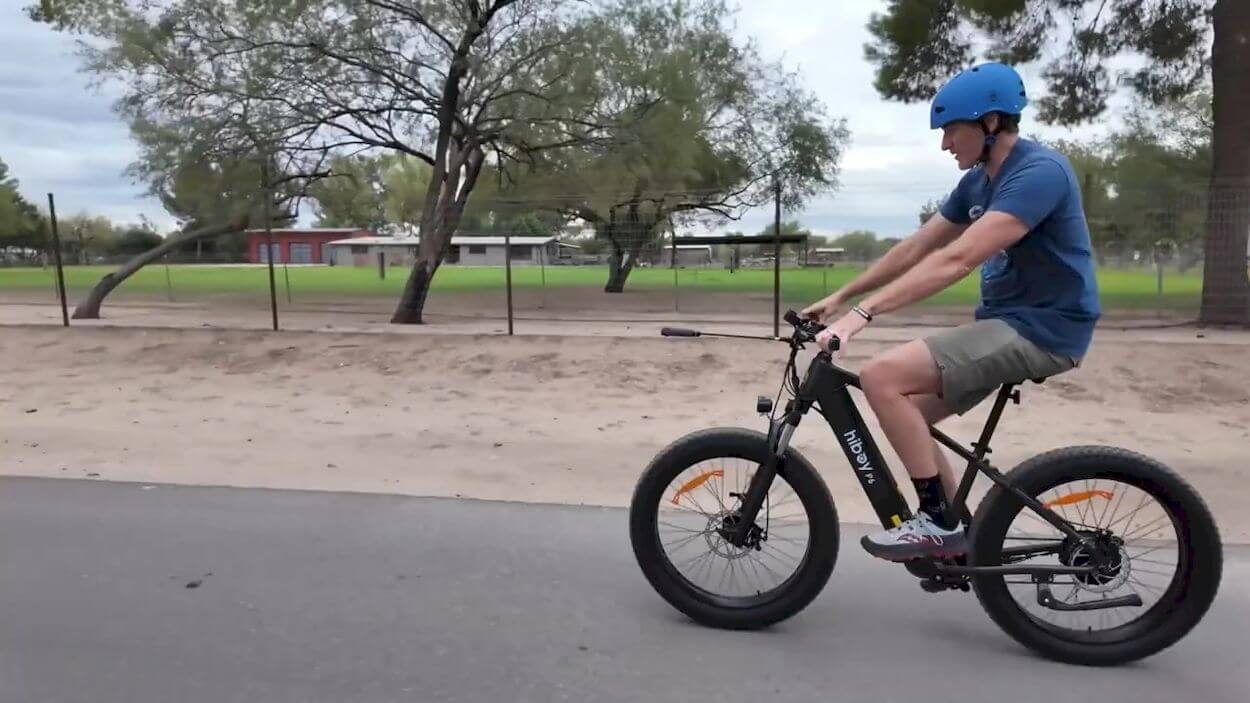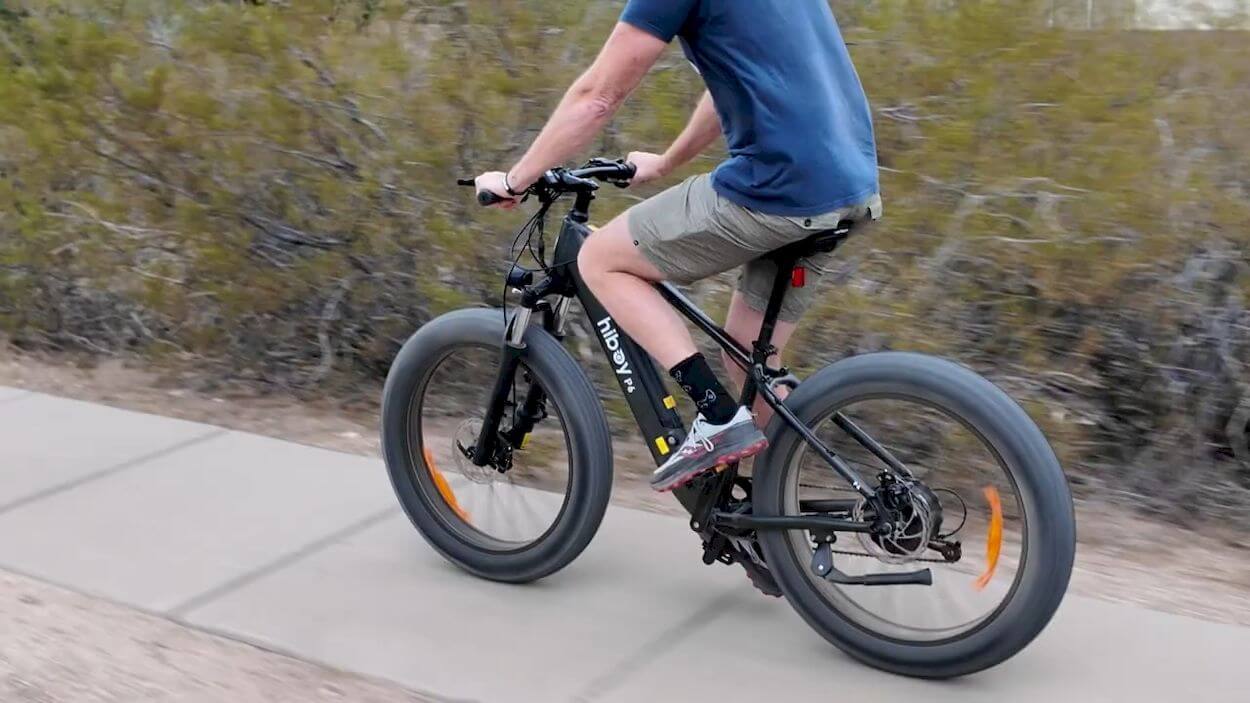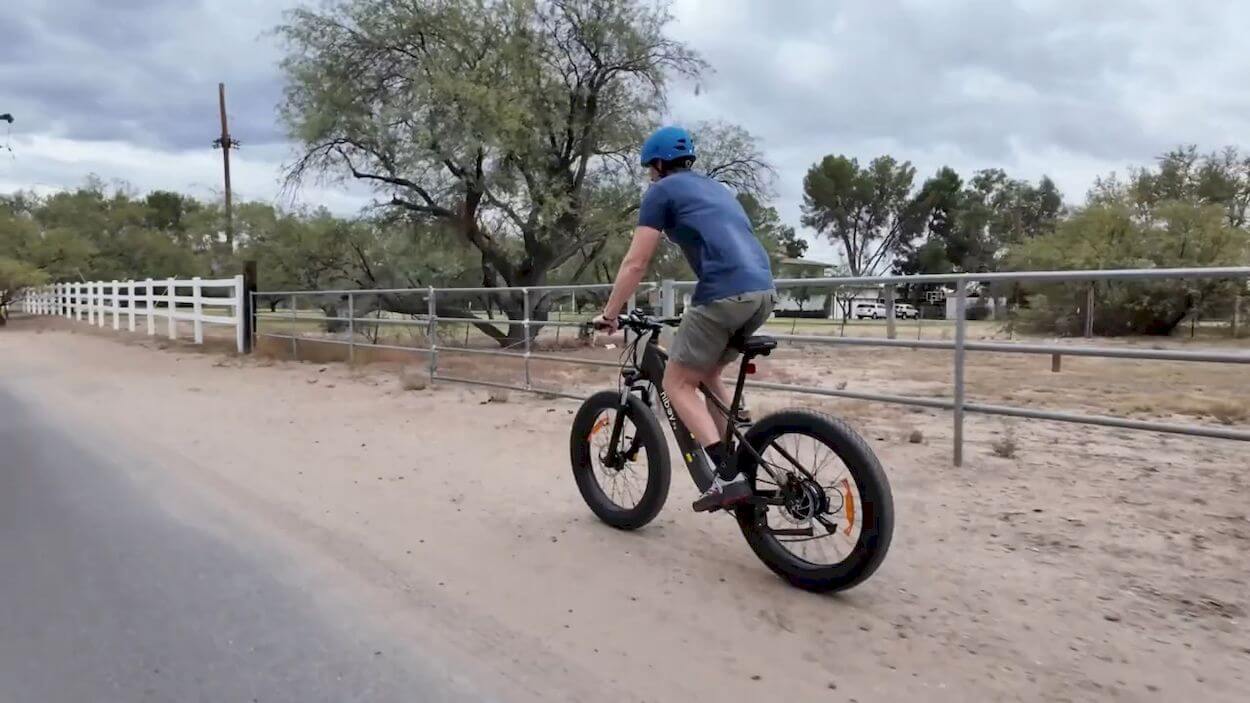Wa yeah, dude! The BoomBike Zeegr S1 is making bold claims in the realm of electric bikes. The dual motor Fat Tire electric bike boasts a thrilling top speed of 35 mph, promising an exhilarating riding experience. The anticipation builds as I express astonishment at the proclaimed capabilities of this powerhouse on two wheels.
The key specifications further heighten the excitement. The 48-volt, 22-amp battery pack suggests ample energy capacity, with a claimed range of 60 miles. This sets the stage for extended rides, catering to those seeking both power and endurance in their electric bike.
The claim of a peak power of 2,000 watts across the two motors reinforces the idea that the Zeegr S1 is designed to deliver a potent punch. However, I raise a crucial point – a call to action before making a purchase decision.
| Frame Material | Aluminum Alloy |
| Motor | 48V 2000W Dual Motor |
| Torque | 50-60 Nm |
| Motor position | Rear Hub Motor |
| Max Speed | 30-50Km/h |
| Speed | 7 Speed Shimano Gears |
| Brake | Hydraulic Disc Brake |
| Tire | 26 x 4.0 inches |
| Light | LED Front Light + Tail Light |
| Display | Colorful middle LCD 81F |
| Battery Capacity | 16Ah |
| Range per Power | 40-60km |
| Single package size: | 152X33X85 cm |
| Single gross weight: | 46.000 kg |
Unboxing and Design
Let’s kick off this review with a “boom” as we delve into the unboxing and design of the BoomBike Zeegr S1. Right off the bat, the bike makes a bold statement with its vibrant yellow wheels. The front wheel houses a stamped 1,000 Watts hub motor, and it’s not the only one – there’s an identical powerhouse at the rear.
The package includes user manuals, a guarantee card, tools, pedals, and a phone holder that connects to the bike battery for convenient phone charging.
The bike features a matching color scheme with gold stanchions on the fork complementing the yellow wheels.
The bike comes with lightweight plastic fenders from ZerBike.
The wide seat with a cutout in the middle is adjustable using a quick-release lever for ease of customization.
The bike includes a front headlight with adjustable angle and a rear light with various modes. A horn is integrated into the light for added safety.
The bike offers the option to switch between single and dual motor modes, delivering a snappy and powerful ride.
With five levels of pedal assist, the bike provides flexibility for various riding styles.
Despite being budget-friendly, the four-link rear suspension offers a comfortable ride, and the shock can be swapped out for customization.
The integrated phone holder with a USB charging port adds convenience for riders.
The BoomBike Zeegr S1 is not only a visual stunner with its bold design but also packs a punch with its dual motor setup, full suspension, and thoughtful features. While some questions about the dual-controller system remain, the overall package presents an intriguing option for e-bike enthusiasts looking for both style and performance.
The ride impressions seem promising, making the BoomBike Zeegr S1 a bike worth considering for those seeking an exhilarating electric biking experience.
BoomBike Zeegr S1: Driving Test
The BoomBike Zeegr S1 boasts a dual-controller setup, hinting at the potential for a substantial 2,000 Watts of power. However, as with any dual-motor system, the actual output may face limitations due to potential bottlenecks. Our first test puts this intriguing e-bike through its paces, tackling a challenging 20% grade.
With me weighing 200 lbs, even on single motor module and throttle-only, the Zeegr S1 almost conquers the steep grade without pedaling. The power is commendable, showcasing the strength of the hub motor.
Engaging dual motor mode on pedal assist 5 provides an impressive hill-climbing experience. The bike accelerates up the 20% grade effortlessly, hitting about 10 mph without any noticeable strain. This performance aligns with the expectations of most dual-motor electric bikes.
I noticed a couple of key observations during the hill climb. Firstly, the display screen appears relatively dim, making it slightly challenging to read under bright California sunlight. However, the built-in phone holder offers an alternative way to track essential metrics using GPS.
I explored the power delivery by testing the throttle on pedal assist 1. The bike exhibits significant power up to 12 mph, confirming the presence of a cadence sensor.
Moving through the pedal assist levels, the Zeegr S1 showcases a good kick of power, maintaining comfortable cadence and speeds. Each level introduces more power, reaching up to 25 mph on pedal assist 4.
A 0 to 20 mph acceleration test highlights the bike’s rapid acceleration, reaching high speeds quickly. The forward seating position contributes to better weight distribution, allowing me to maximize power delivery.
I compare acceleration on dual motor versus single motor modes, noting a considerable difference in power output. The dual motor configuration significantly enhances acceleration capabilities, making the bike a speed demon.
I note that the display screen’s visibility might be an issue in bright sunlight, but the built-in phone holder can serve as an alternative information source.
The riding position, slightly elevated on the handlebar, resembles a mountain bike style. This position aids in weight distribution and complements the dual crown front suspension and air shock on the rear, providing a comfortable riding experience.
I observe that the brakes may need some bedding in as they don’t grab super hard out of the box, a common occurrence with new hydraulic brakes.
The BoomBike is put through its paces as I test its top speed, navigates through challenging terrains like sand, and shares final thoughts on this dual-motor powerhouse.
Initiating the top speed test, I go full throttle and accelerate through the gears. The bike demonstrates an initial easing of power before reaching speeds of 15, 25, and finally 31 mph. However, there’s a hint that the bike might have more to offer as the GPS indicates a speed of 32 mph, slightly surpassing the speedometer’s reading.
Curious about the bike’s true capabilities, I investigated the speed limit setting, discovering it’s initially set to 63 mph. By adjusting the wheel diameter settings, I managed to modify the reading and potentially unlock higher speeds. The subsequent test results in impressive speeds, reaching up to 34 mph on the GPS, showcasing the bike’s prowess.
I took the BoomBike Zeegr S1 for a spin on sandy terrain. Initially, there’s a slight hiccup as the bike was accidentally on single motor mode. However, switching to dual motor unleashes a significant boost in power. The bike effortlessly cruises through the sand, reaching speeds of 18 mph and showcasing its off-road capabilities. I describe the experience as exhilarating, emphasizing the dual motor setup’s torque and agility.
Acknowledging the handling characteristics of dual motor e-bikes, I note that the Zeegr S1 may feel a bit more sluggish due to the extra rotational mass on the front wheel. However, the forward seating position provides better control over steering, balancing out the handling.
The bike is taken up the California Incline, a 12% grade, to gauge its climbing abilities. Even on dual motor mode, the Zeegr S1 effortlessly conquers the steep incline, showcasing its climbing torque. The descent is equally impressive, reaching speeds of 33 mph down the 12% grade.
I evaluated the brake performance, noting that the Dy Island hydraulic disc brakes, with 160 mm rotors, bring the bike to a stop effectively. While not as powerful as some premium brands, the brakes are deemed adequate for the bike’s capabilities.
It highlights the presence of cruise control on the Zeegr S1, activated by holding the plus button. This feature aids in energy efficiency while cruising, contributing to a longer ride on a single charge.
Battery and range
The BoomBike Zeegr S1 is equipped with a formidable 48-volt, 22.8 Ah battery pack, offering an impressive 1,075 watt-hours of energy. However, I note that despite the substantial capacity, the battery discharge rate of up to 50 amps means it may not hold its charge as long as one might expect.
The provided 3-amp charger takes approximately 7.5 hours to charge the battery from empty to full. This charging time is noteworthy, and potential users should plan accordingly to ensure the bike is ready for extended rides. I emphasize the importance of understanding the battery’s limitations, especially when pushing the bike to its maximum capabilities, such as running it on dual motor mode.
During the ride, I acknowledged that the dual motor setup, with two 1,000-watt motors, can significantly impact the battery life. Running the bike on full throttle and dual motor mode drains the battery at an accelerated rate. It provides insights into the realistic range expectations, suggesting that aggressive use of power, as demonstrated during the ride, may result in a reduced range.
I took the Zeegr S1 on a ride, showcasing its capabilities on different terrains, including sand and steep inclines. The aggressive use of power, especially in dual motor mode, leads to a depleted battery, reflected in the remaining one bar at the end of the ride.
BoomBike Zeegr S1: Conclusions
Overall, the BoomBike Zeegr S1 stands out as a formidable electric bike, showcasing its prowess through a robust dual motor setup. The bike’s capability to draw substantial power is evident, making it a compelling choice for riders seeking high torque and off-roading capabilities.
While the range may pose a concern for those pushing the power limits, the Zeegr S1 excels in scenarios where the emphasis is on raw power and maneuverability across diverse terrains. The bike’s performance, particularly in dual motor mode, offers an exhilarating experience for enthusiasts looking for a thrilling ride.
In light of its impressive features, the Zeegr S1 is recommended for riders specifically seeking a dual motor, high-power e-bike experience. Current discounts available through the provided link make it an attractive option for those looking to maximize the potential of dual motors on various terrains.
If the BoomBike Zeegr S1 aligns with your preferences and requirements, consider making your purchase through the link below the test in the description box. Not only will this provide you with the best price, but it also contributes to supporting the reviews on Tail Happy TV. For those exploring different electric bike options, the next article awaits your viewing pleasure. Catch you over there!
